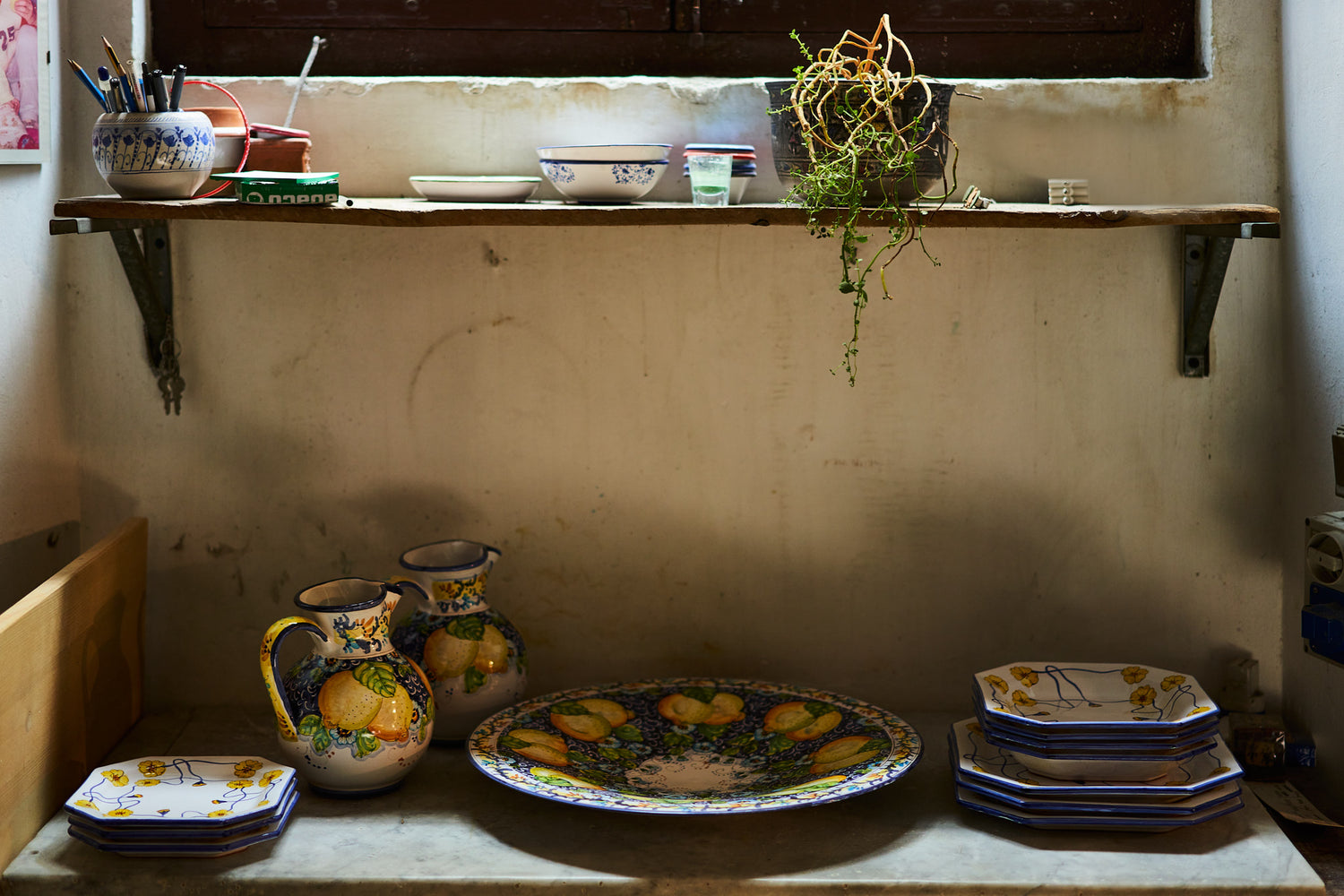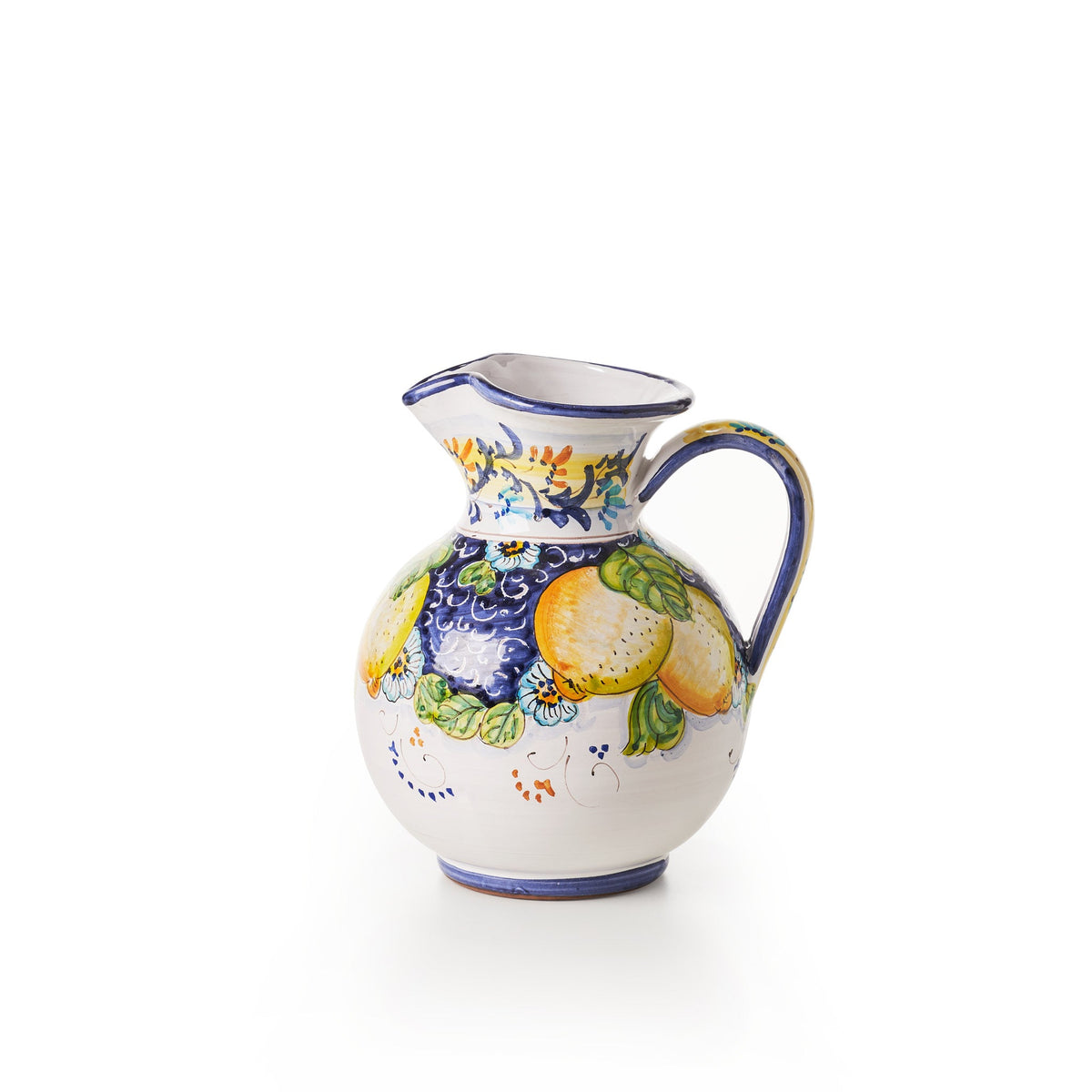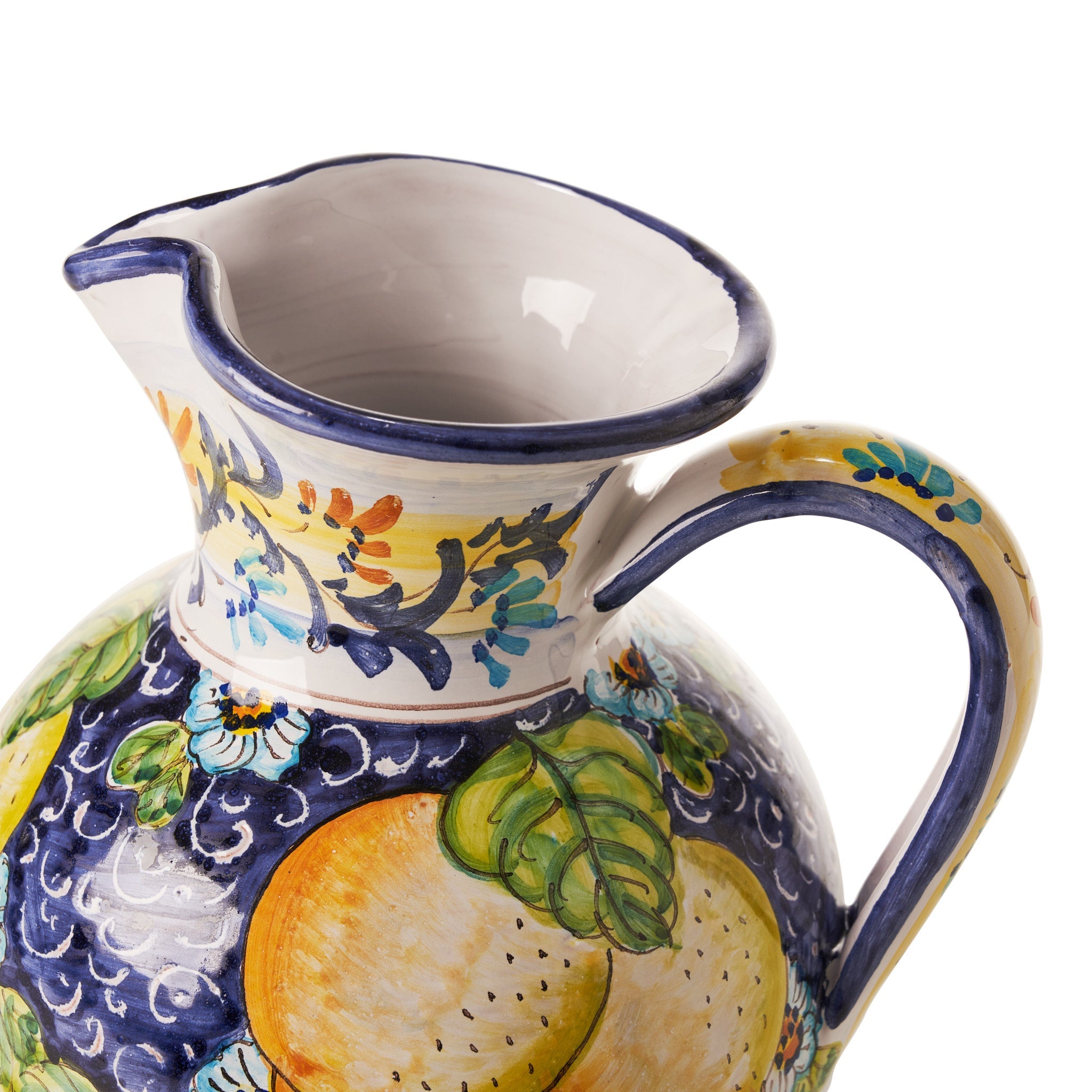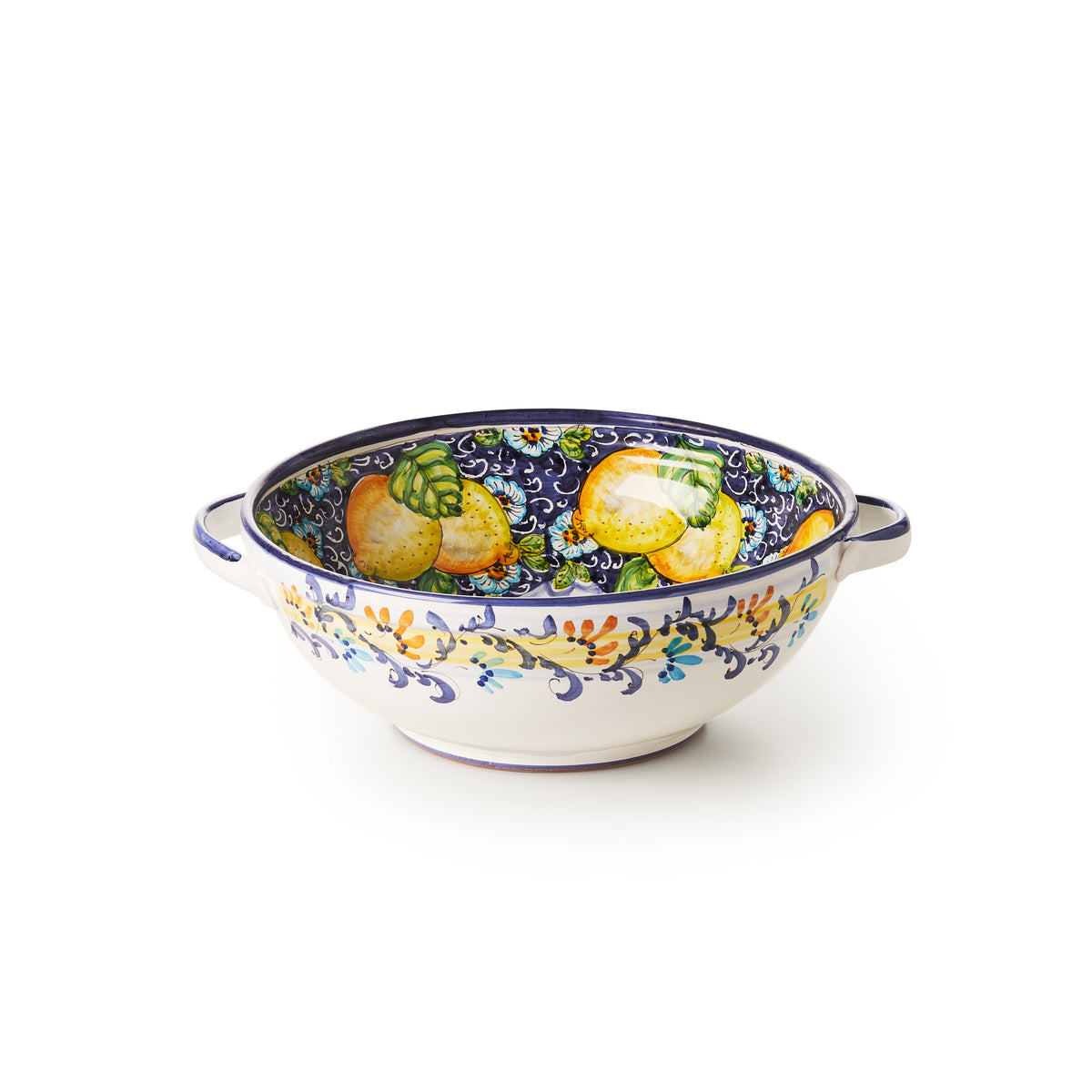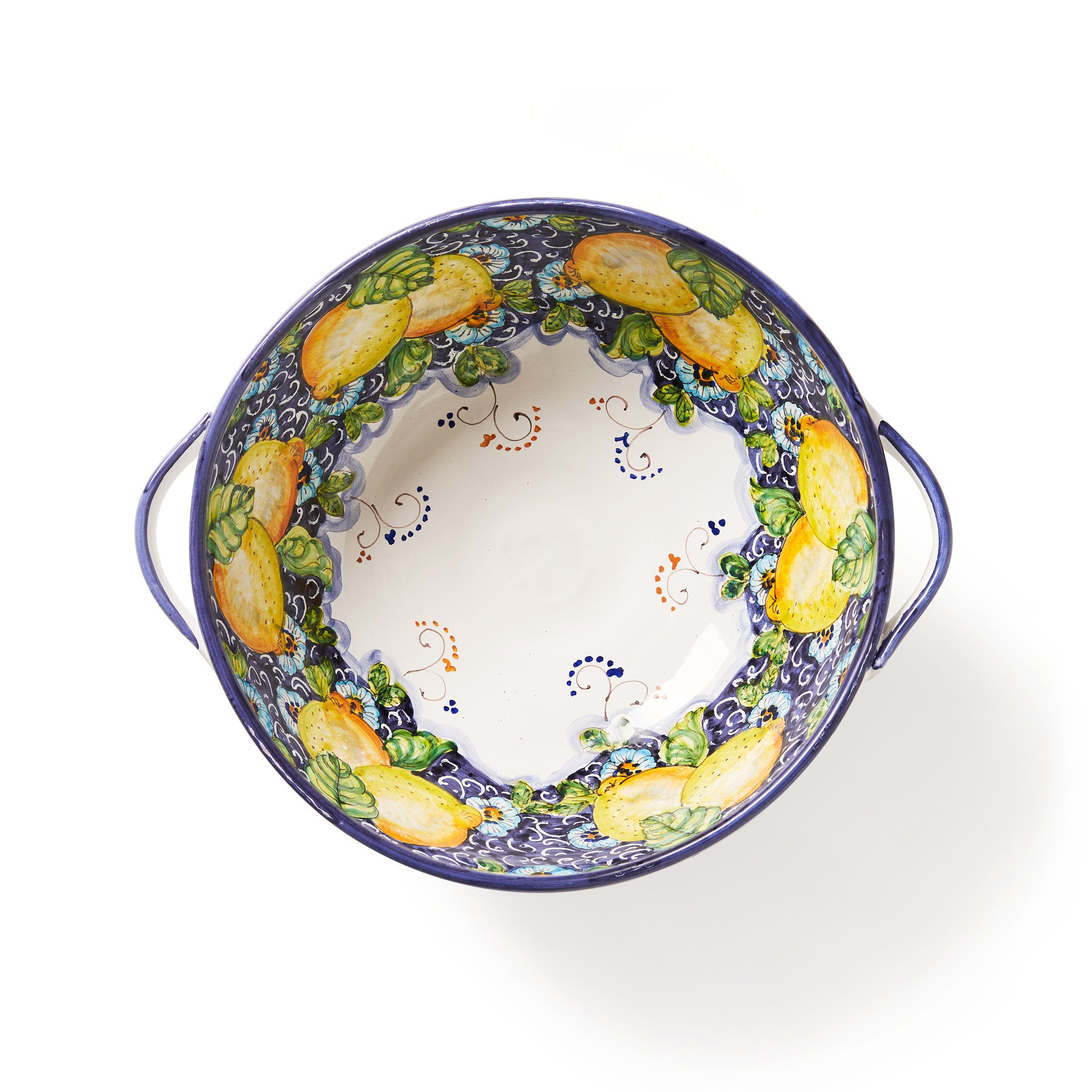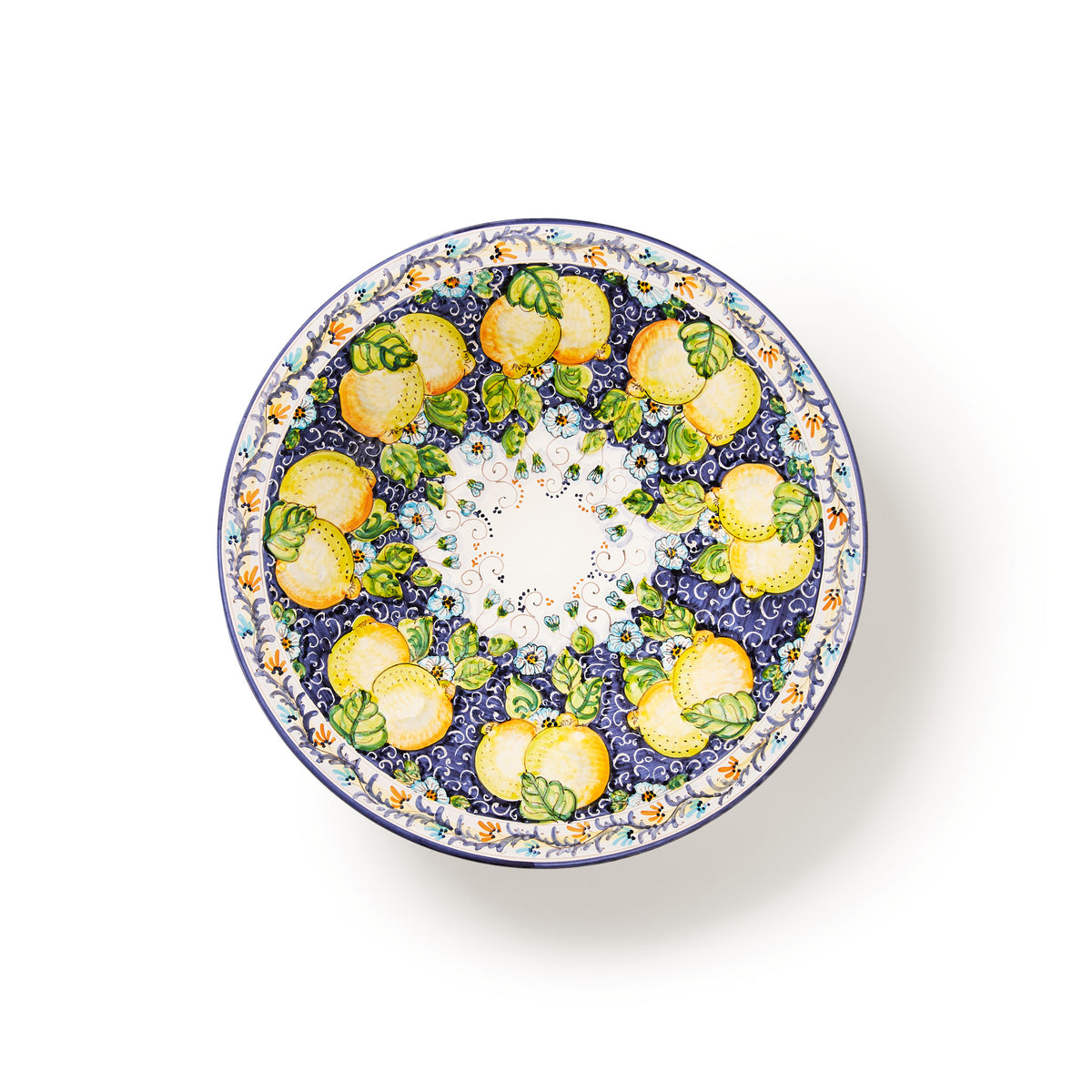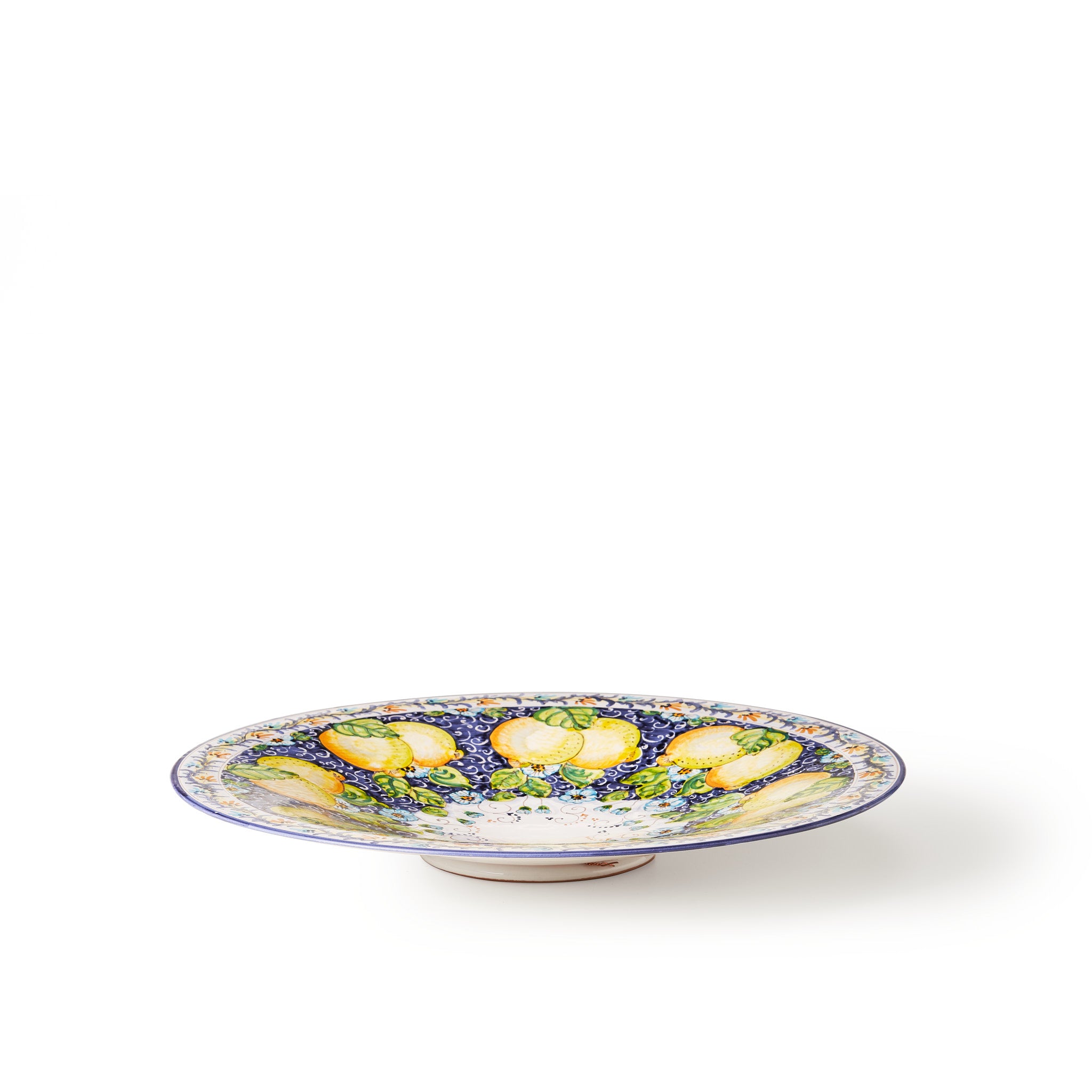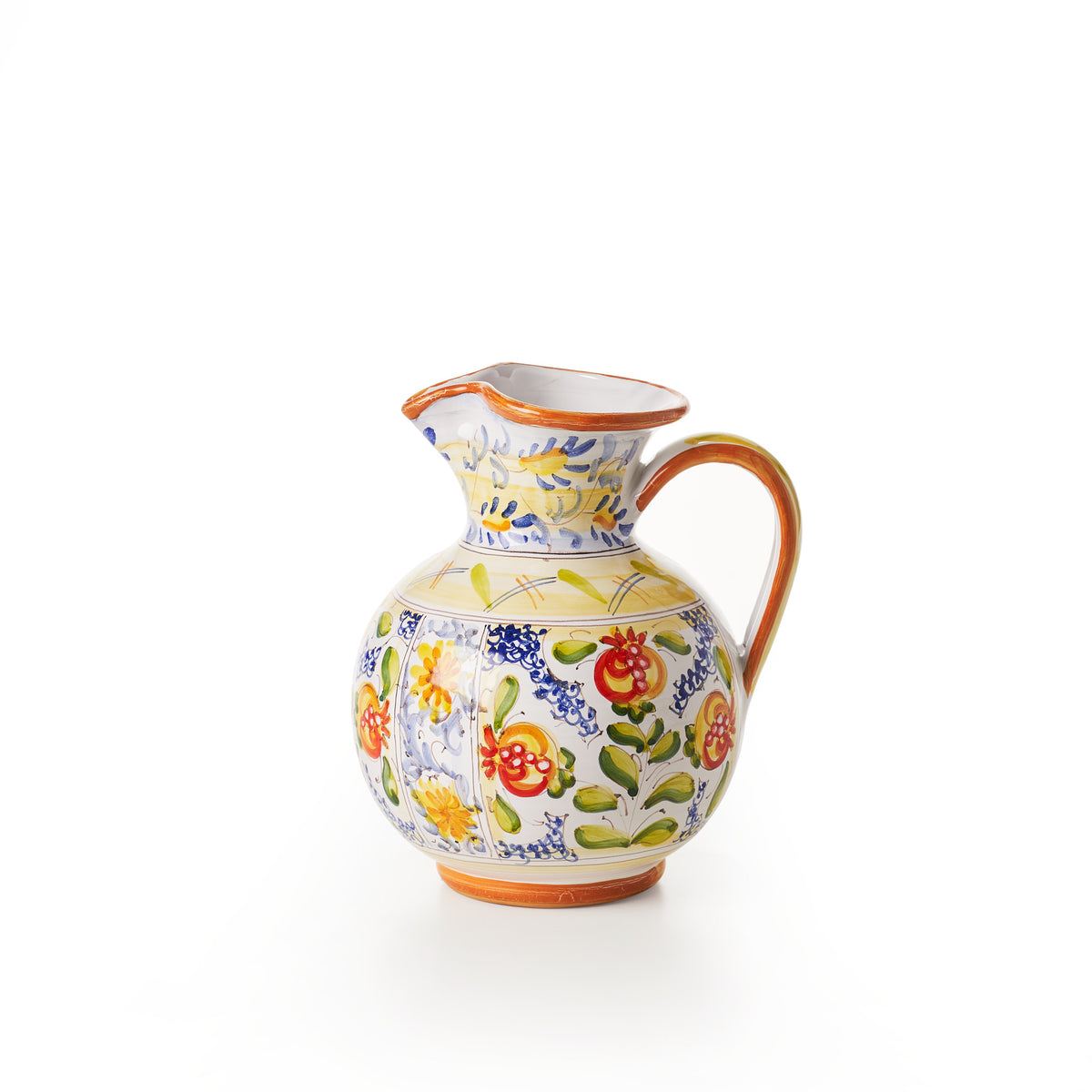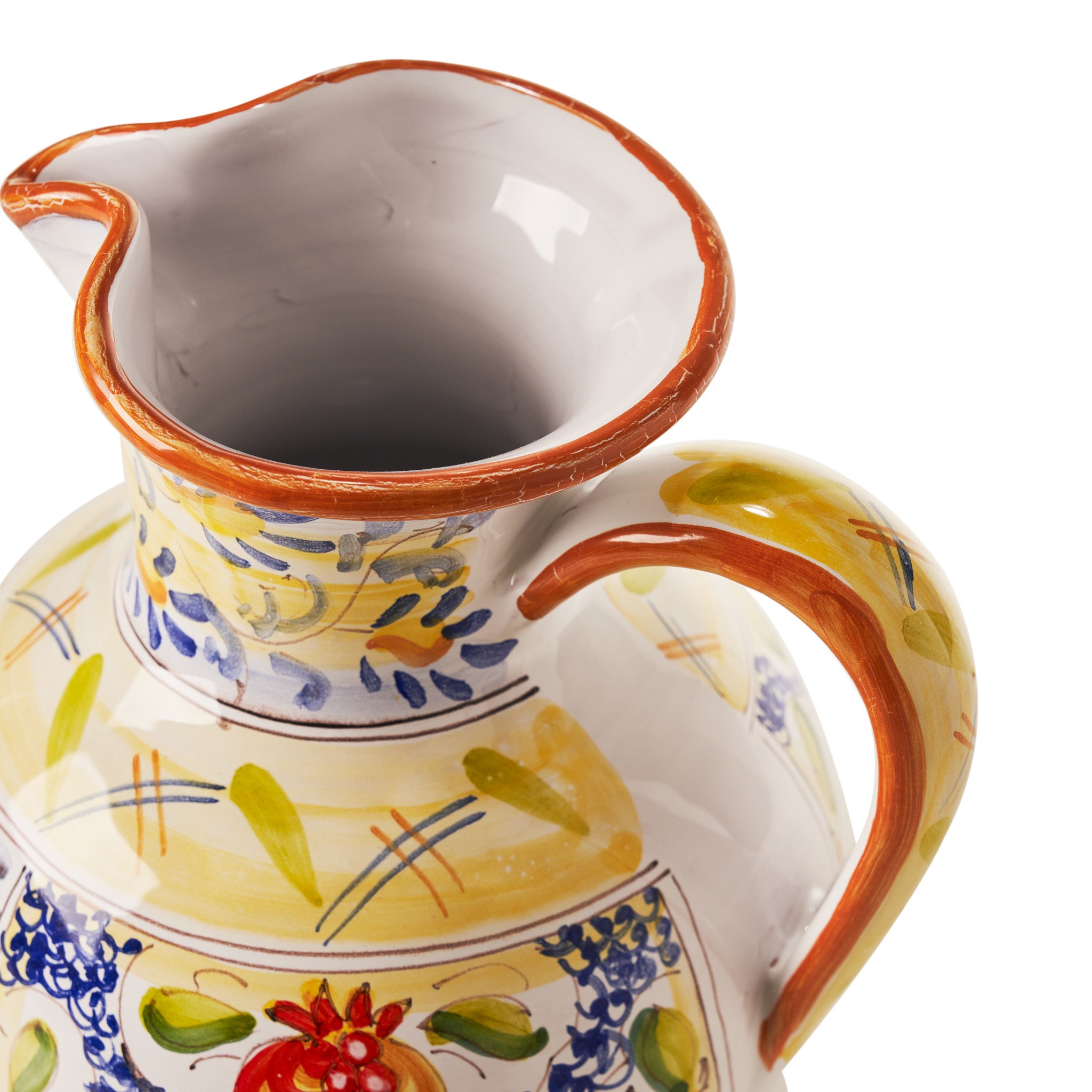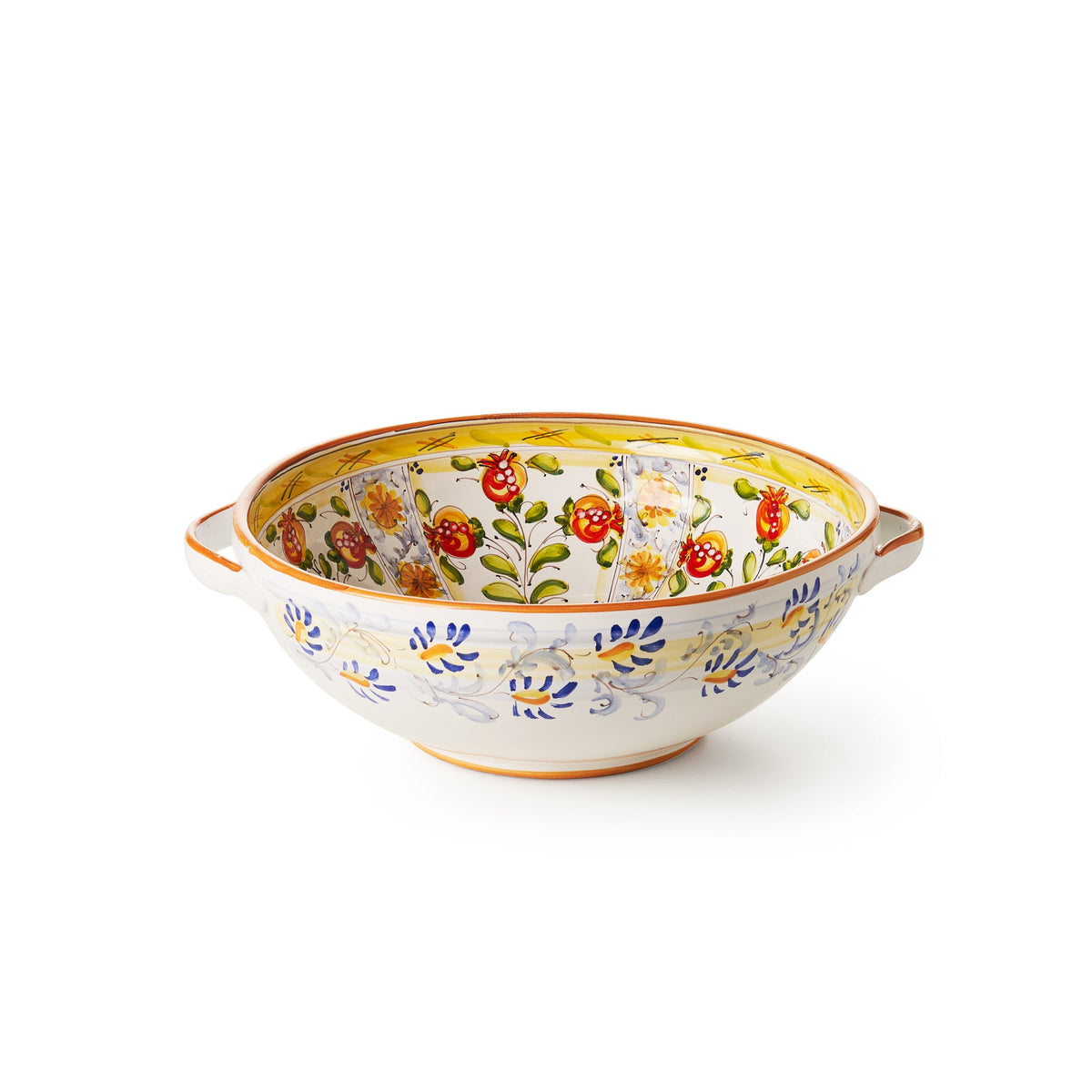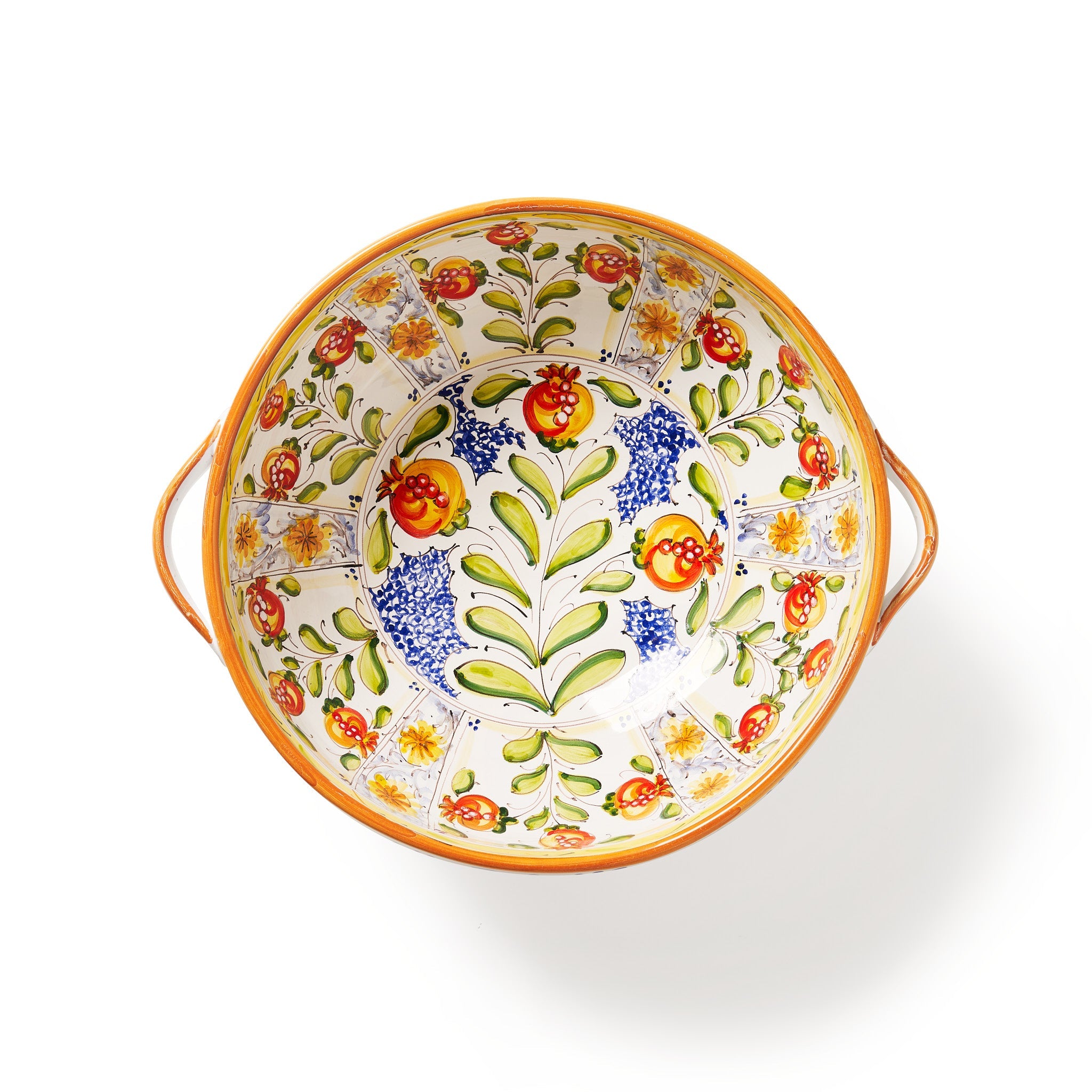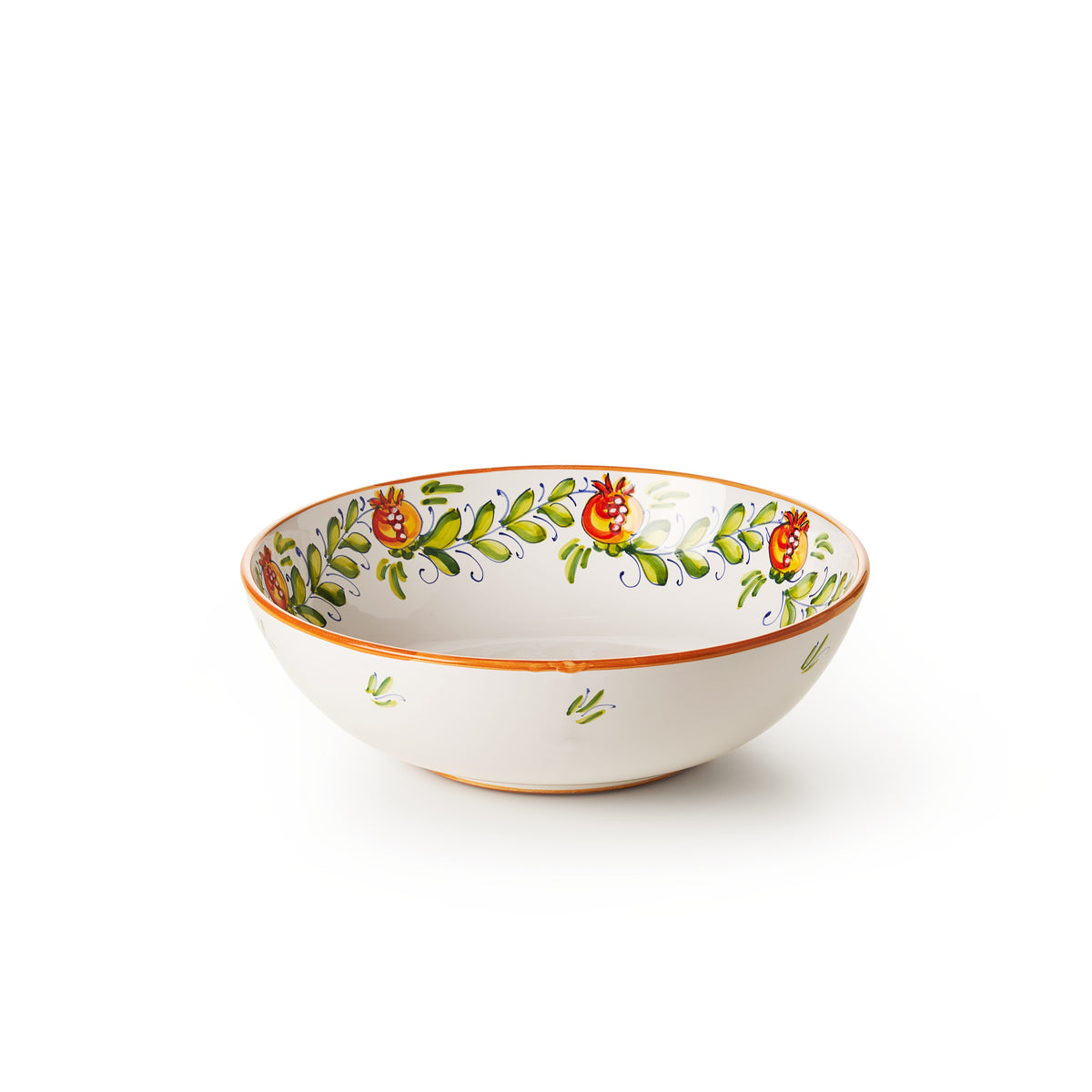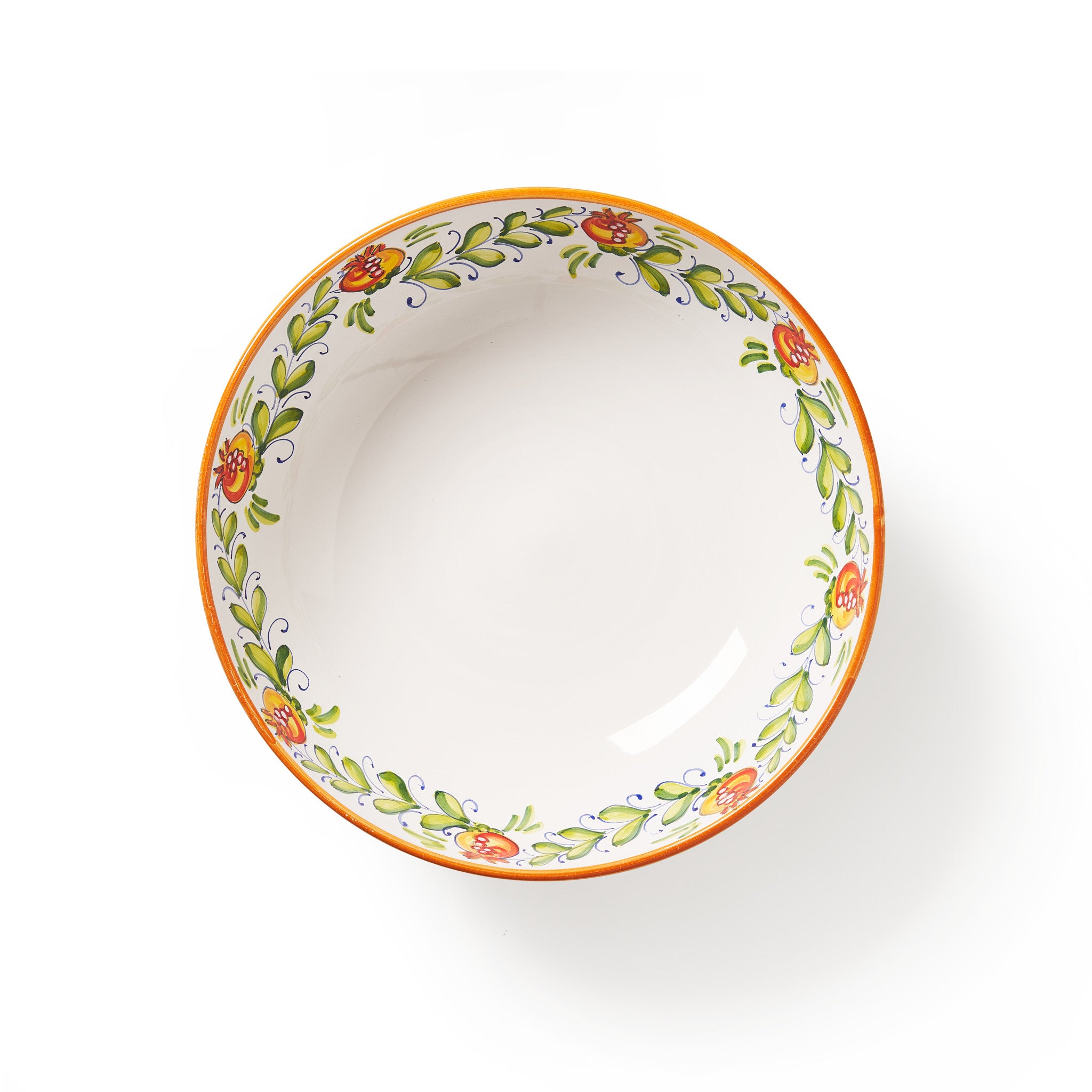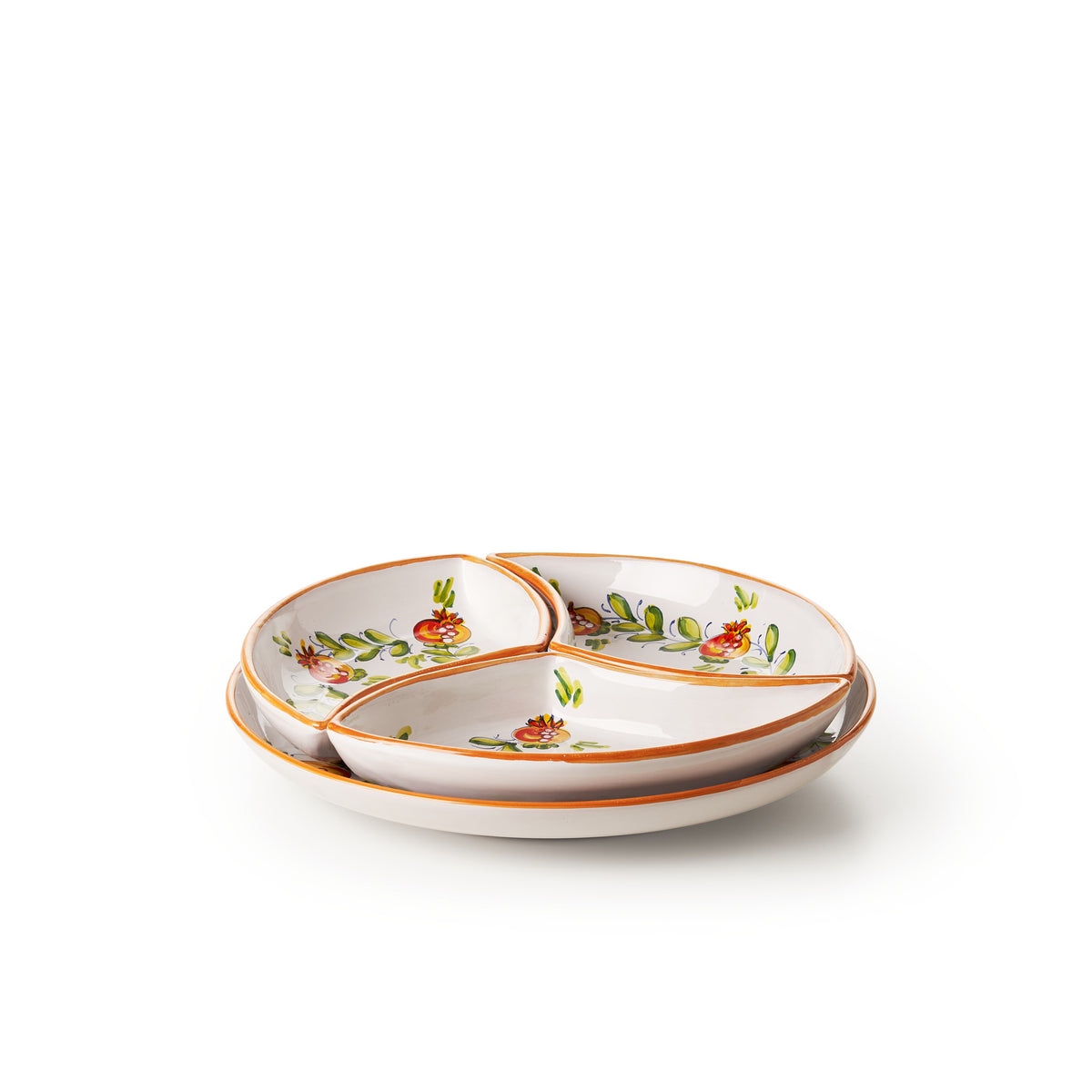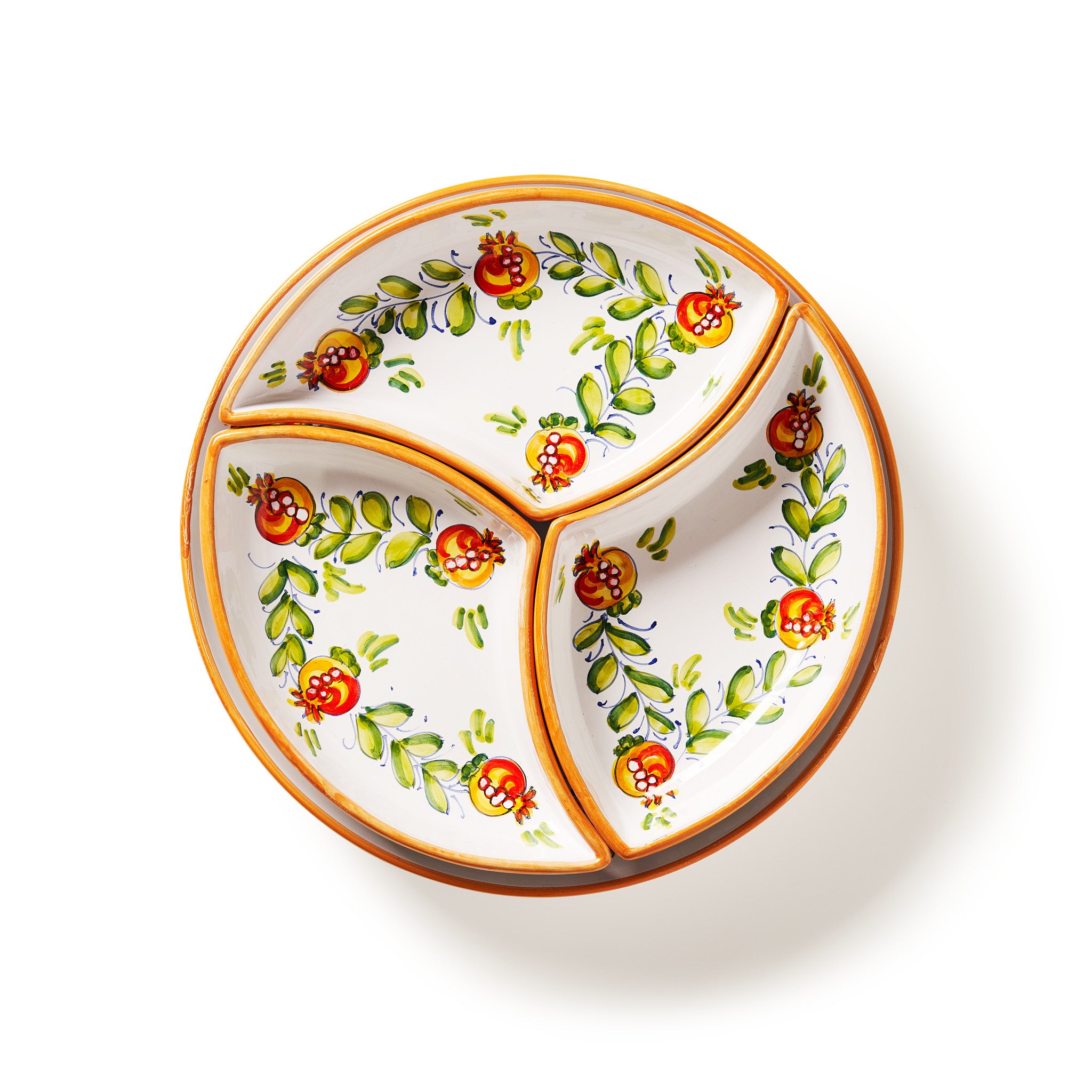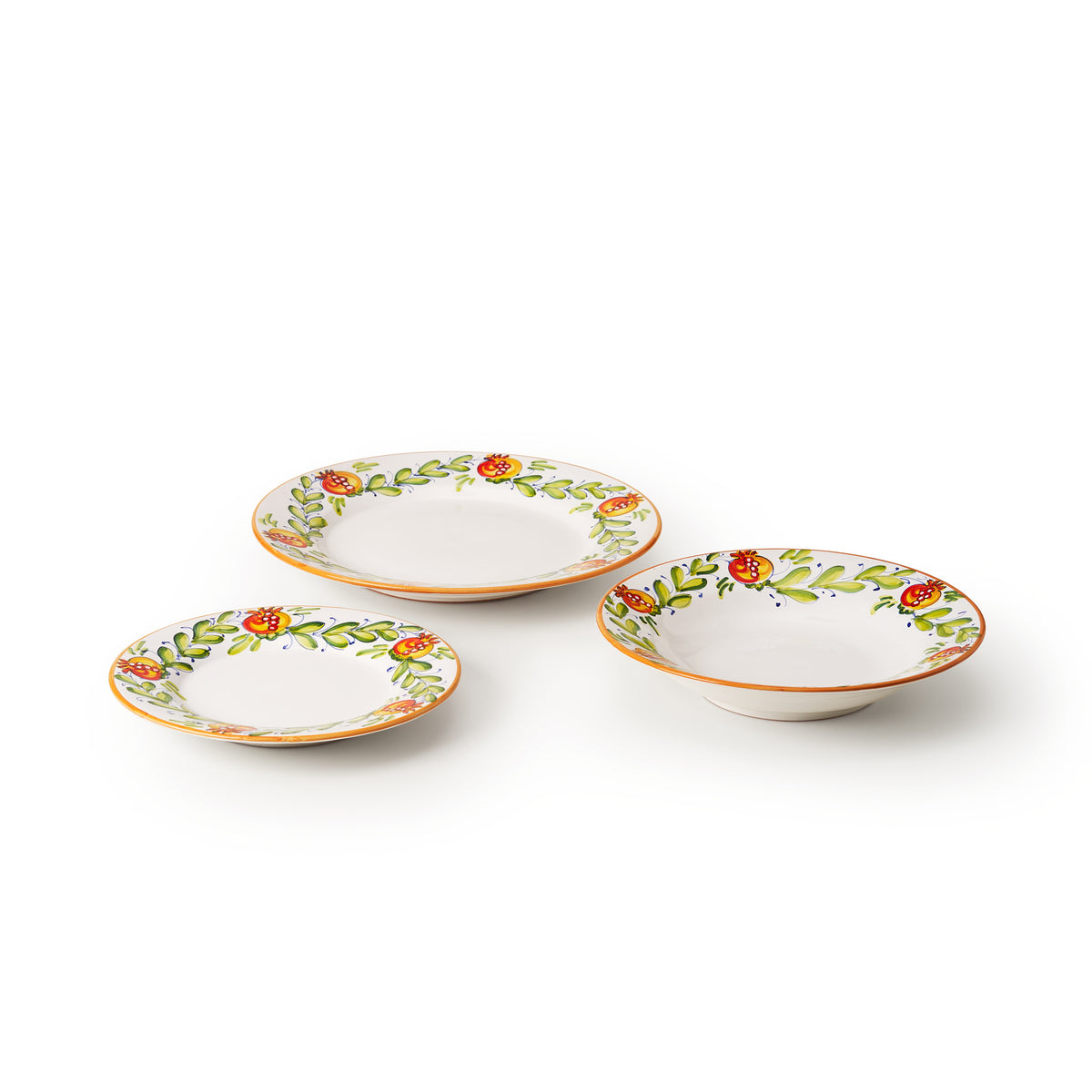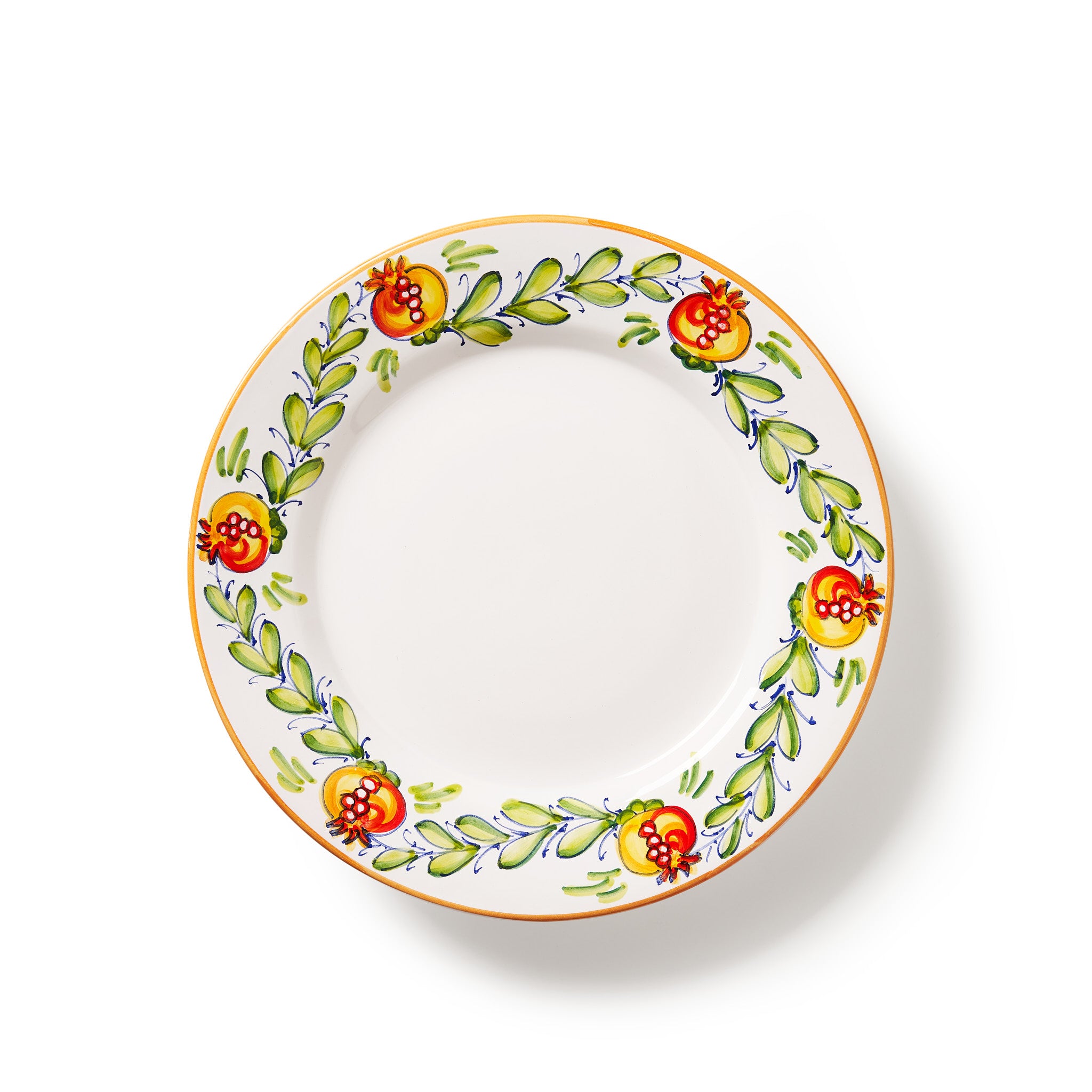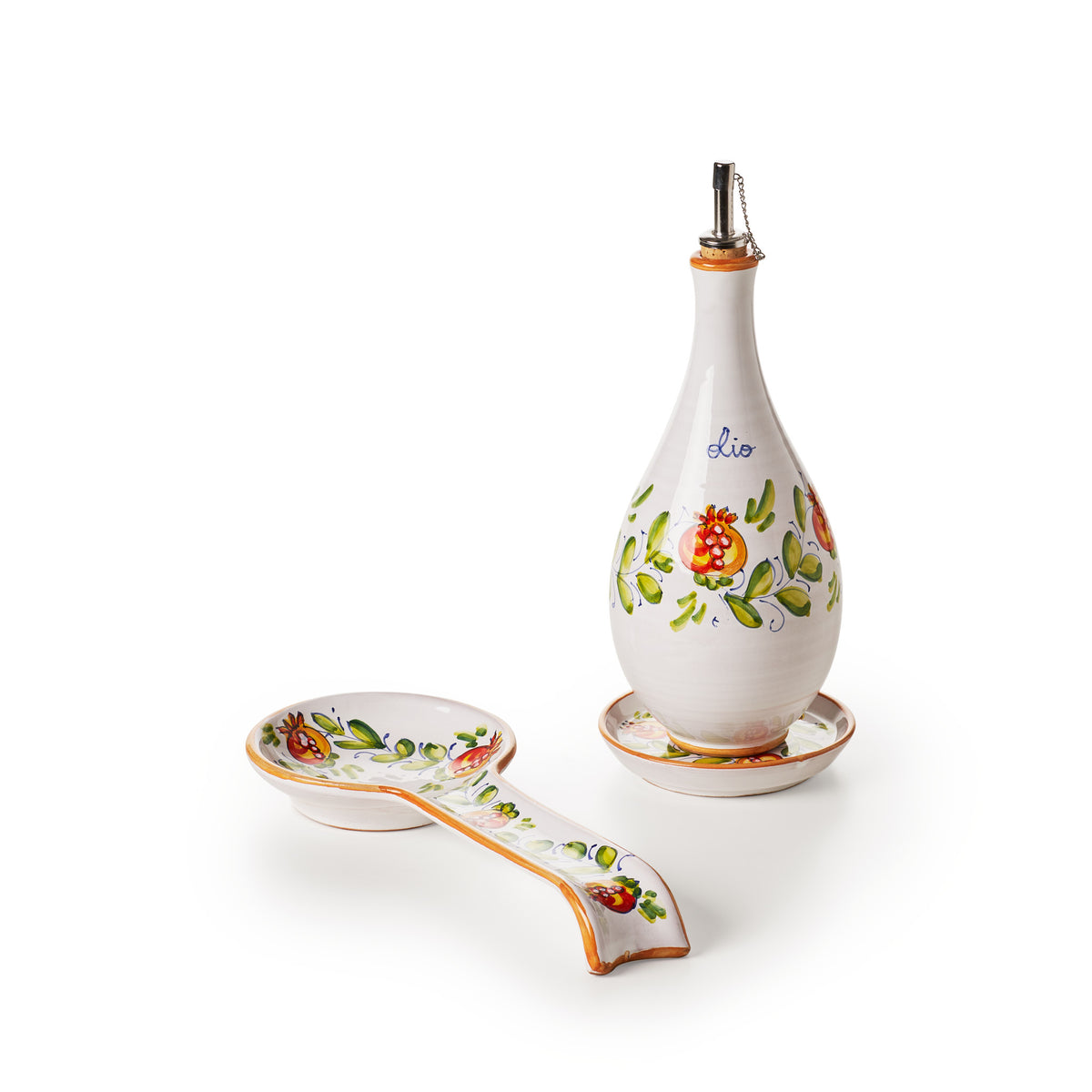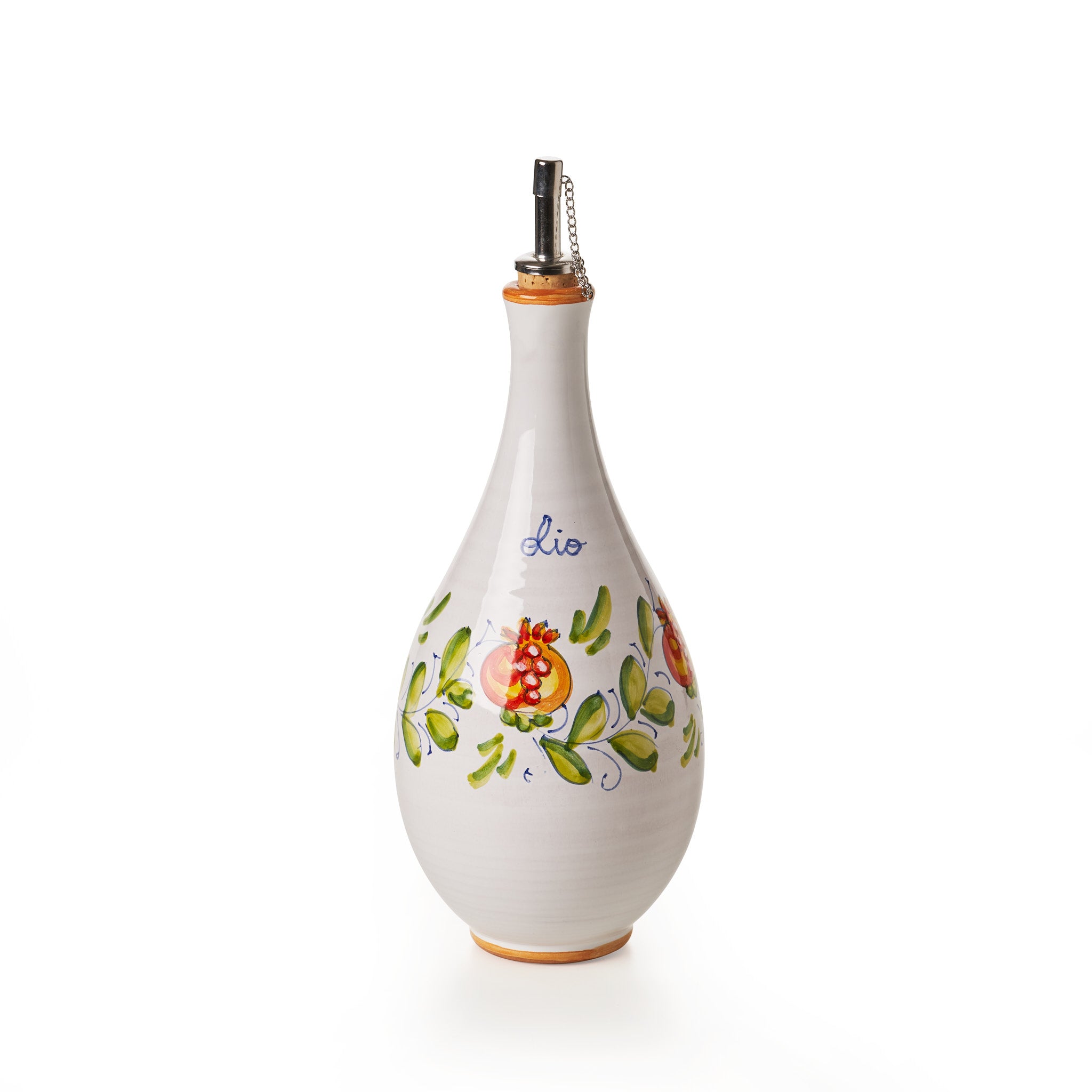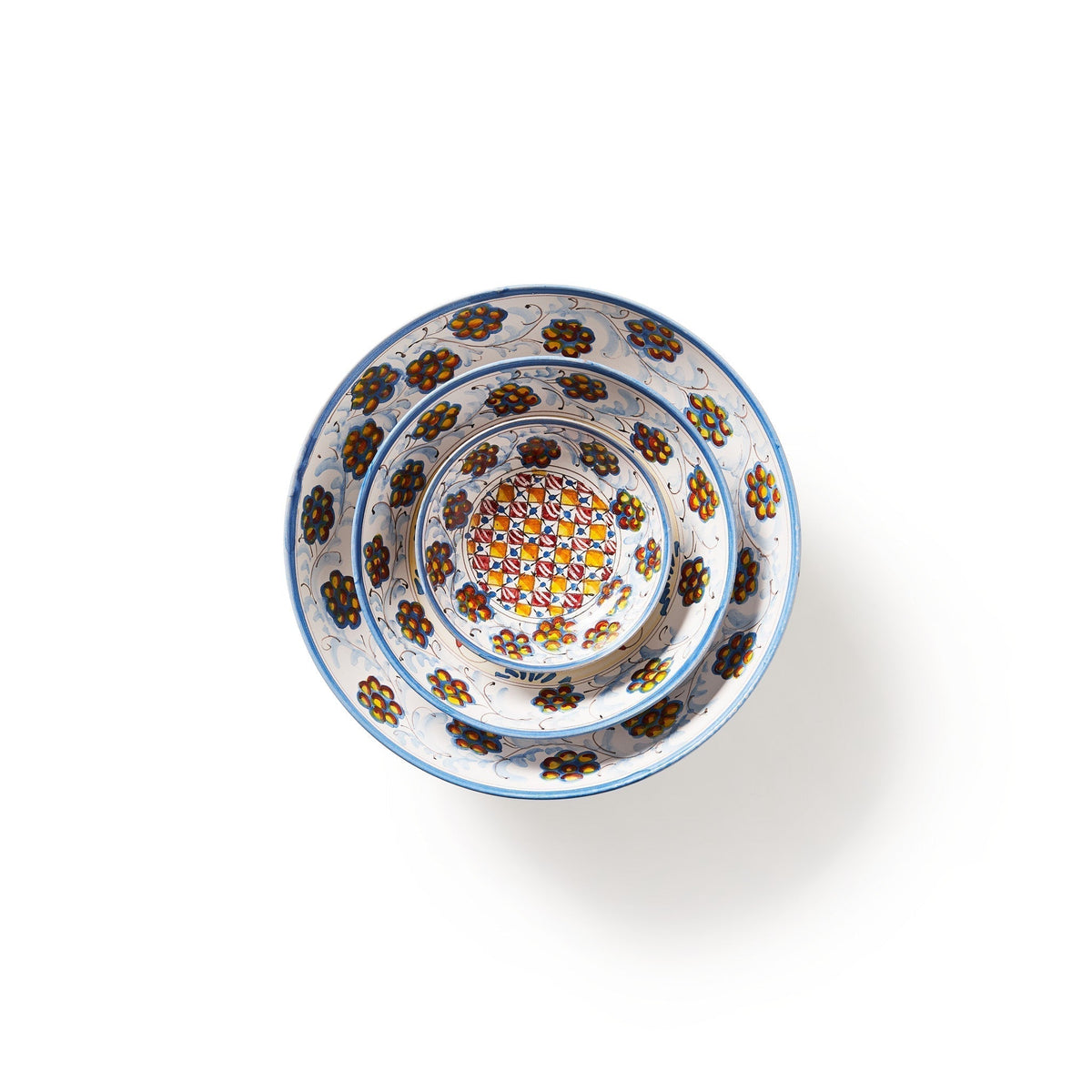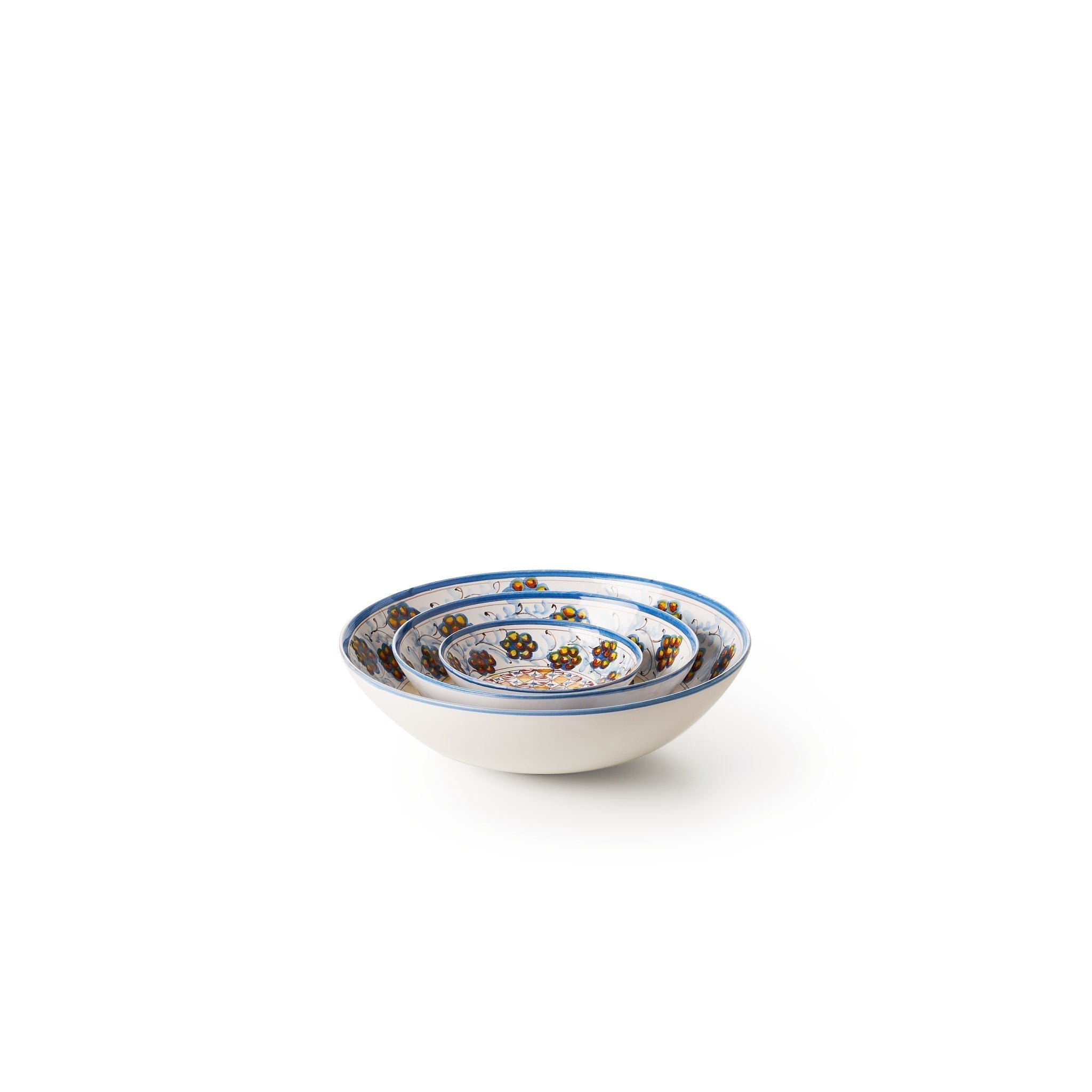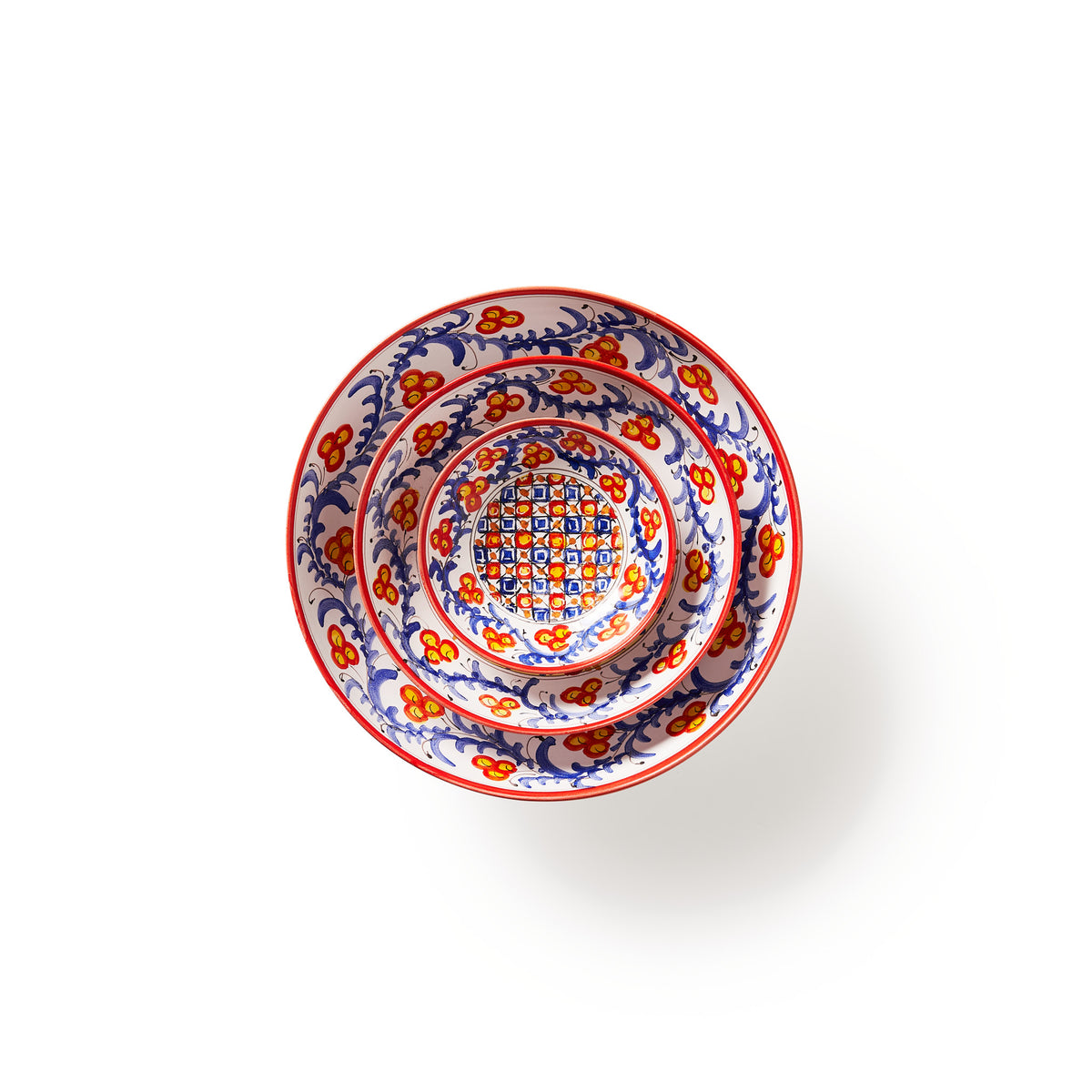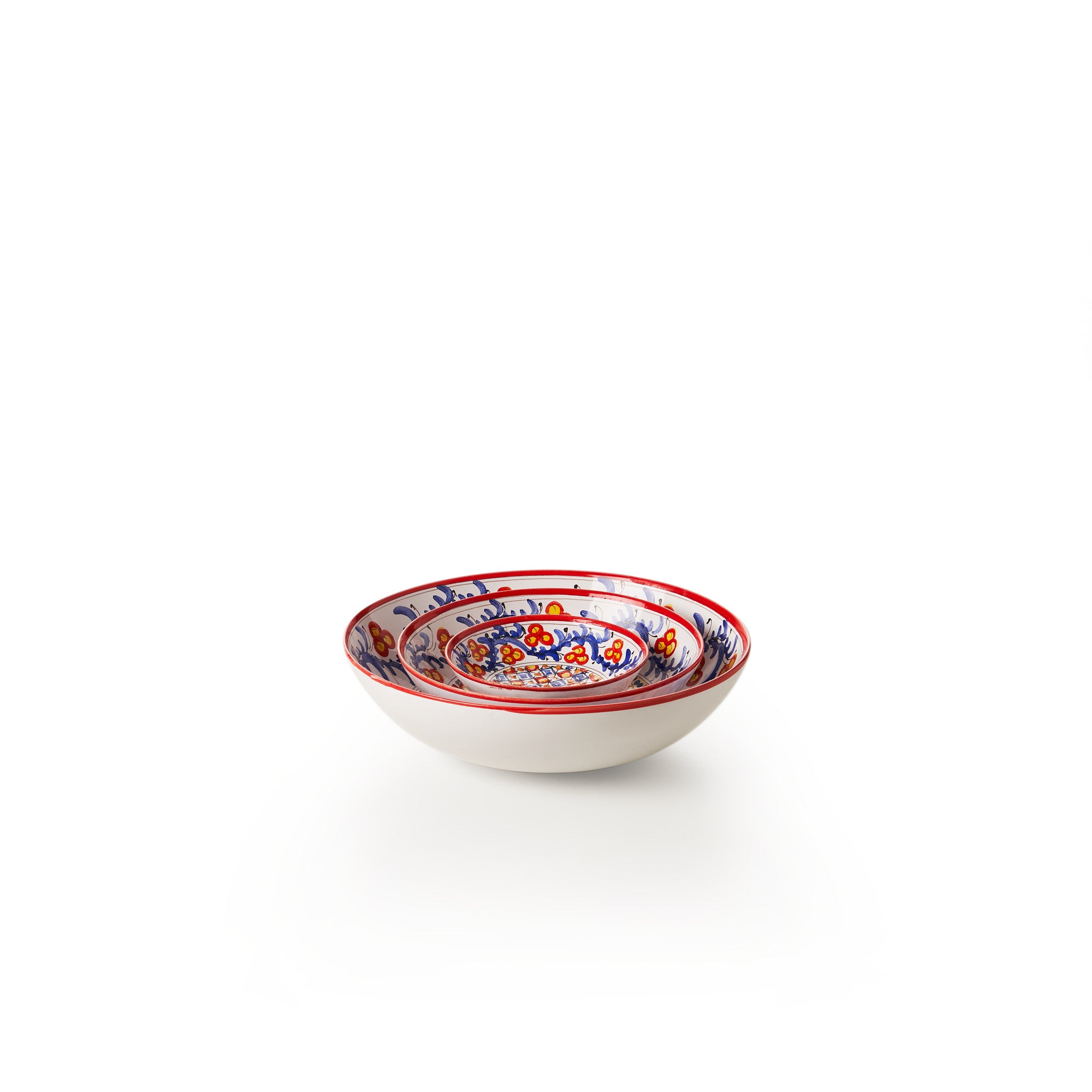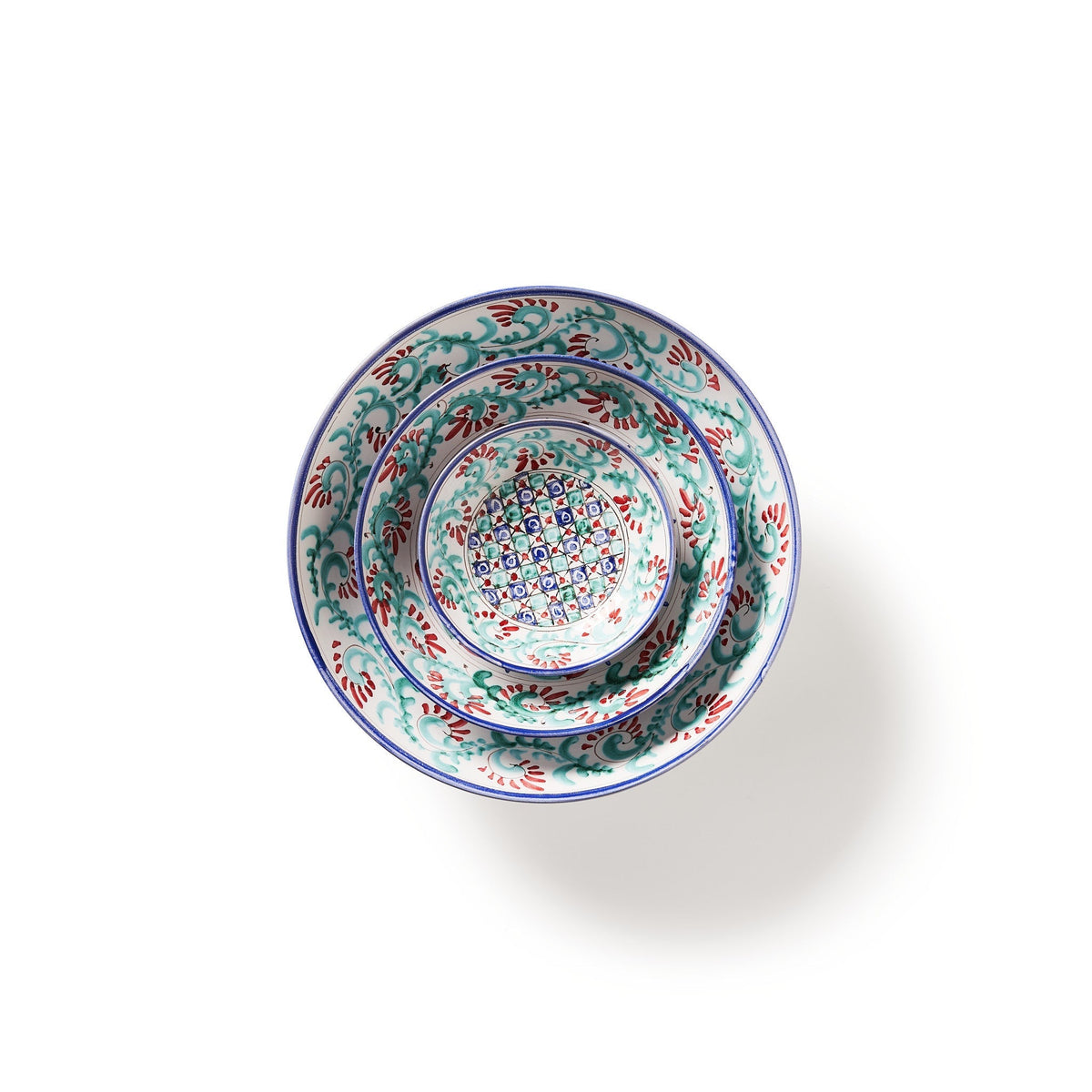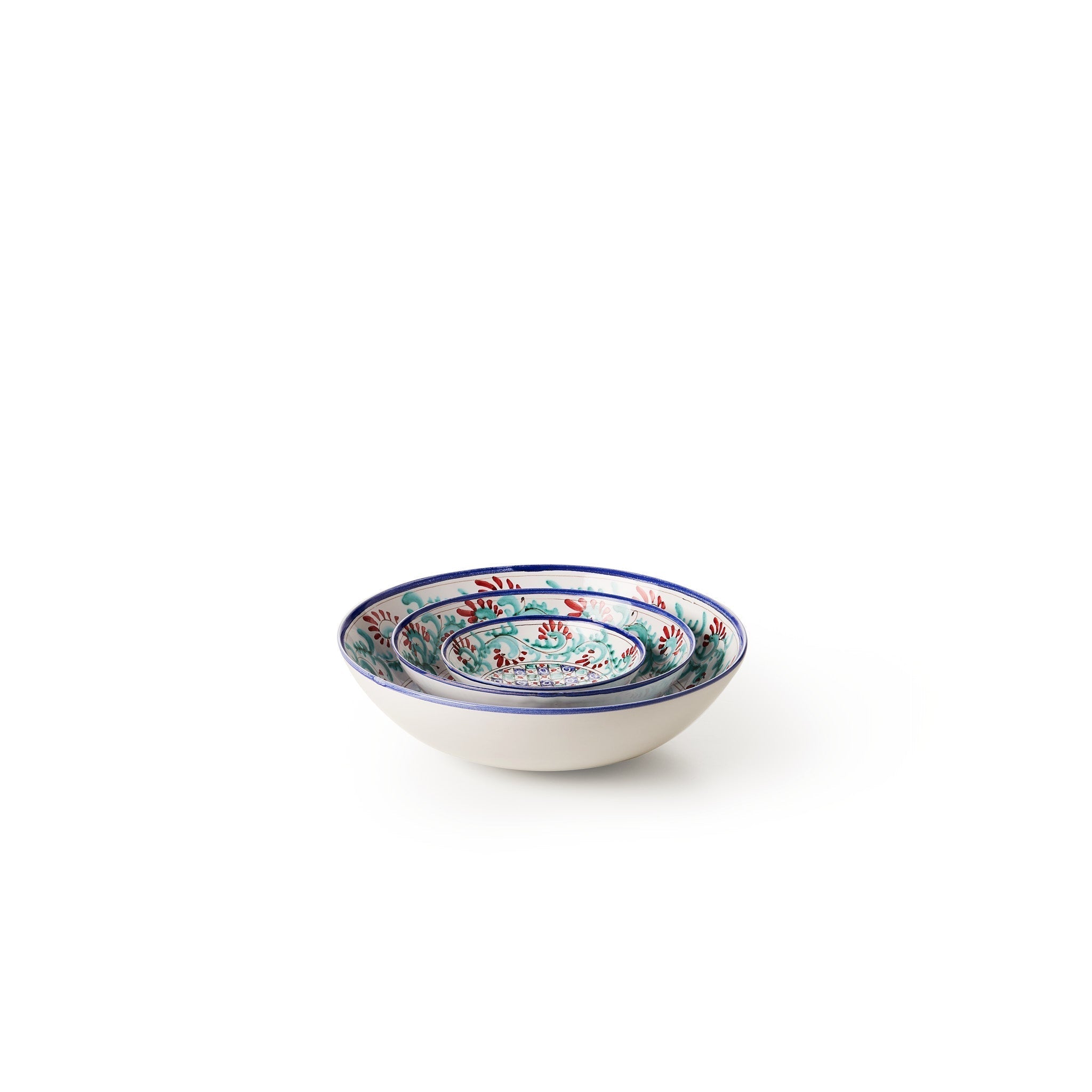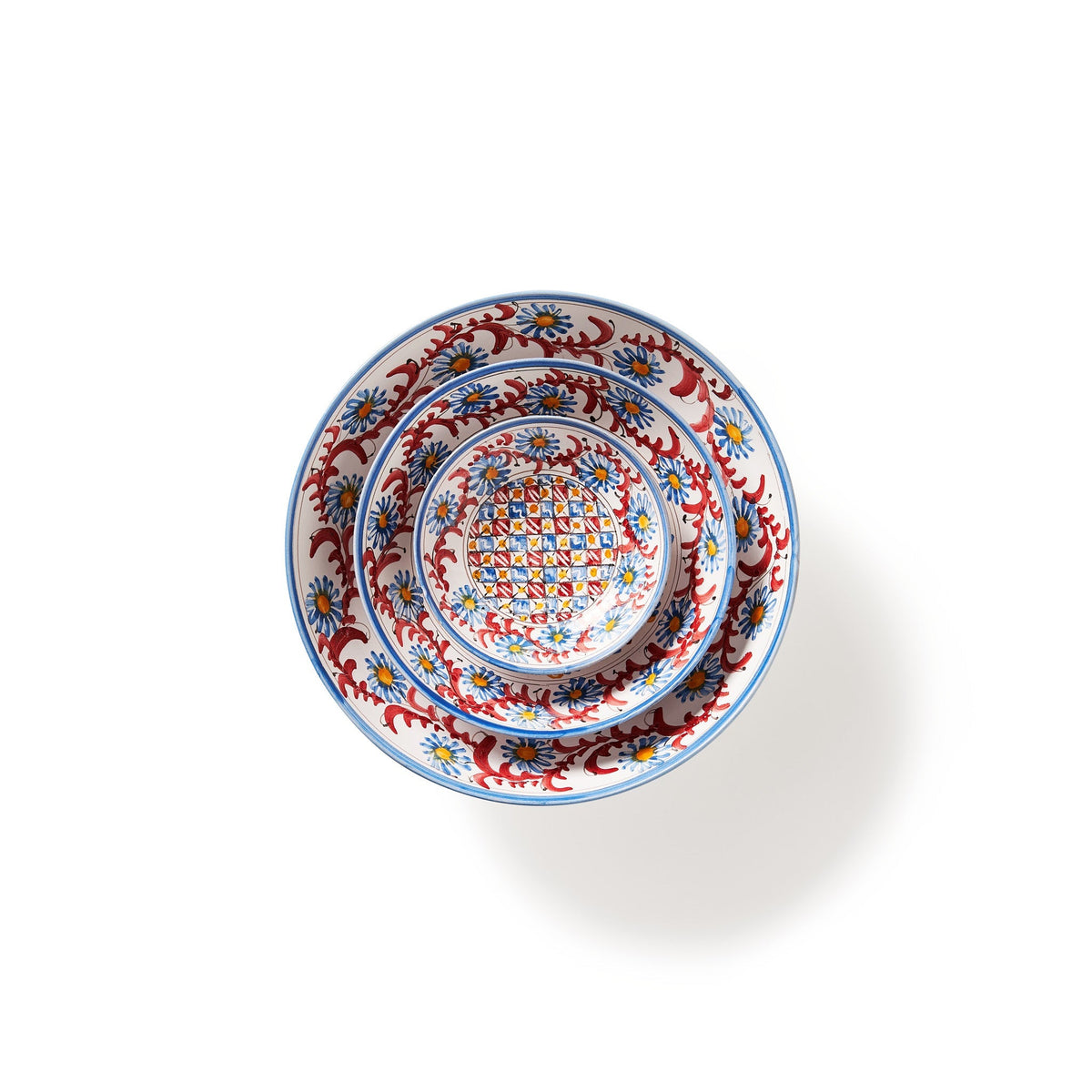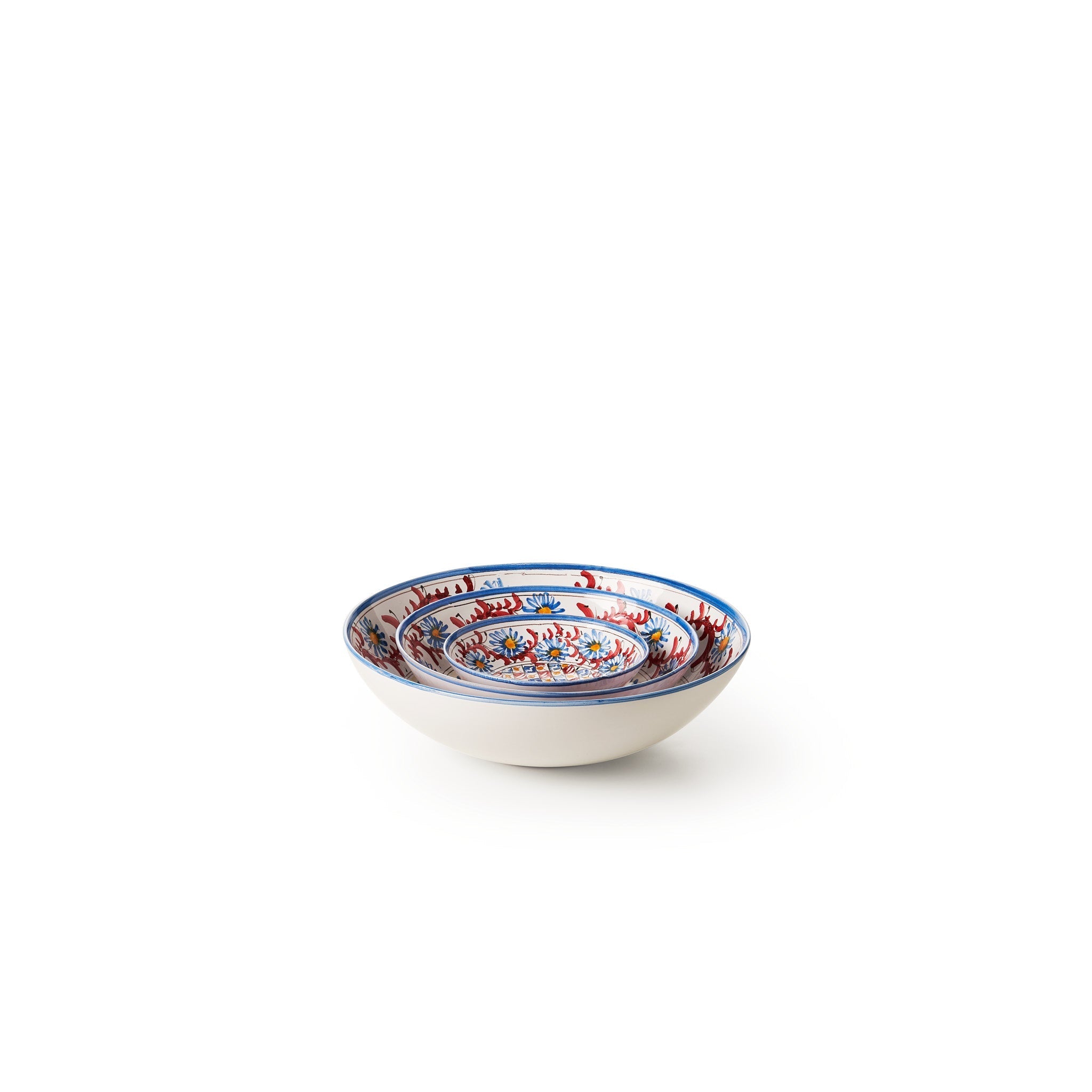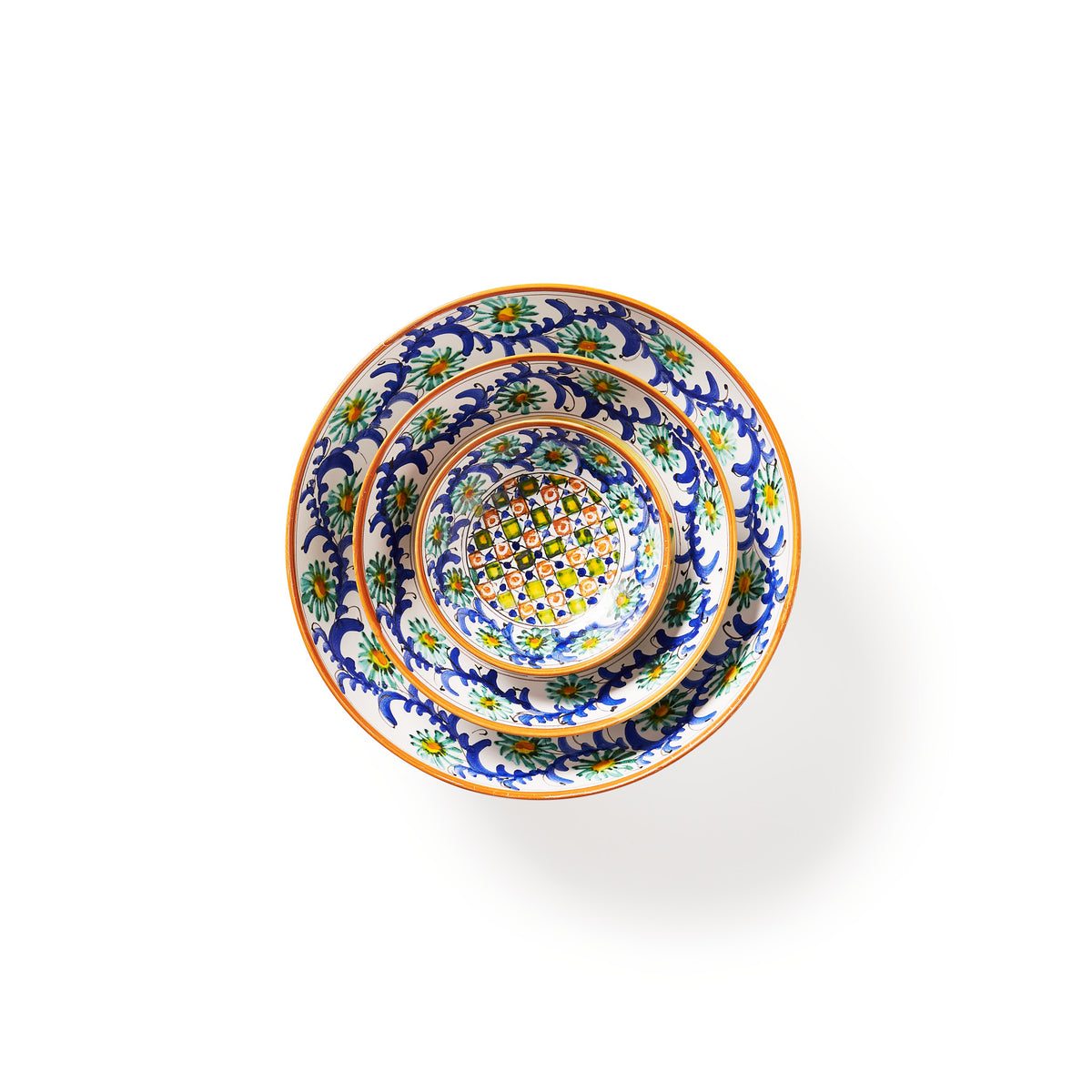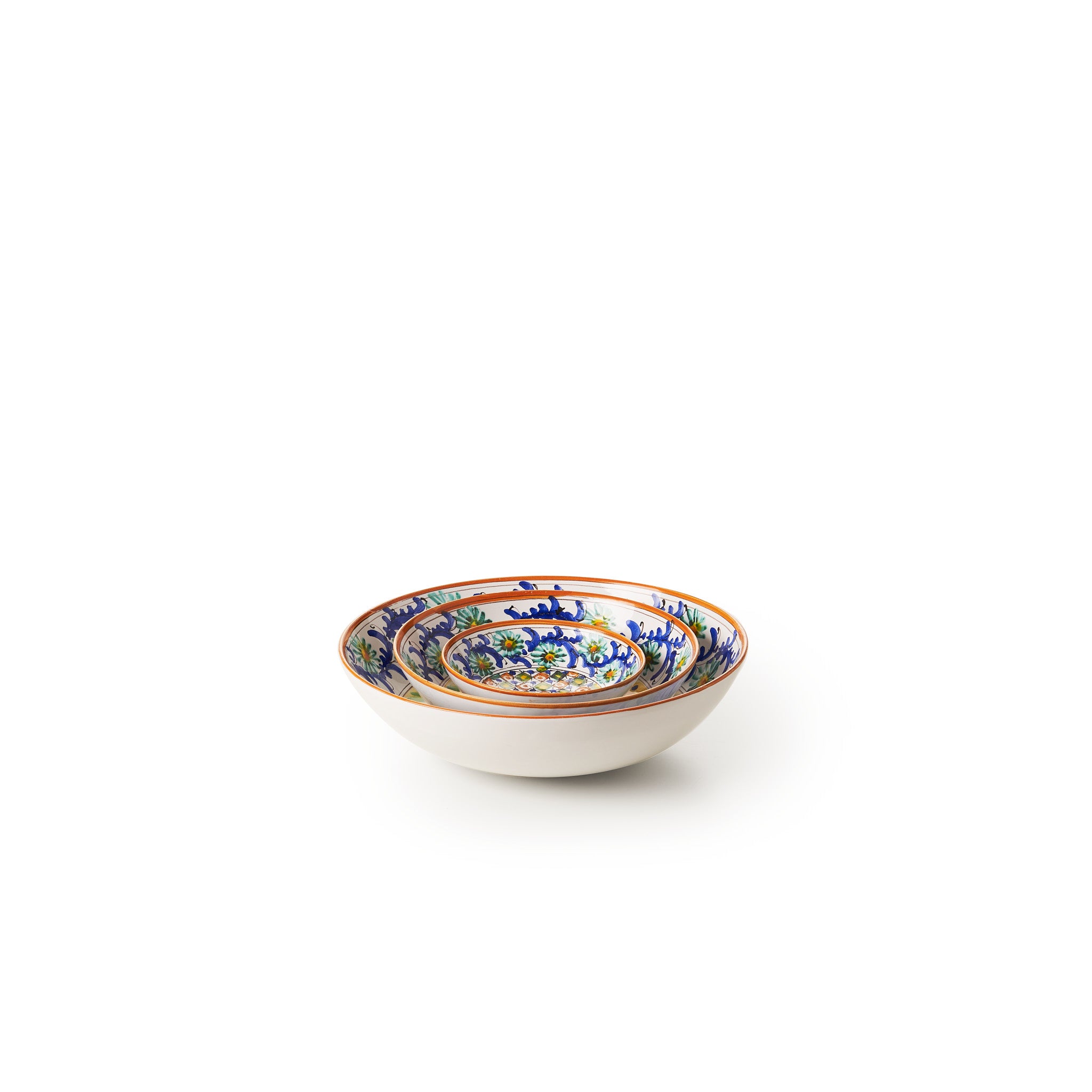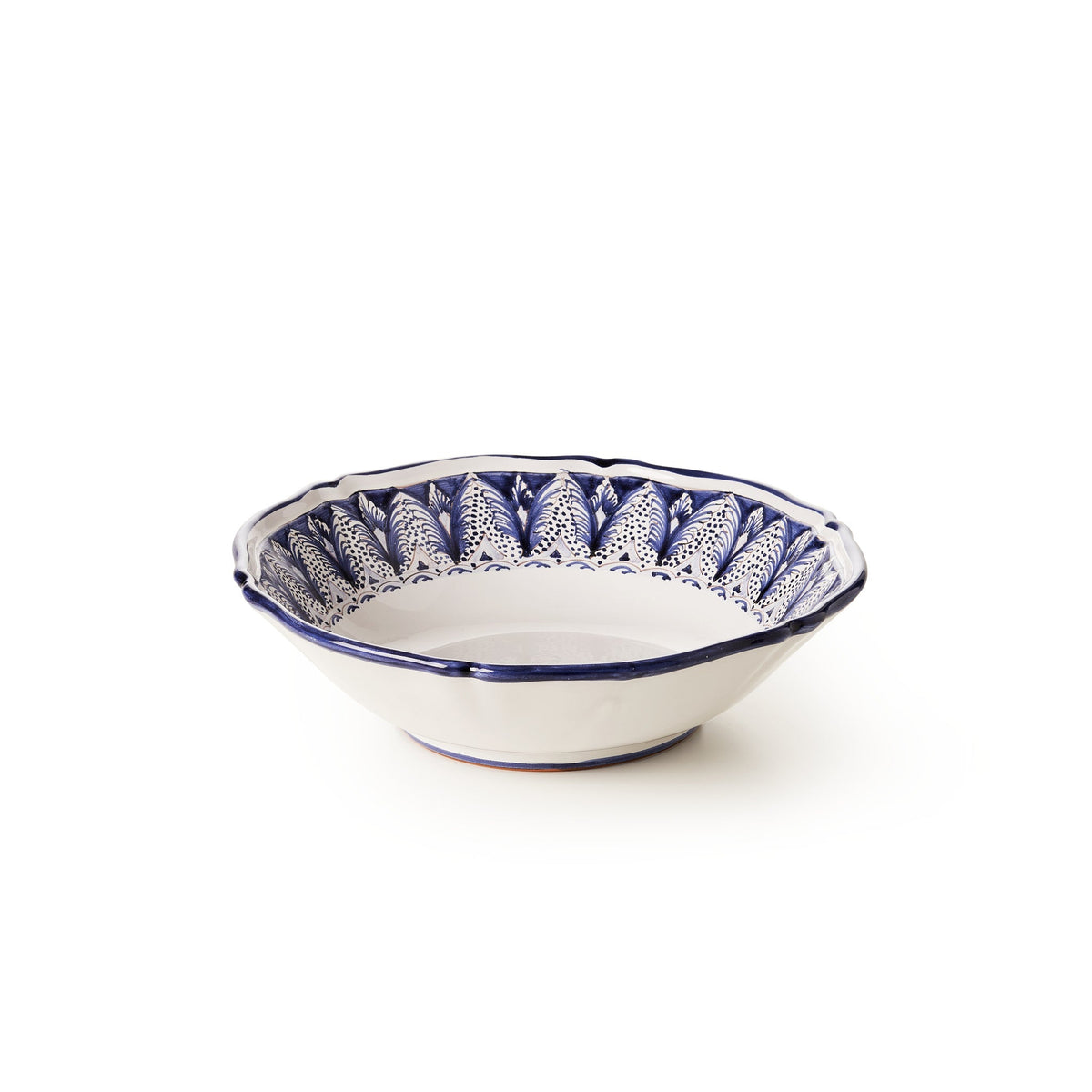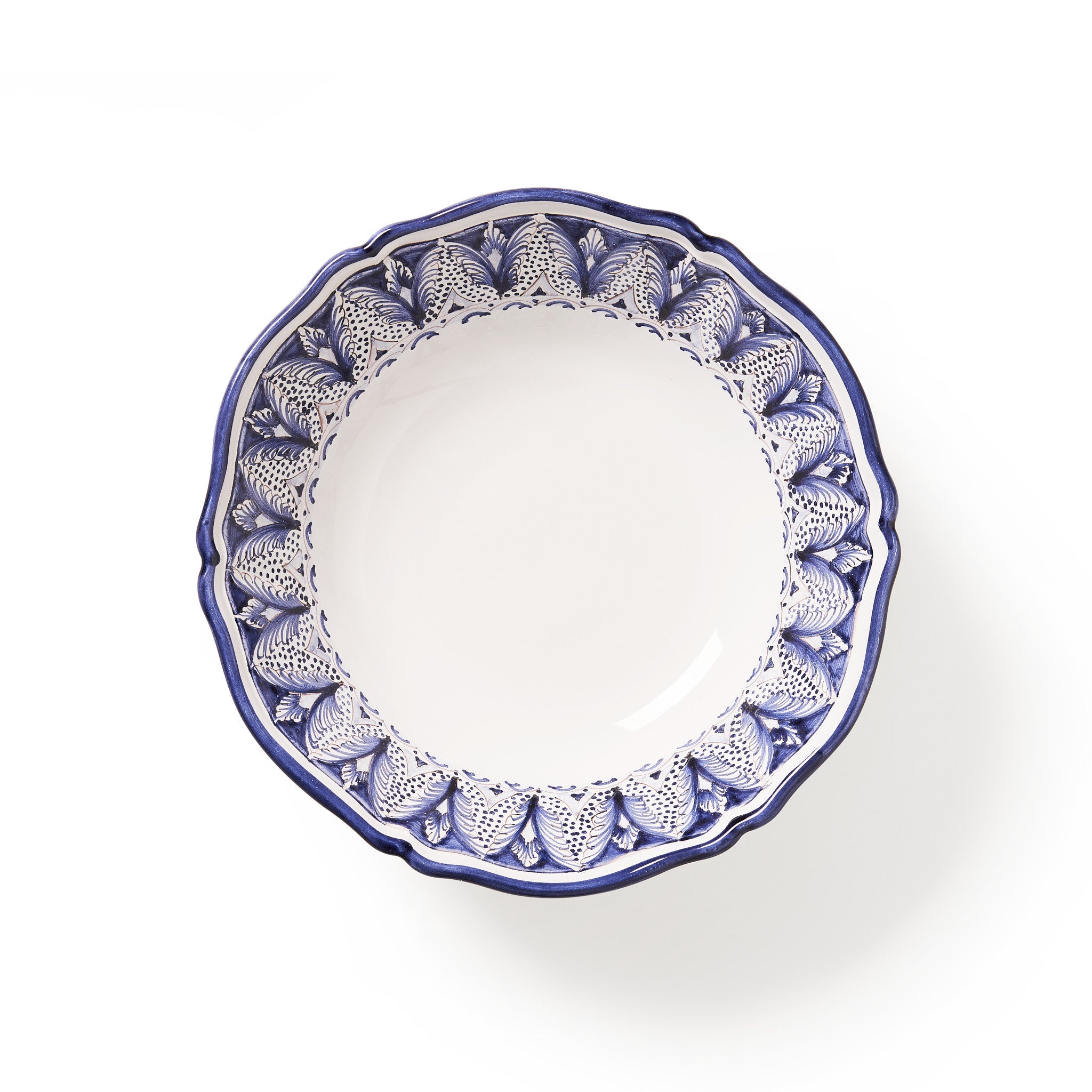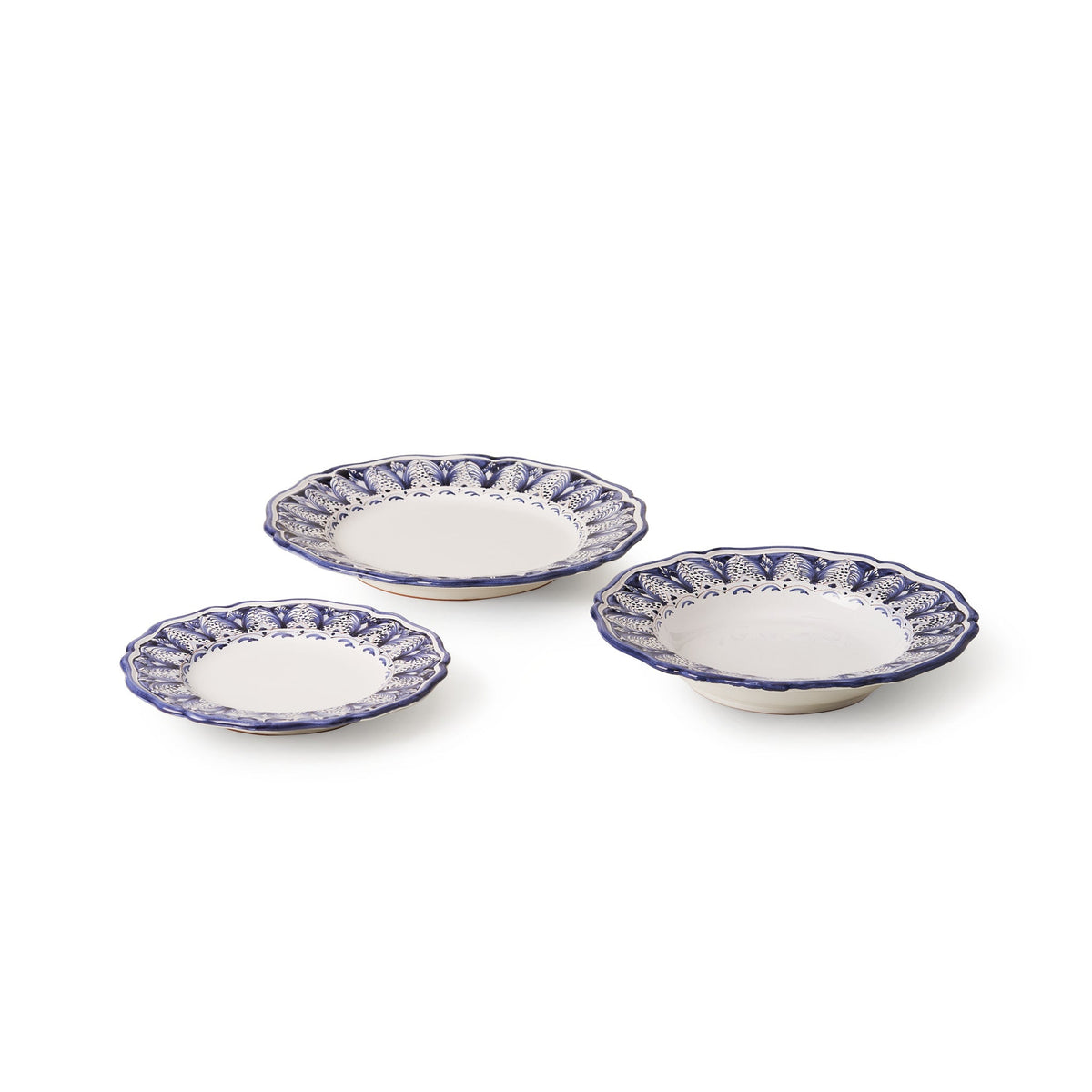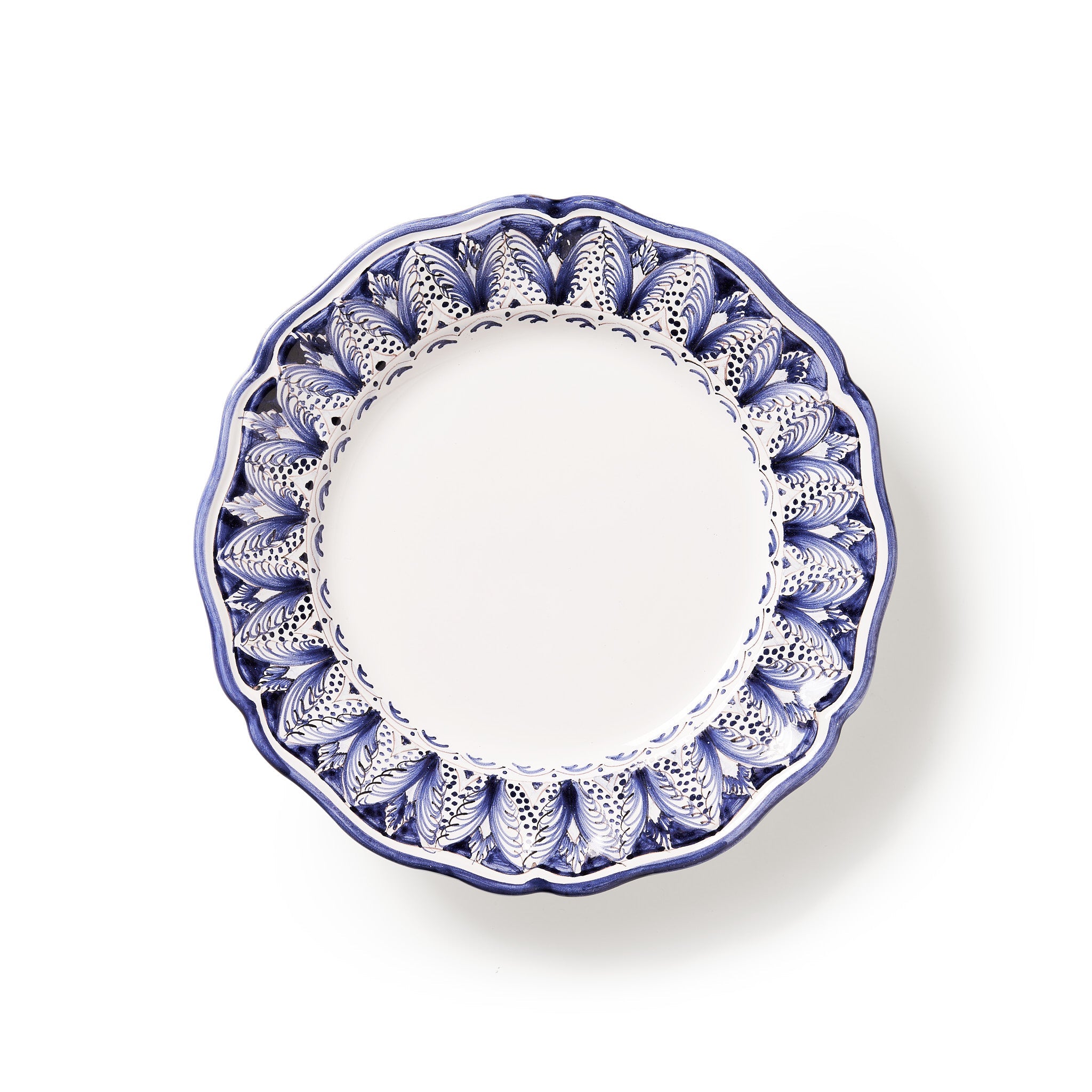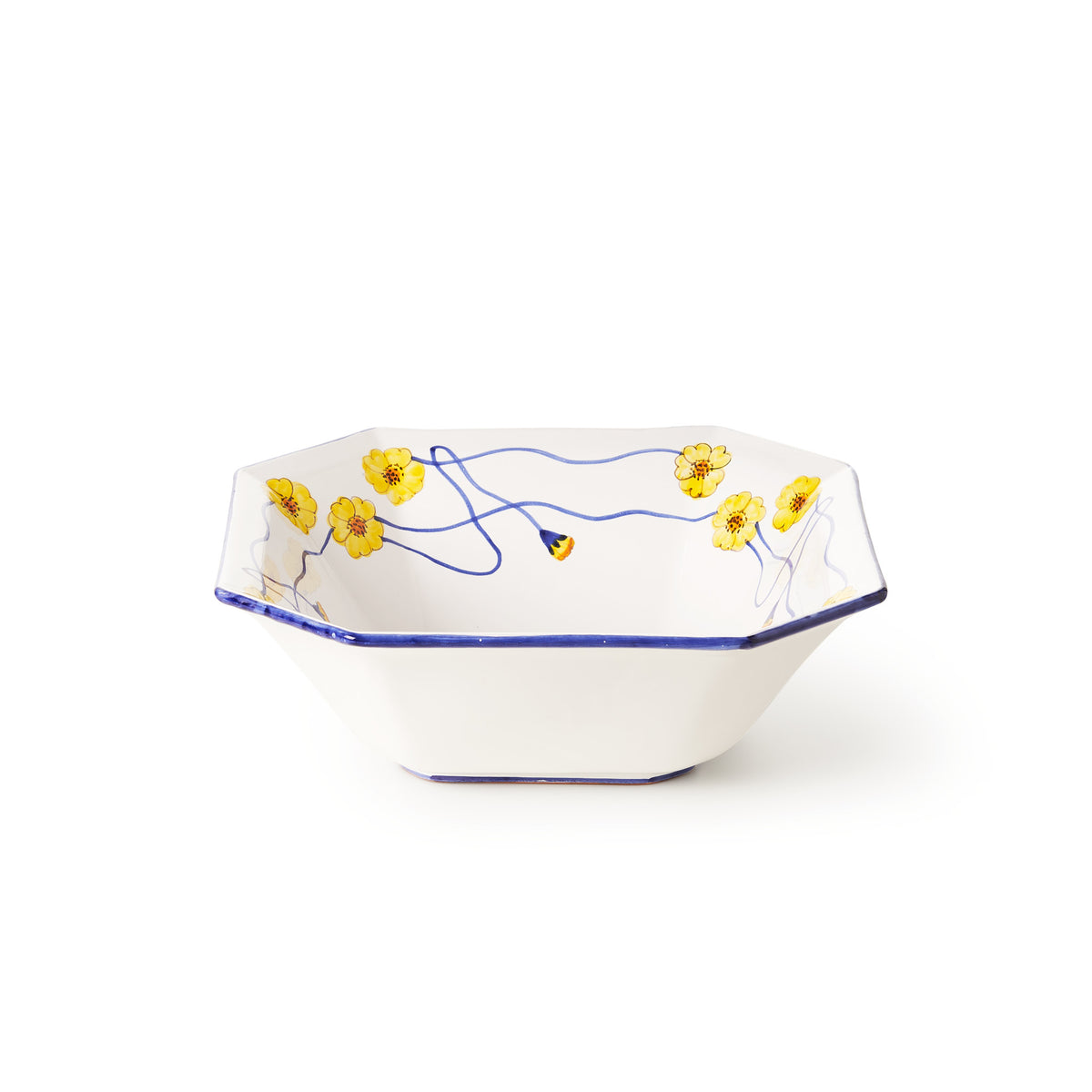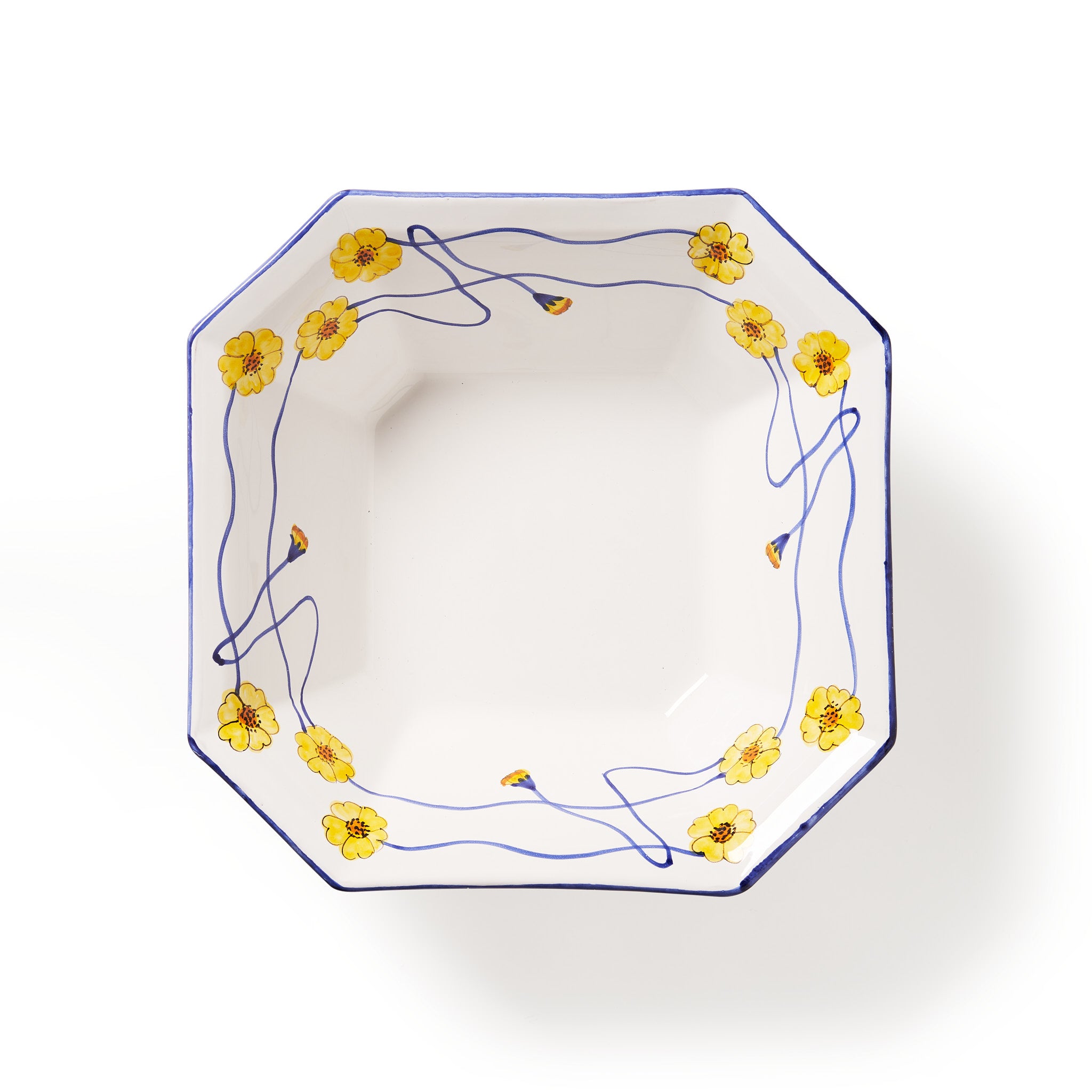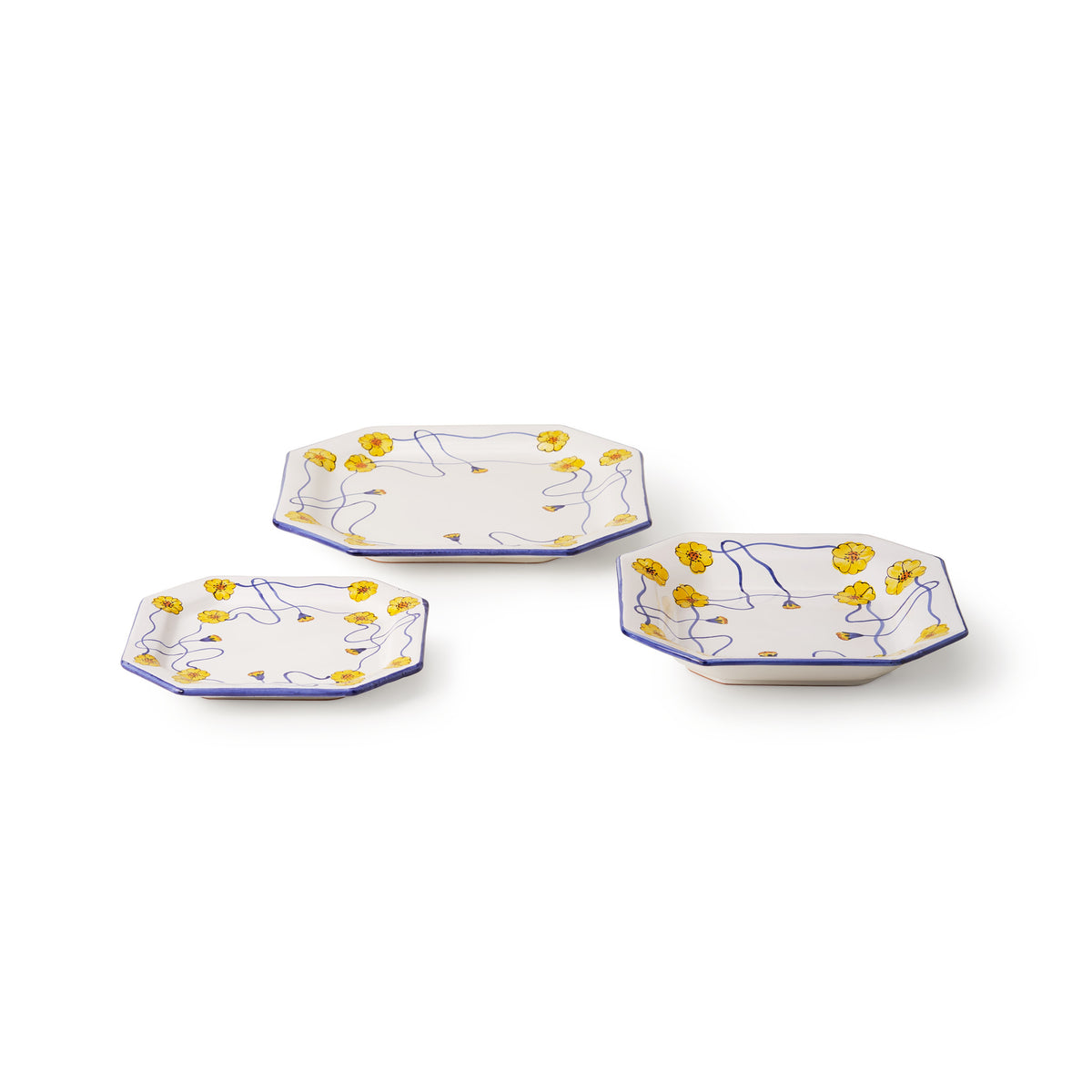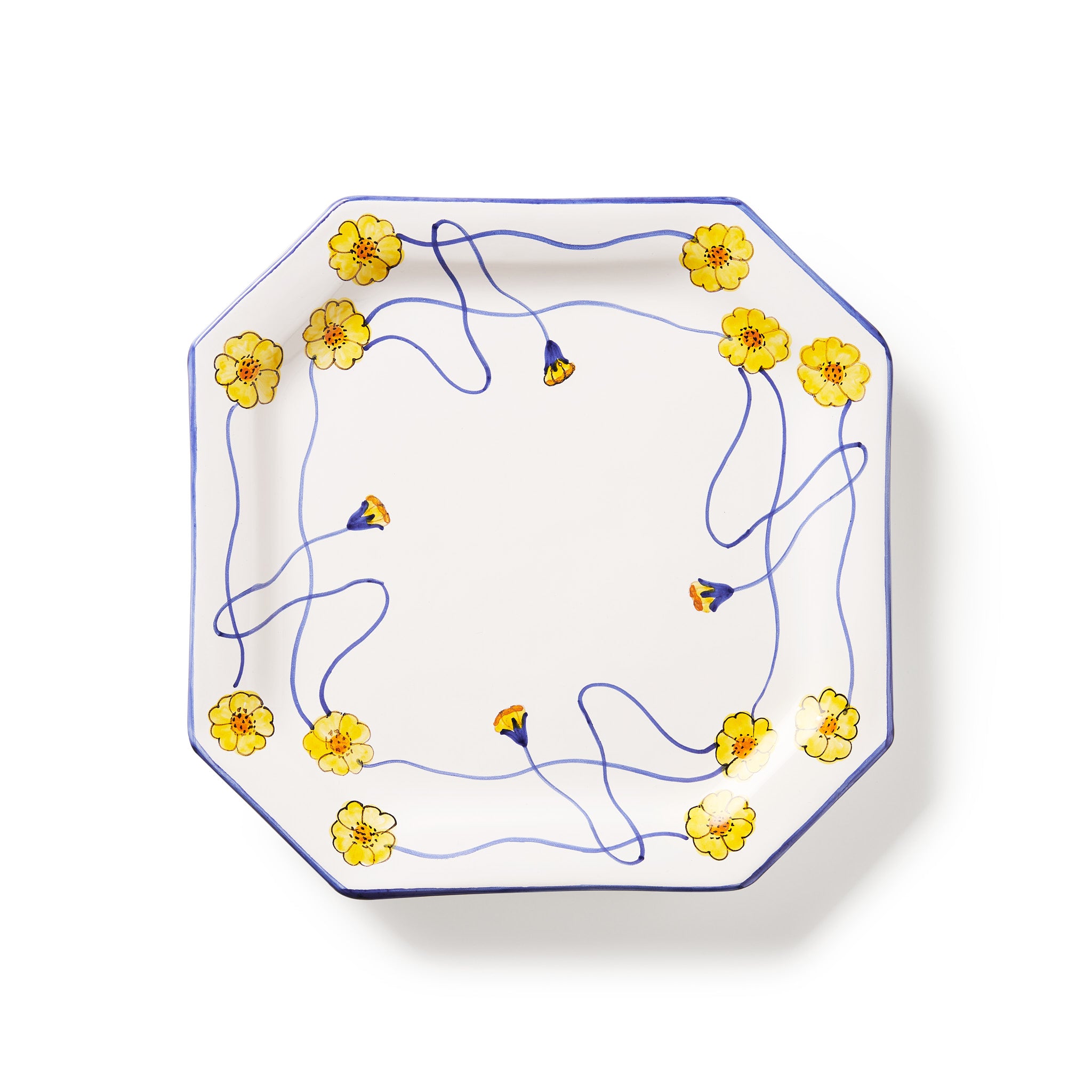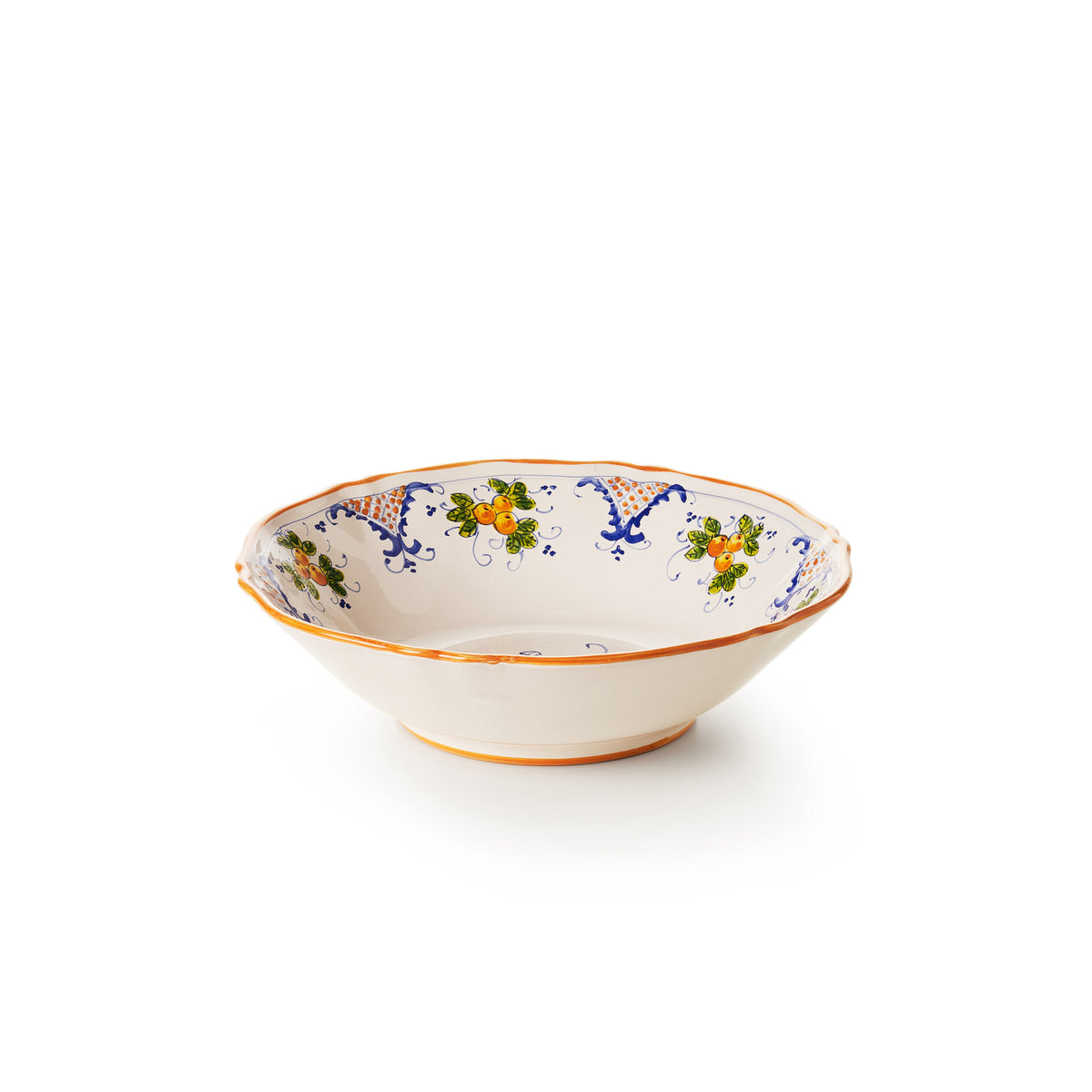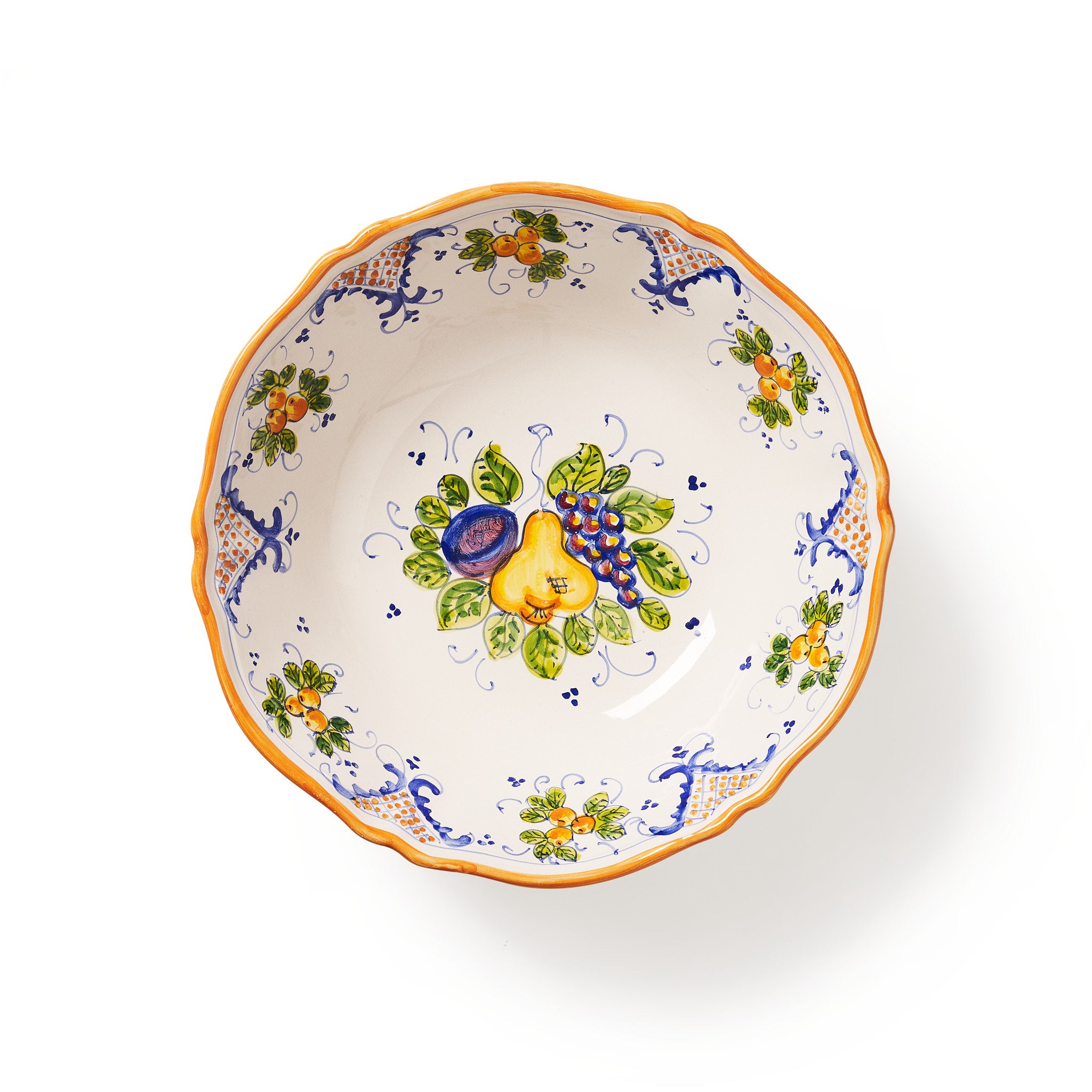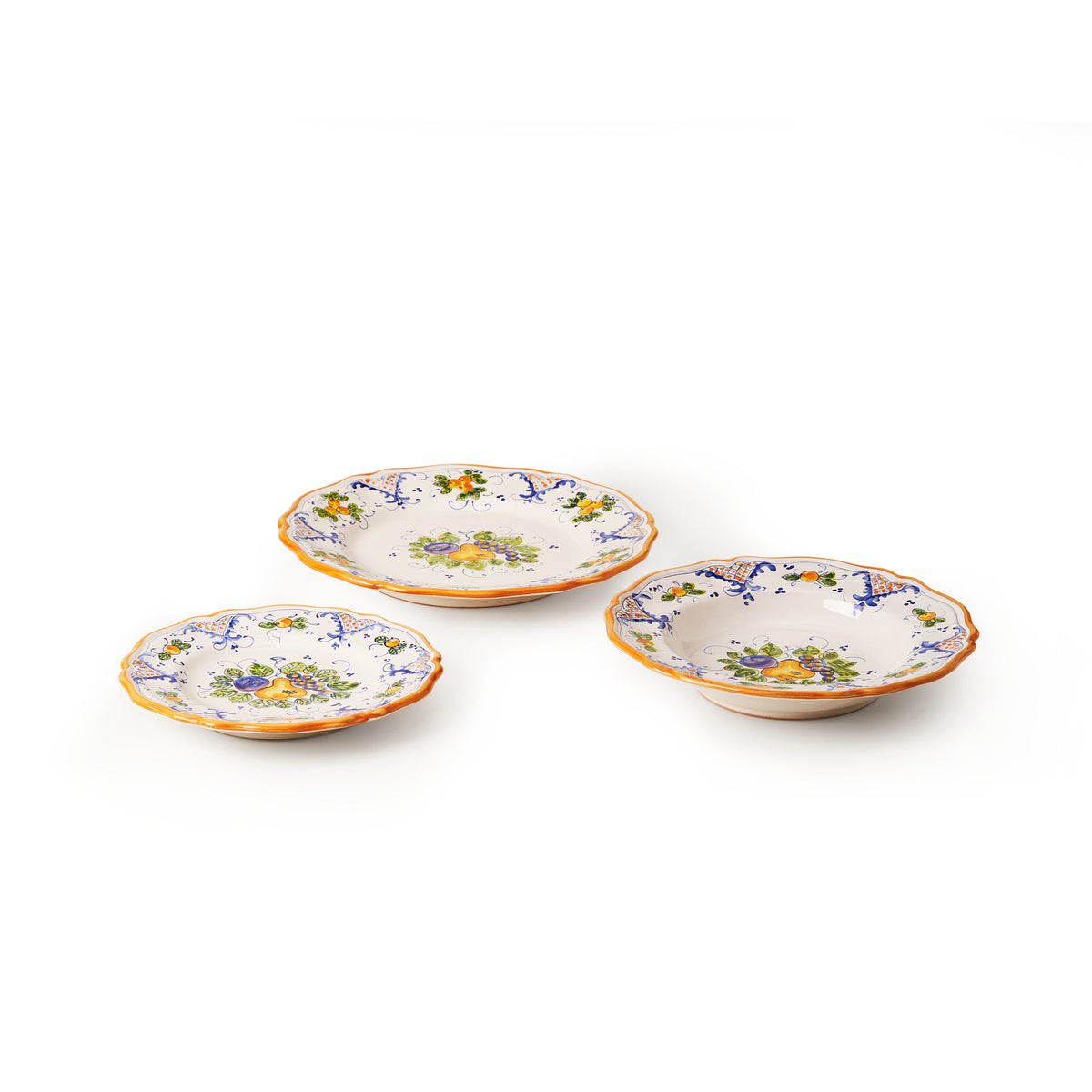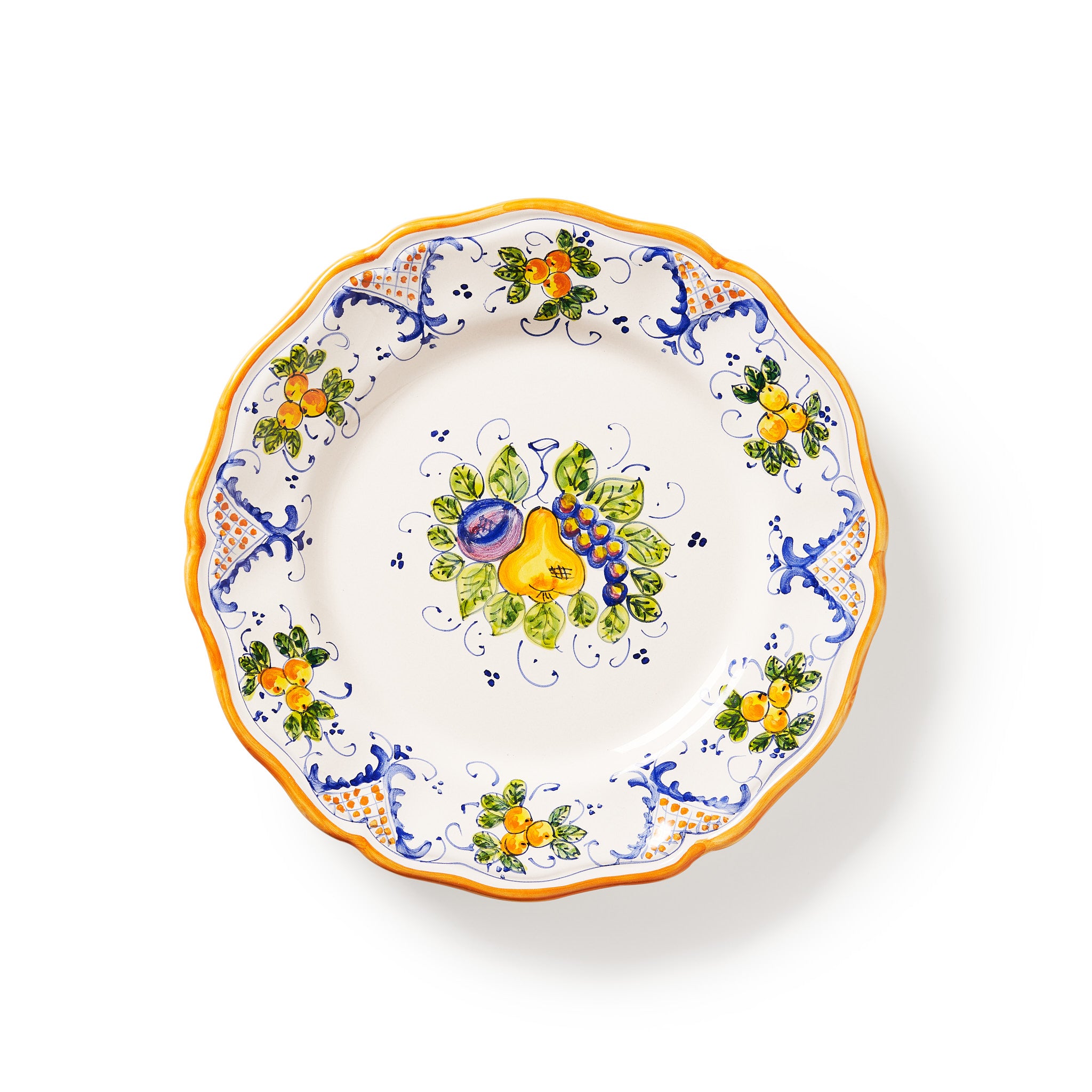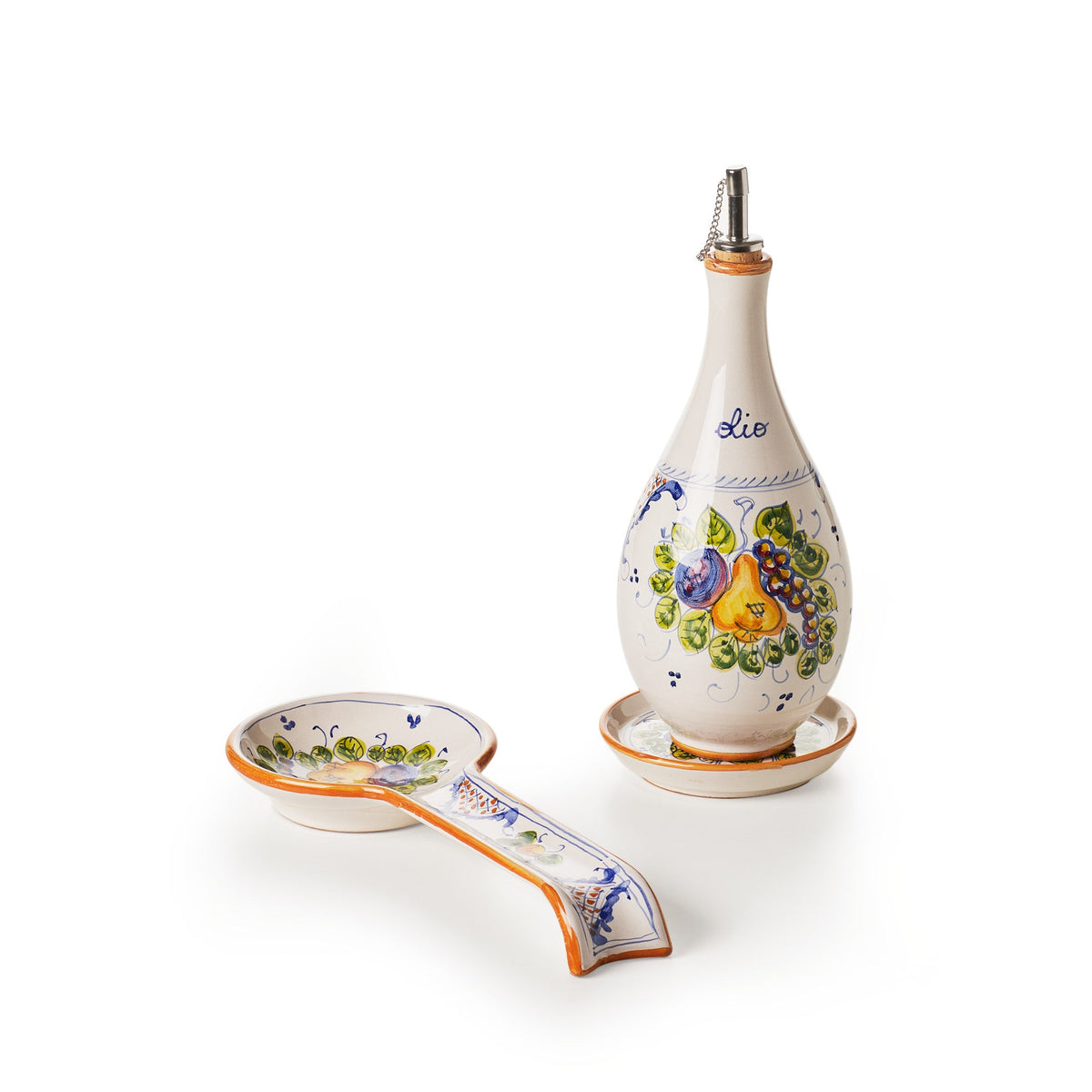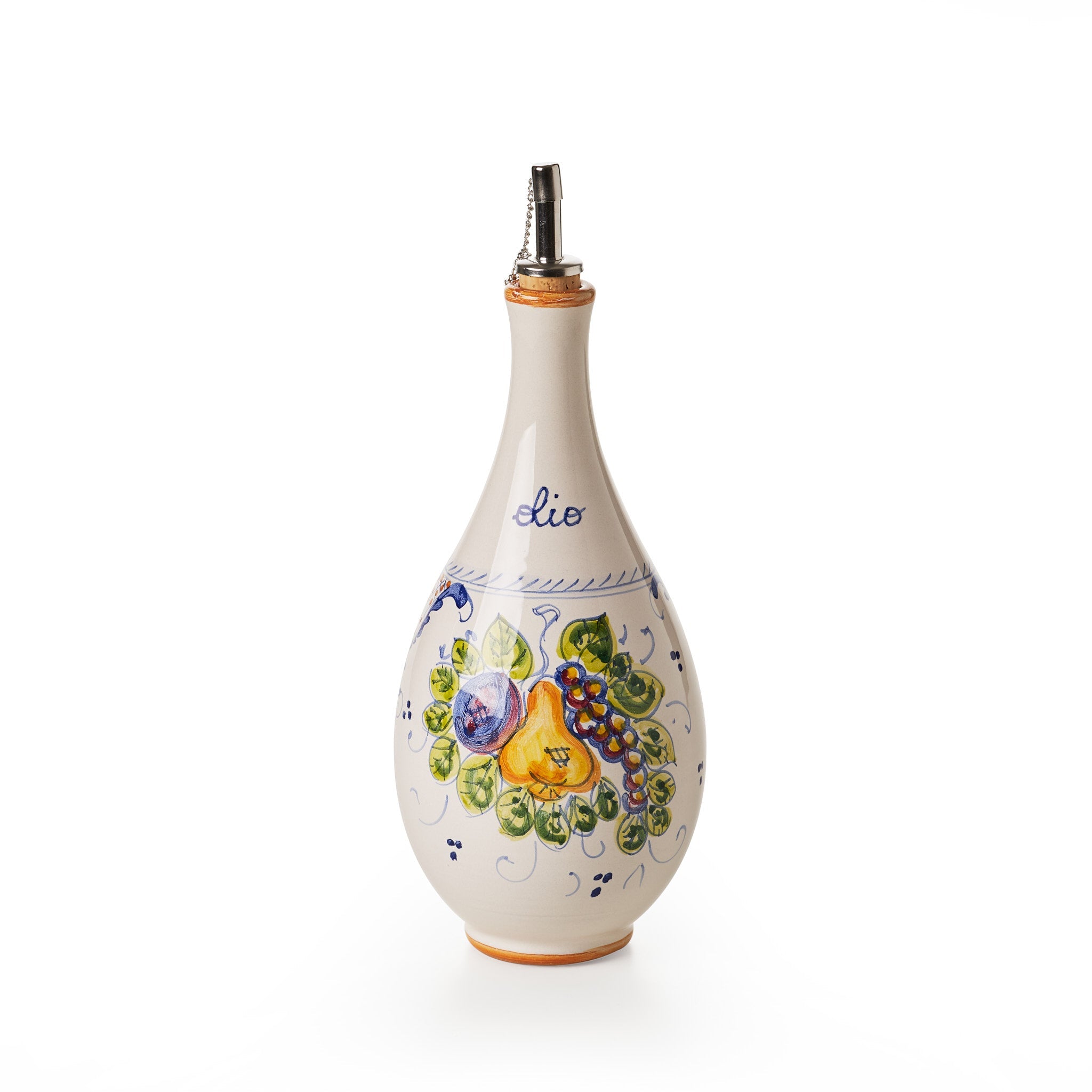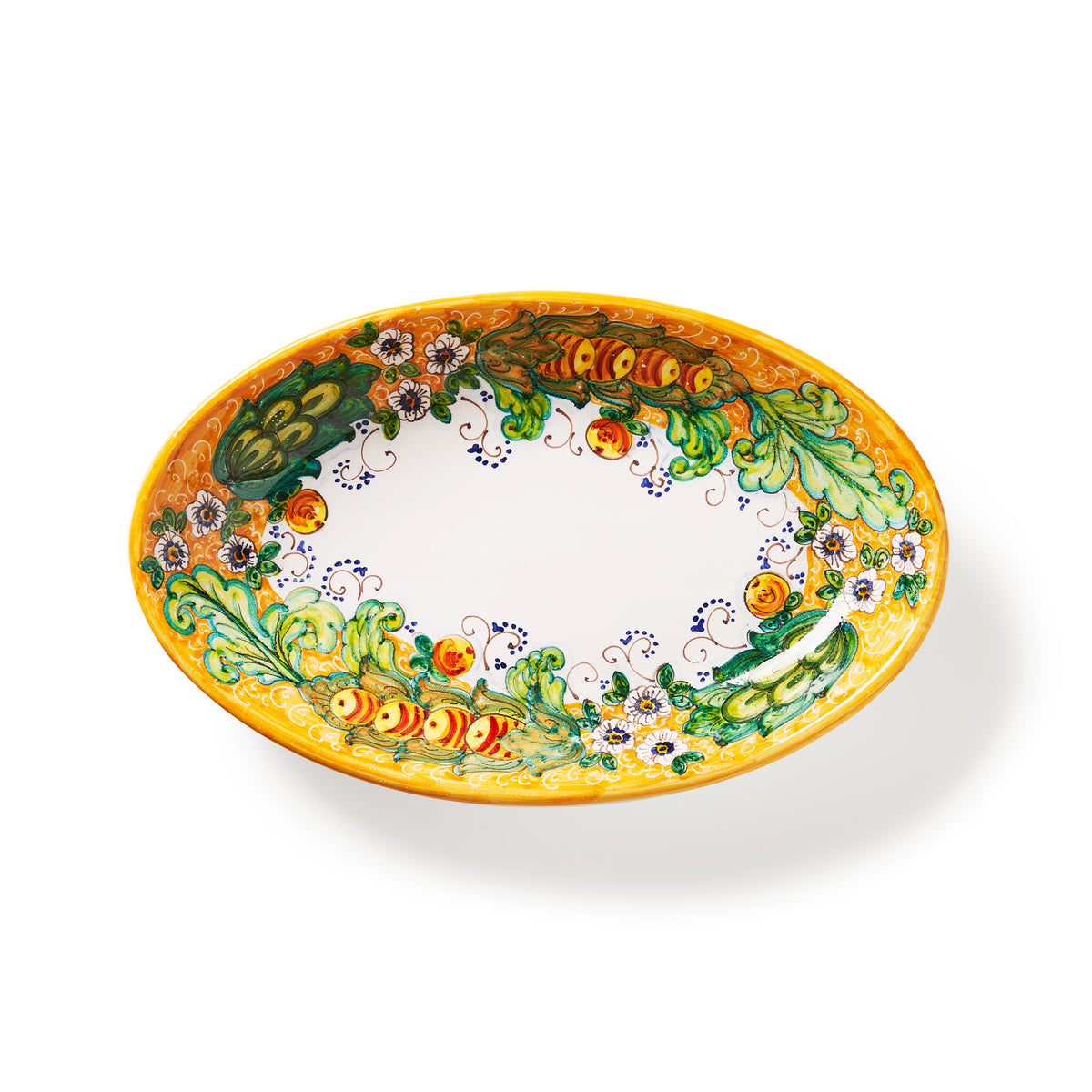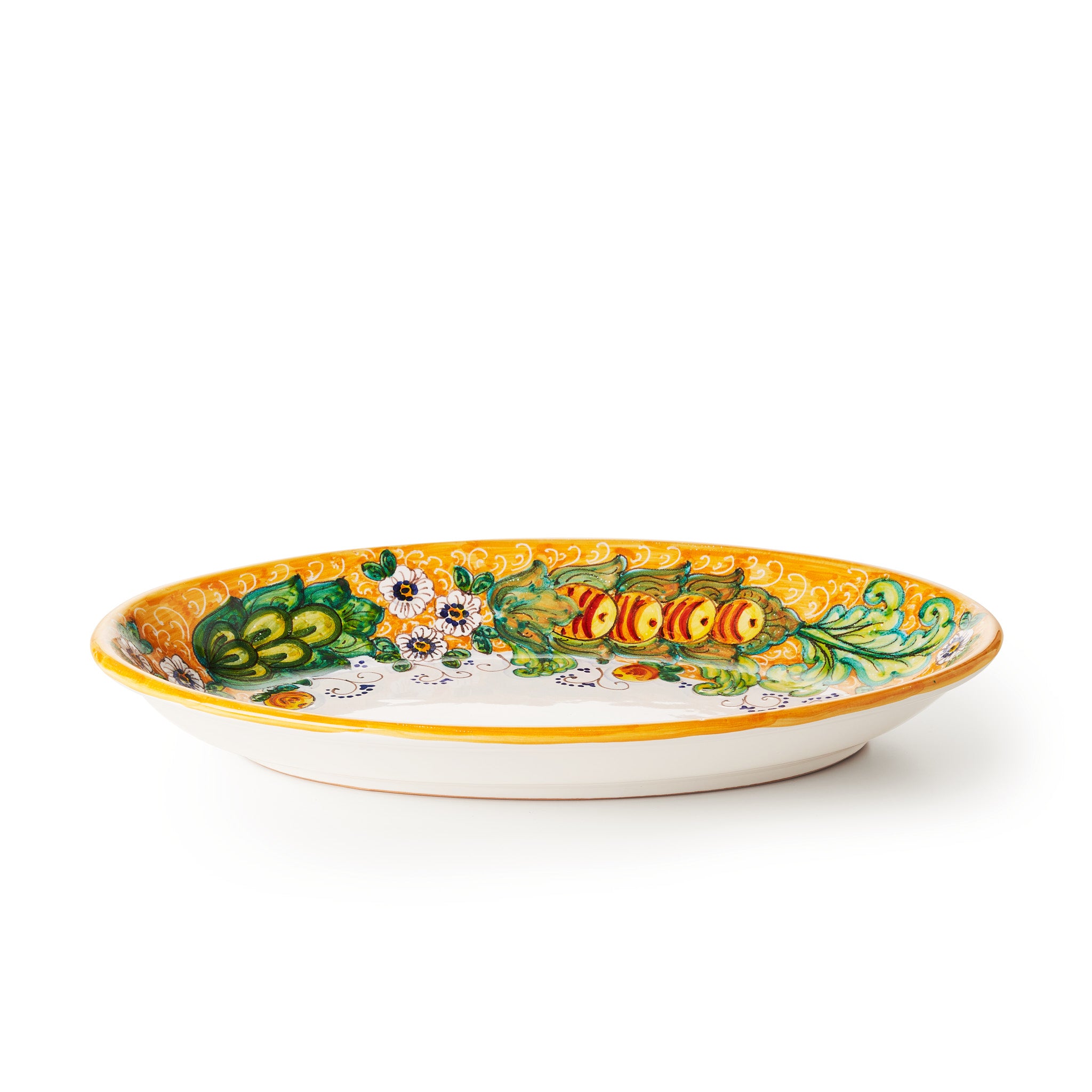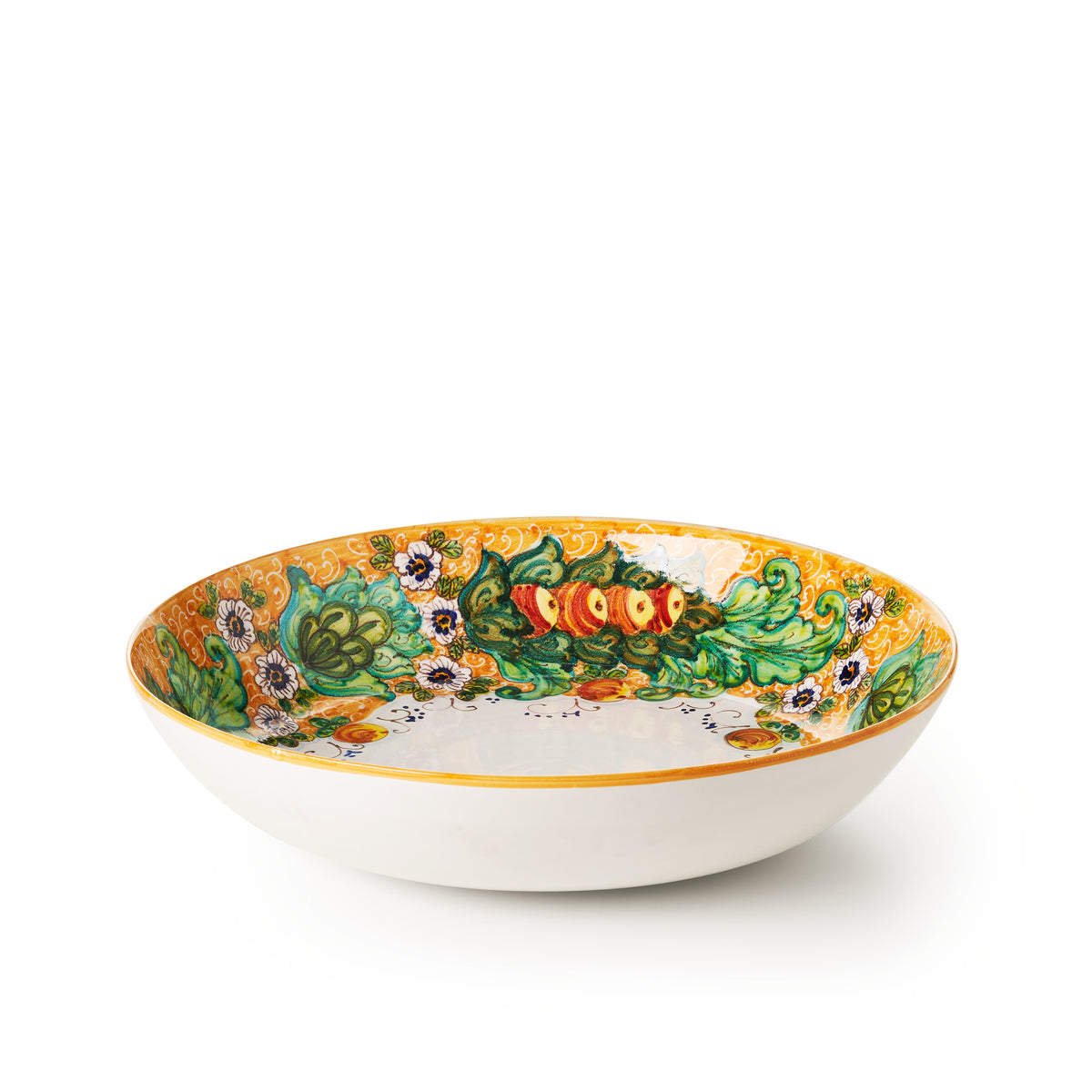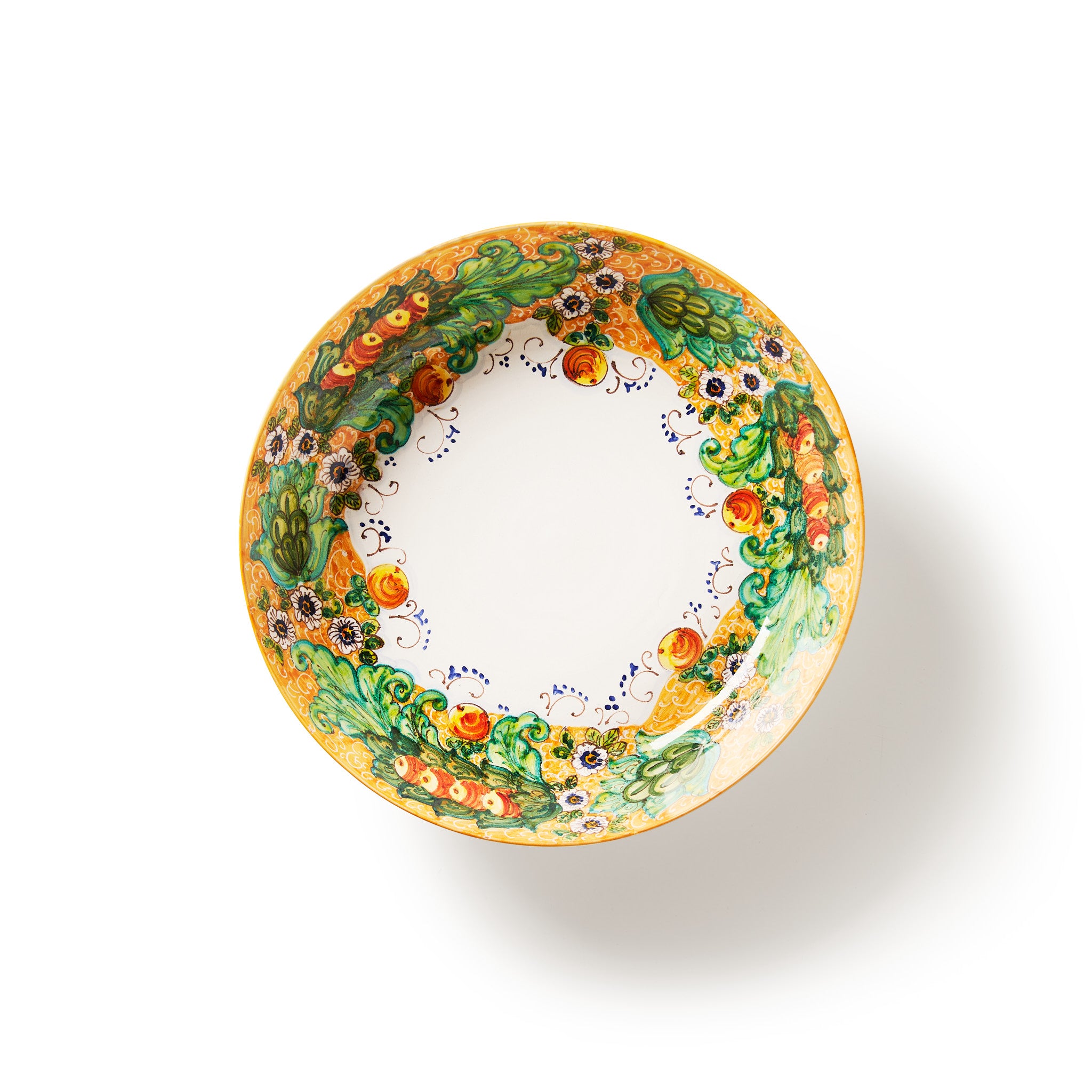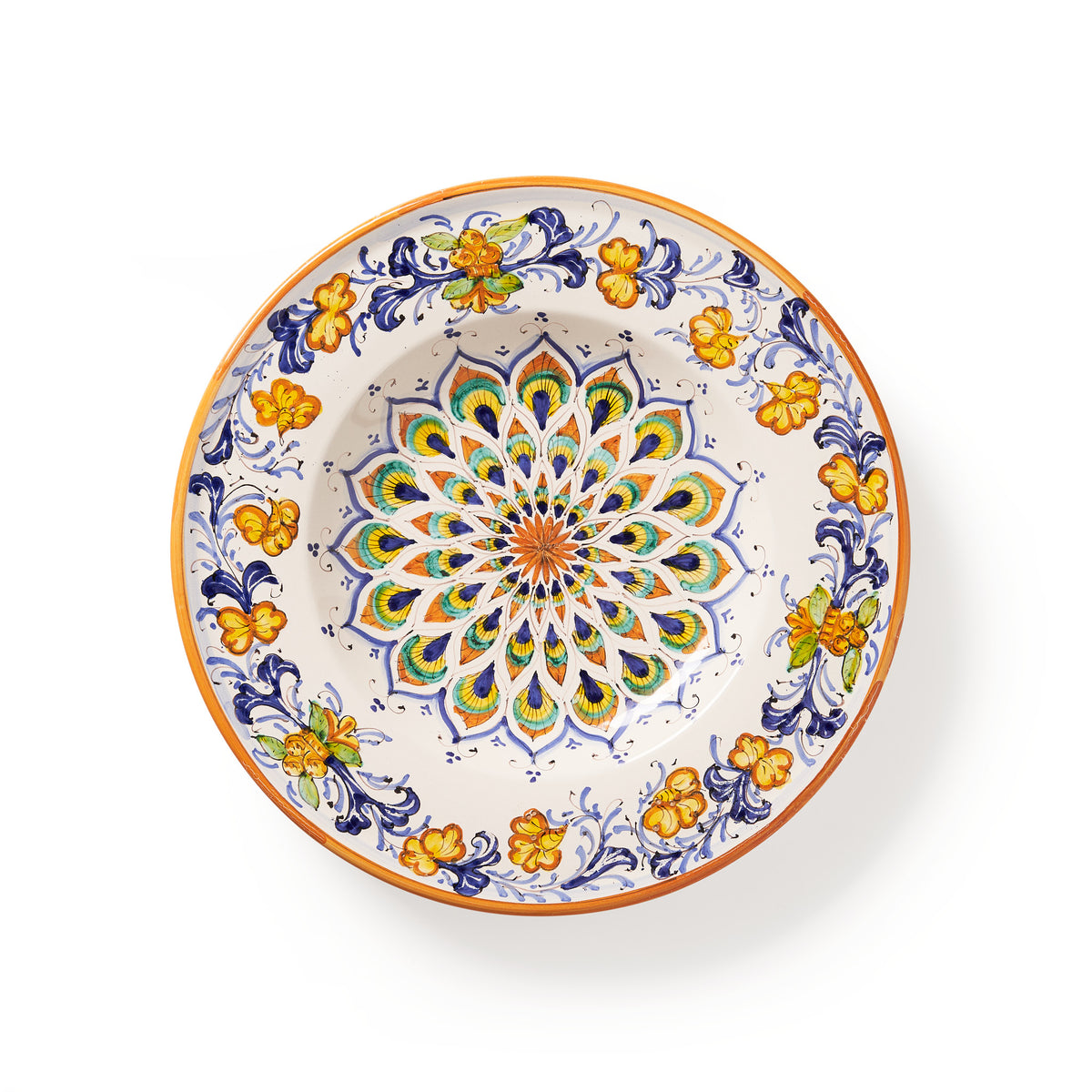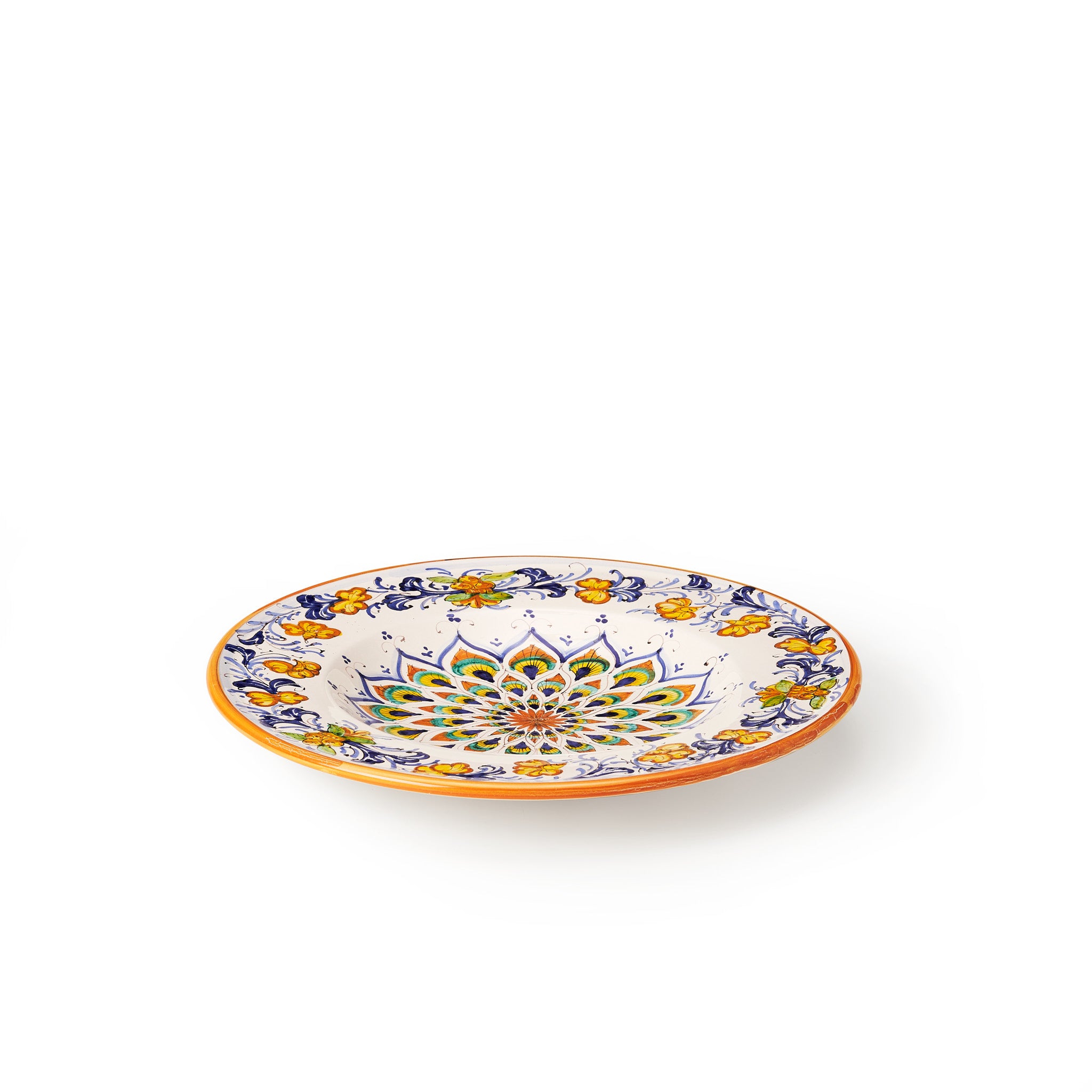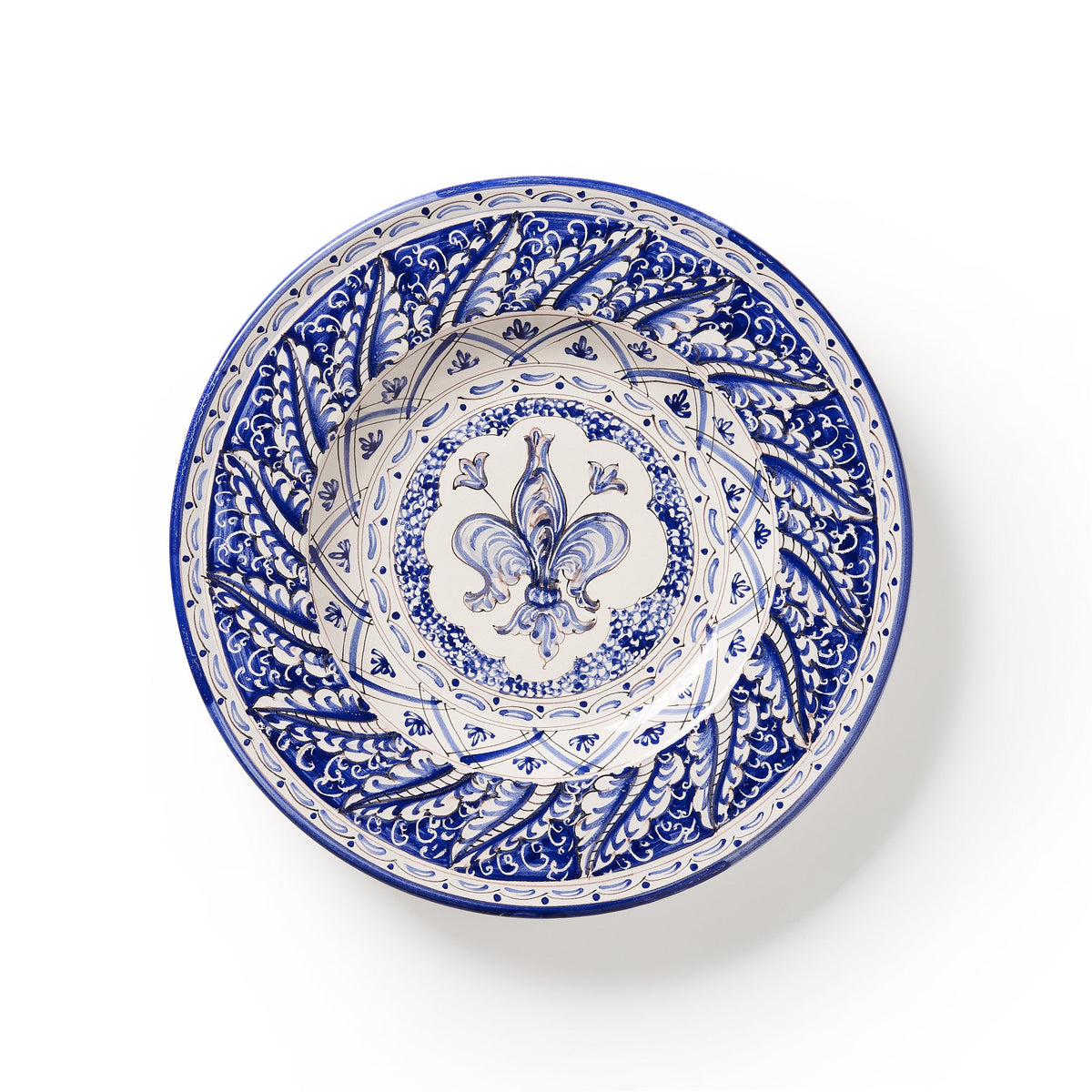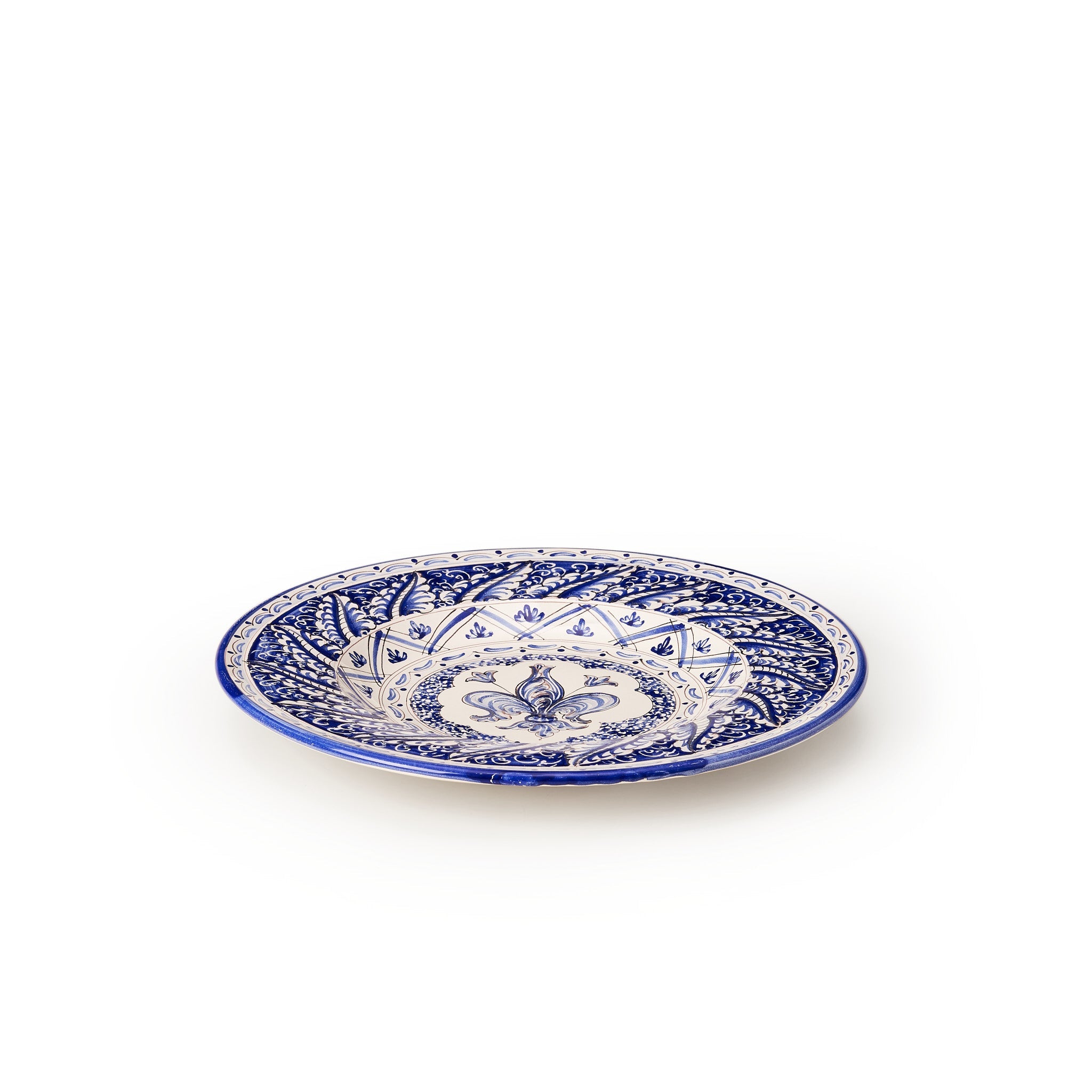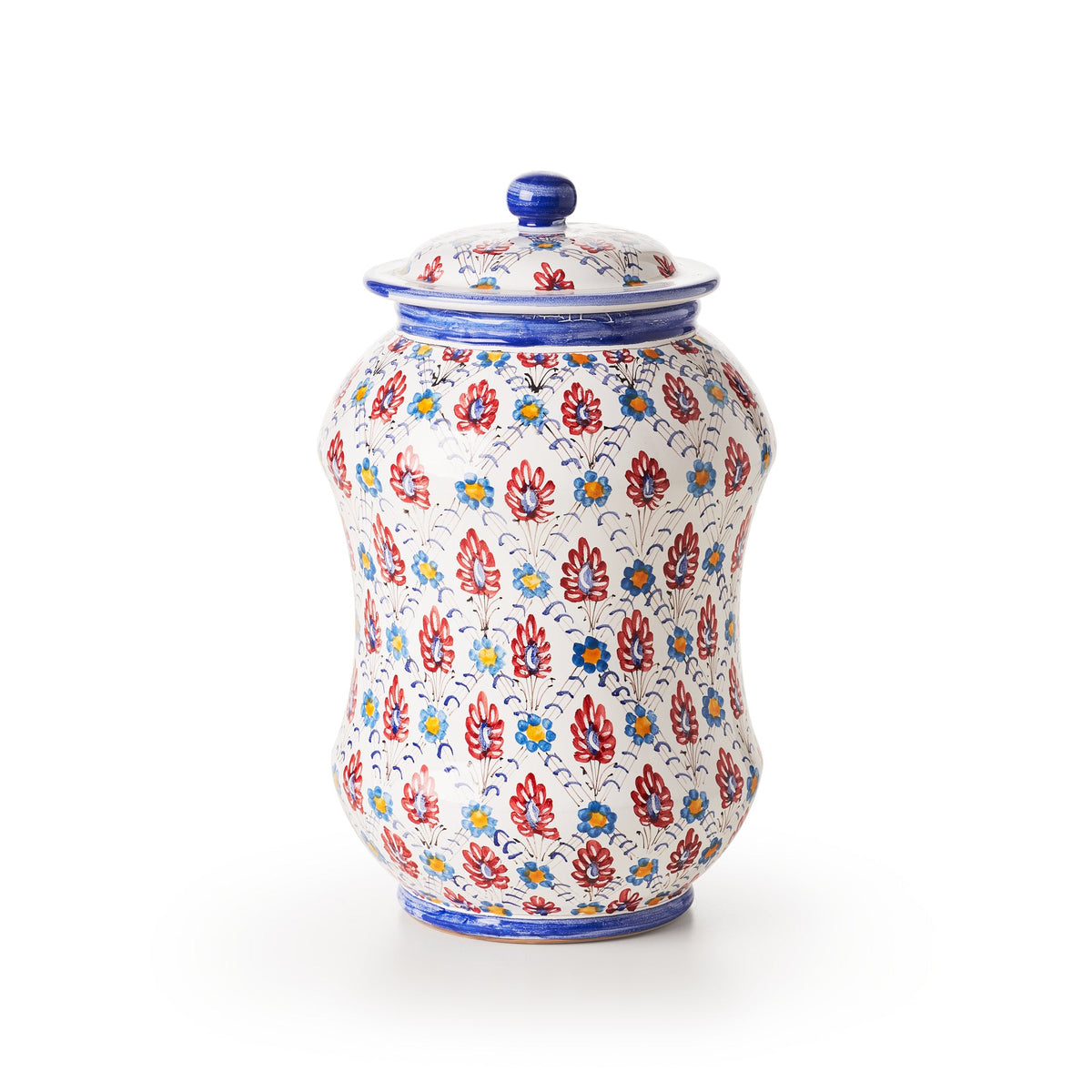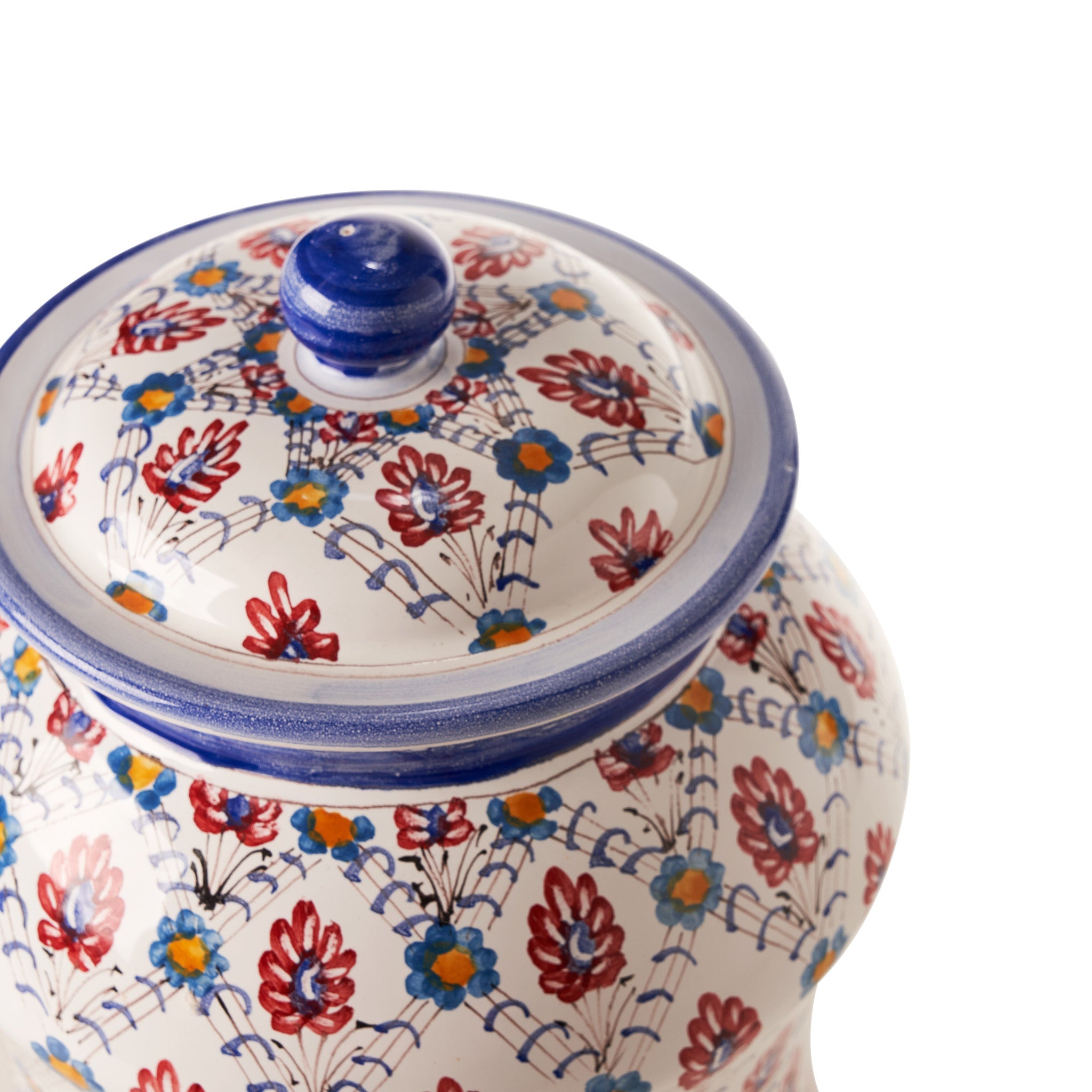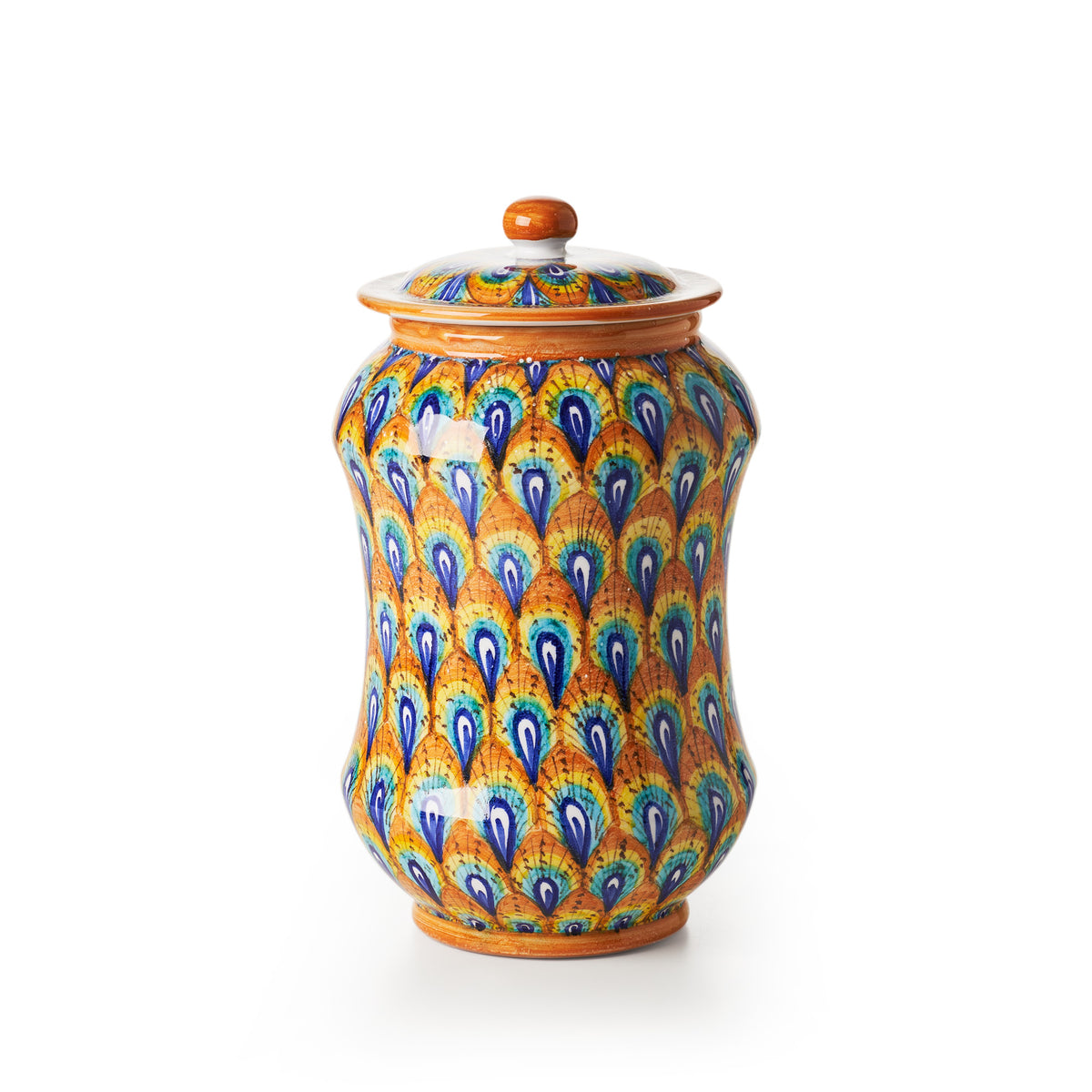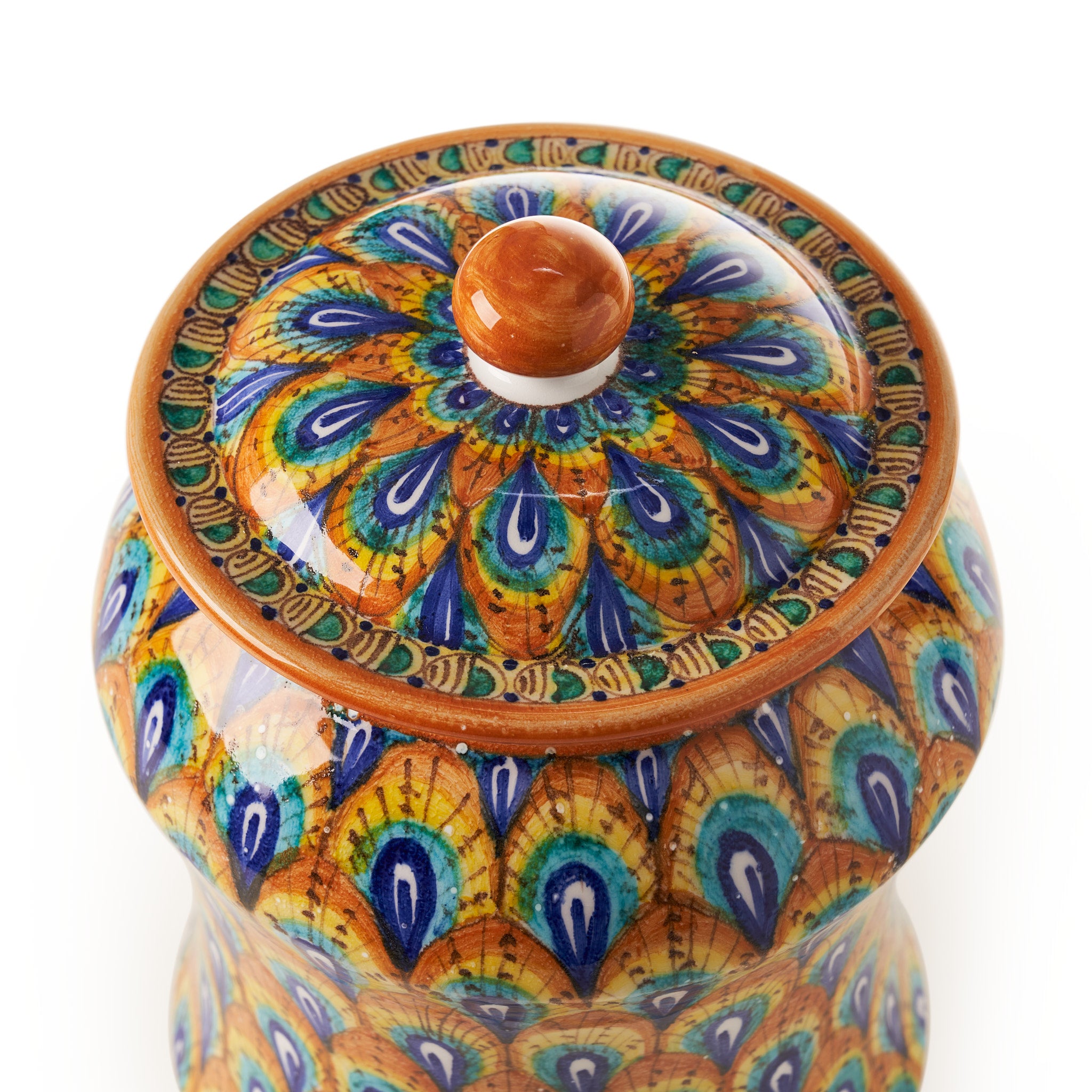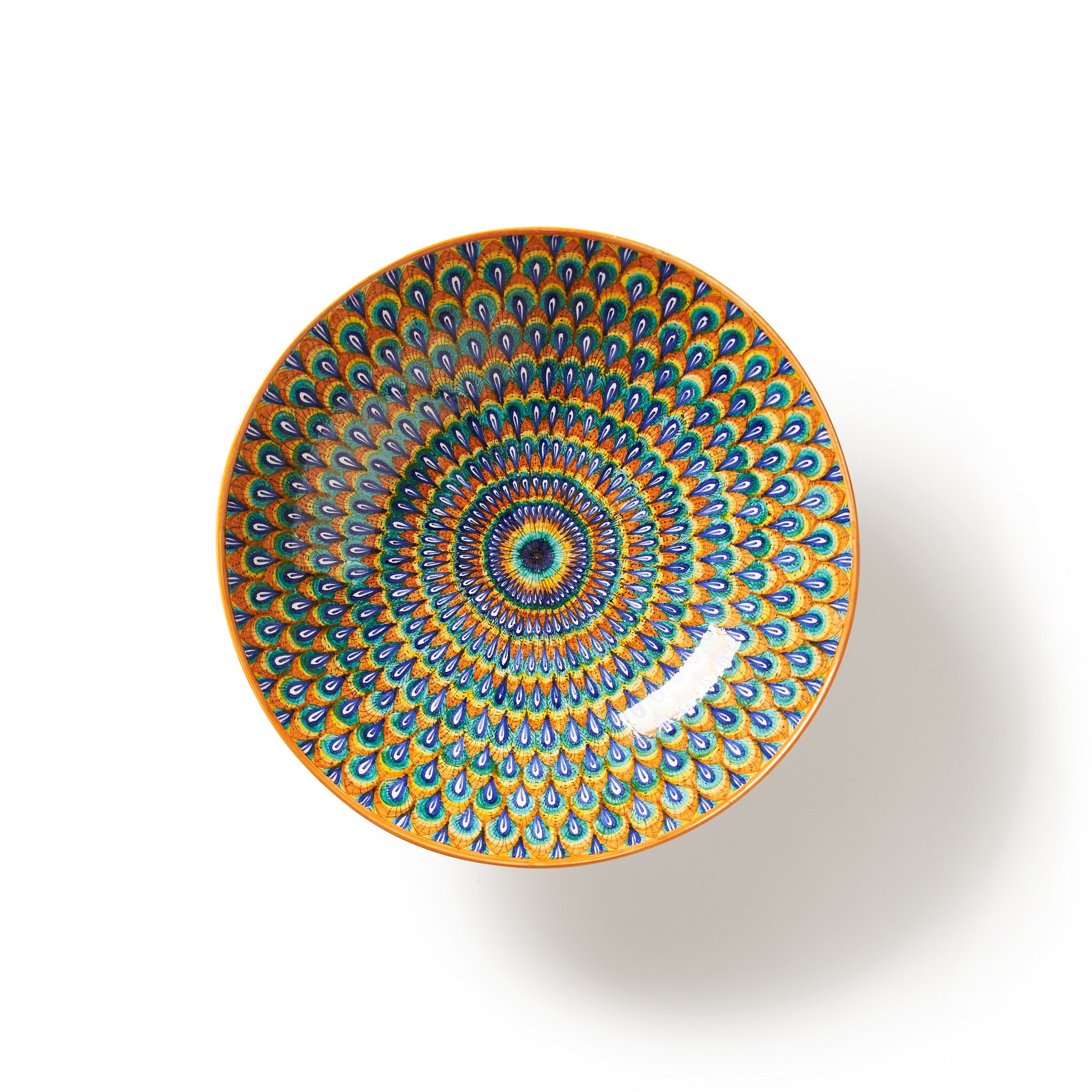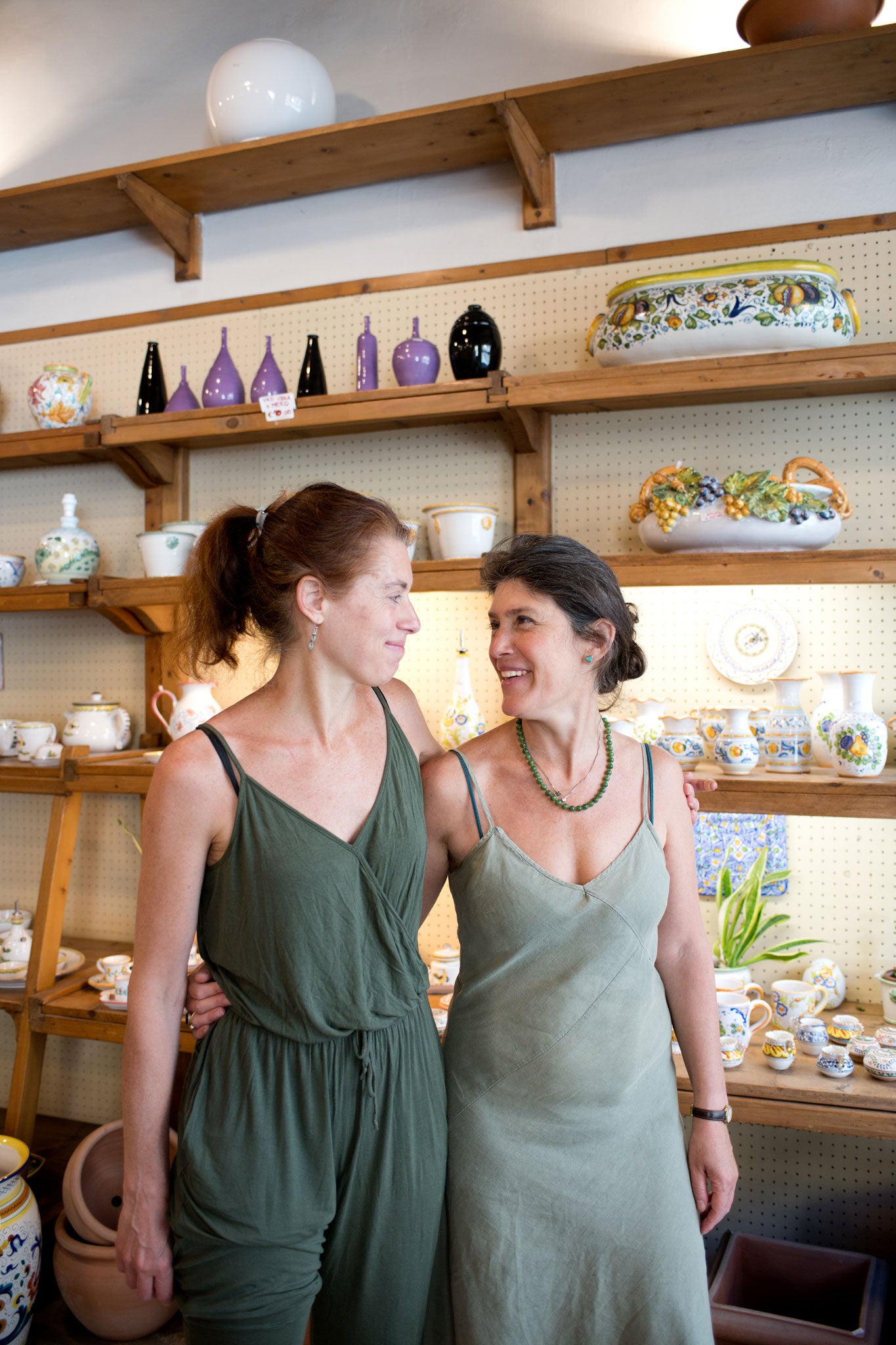
Sbigoli Terrecotte
They say that ceramics are truly in their genes, “it’s in our DNA and inspired by our family history…” Sisters Lorenza and Chiara Adami are carrying on a family tradition which started even before their parents Valentino and Antonella bought the business from the Sbigoli family in 1970.
Antonella herself was the daughter of famous artist and ceramic painter, Tito Chini (who followed in his own artist father’s footsteps). After the devastating effects on the Sbigoli bottega from the historic 1966 Florentine flood, the opportunity arose for Antonella and Valentino Adami to take over the historic ceramic business that was originally founded in 1859.
Featured collection
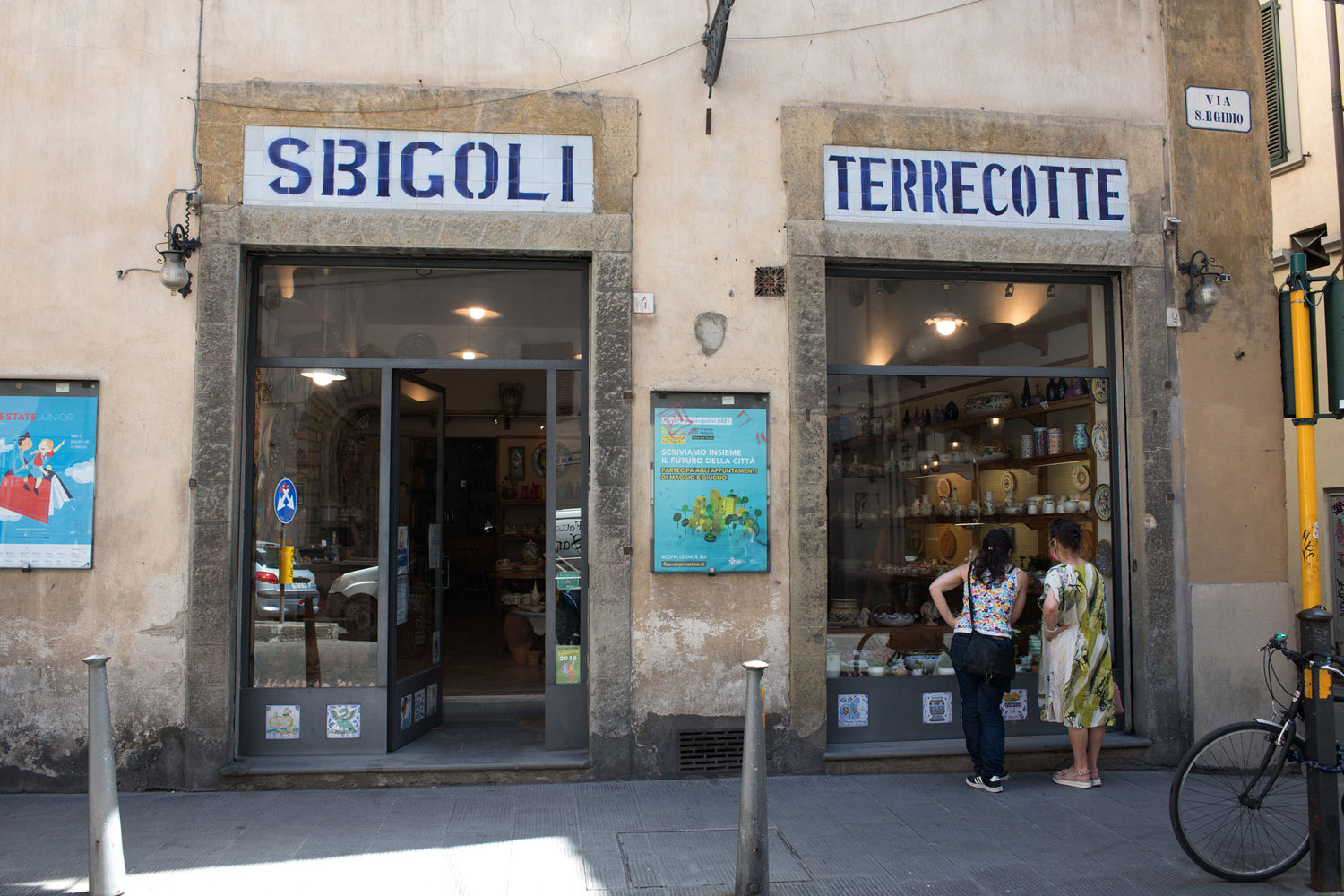
"E’ un po’ nel DNA mio e di Chiara, ispirate dalla storia della nostra famiglia…"
For Antonella, who had previously studied ceramics in Faenza, this was a chance for her to rediscover her passion for ceramic decorating.
By the time Lorenza and Chiara graduated high school, it seemed only natural that they would carry on the family tradition, afterall, “Dentro qui ci siamo cresciute – we grew up inside the bottega.” Chiara reminisces about hiding inside terracotta pots with her sister as a child in the family’s workshop, and she speaks lovingly about the potter (who they “inherited” along with the business from Sbigoli!) who worked alongside her father and would take the sisters to the beach every summer.
The bottega itself is a Florentine landmark, in the same location on Via S. Egidio for over 100 years. The sisters say the beauty of being in one place for so long is that they know everyone!
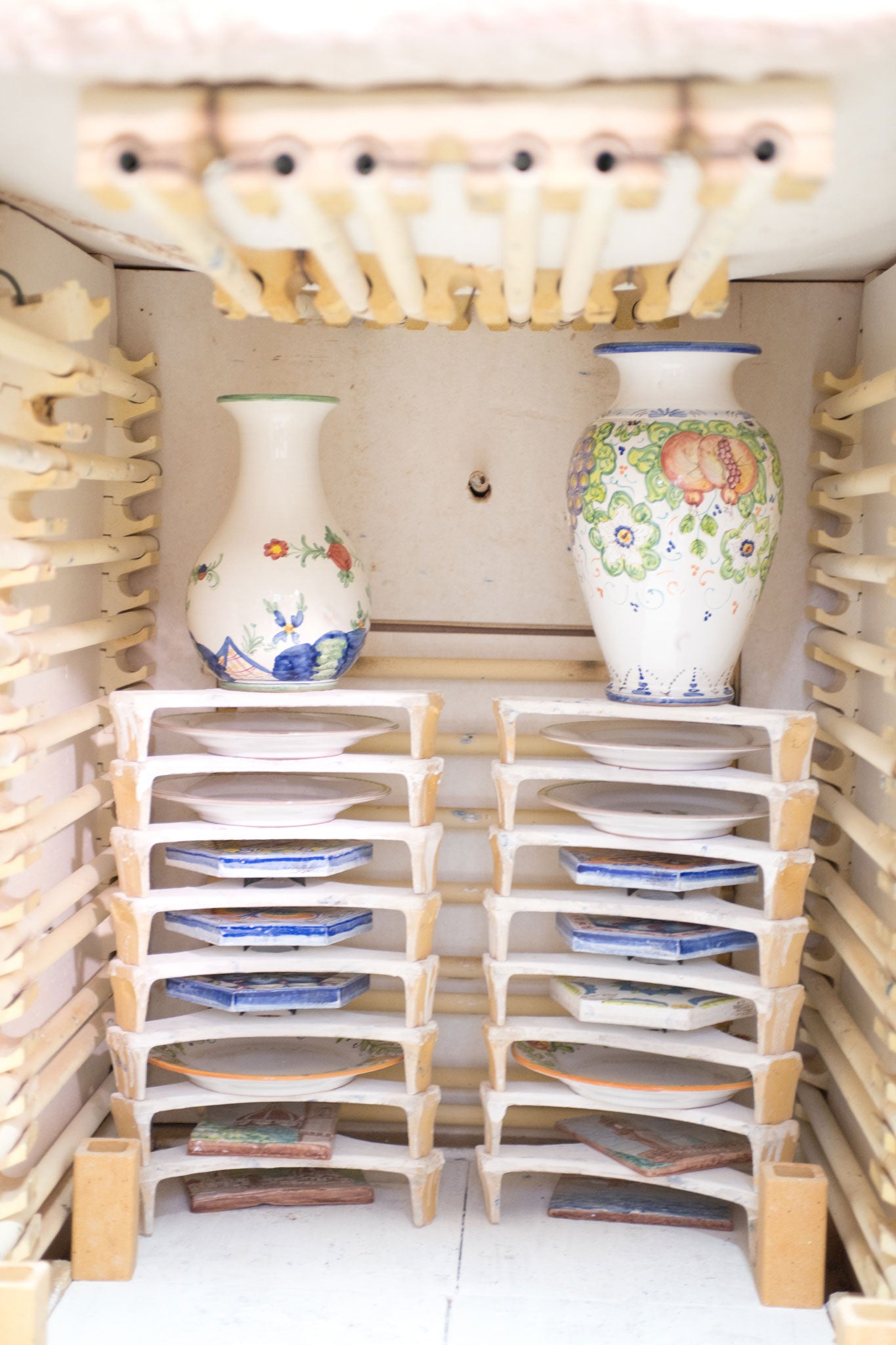
"La maiolica – non è stata considerata un’arte ricca. È sempre stata una forma di artigianato allo scopo di uso"
Tuscany has a history of terracotta and maiolica (glazed pottery painted on a white background), especially in the town of Montelupo (also home to the Museo della Ceramica – Museum of Ceramics) known for its decorative forms and designs. Even today, the sisters get their clay from this town’s caves. Maiolica is a decorated terracotta that the sisters say, “historically wasn’t considered a rich artistic form but a functional artisanry.”
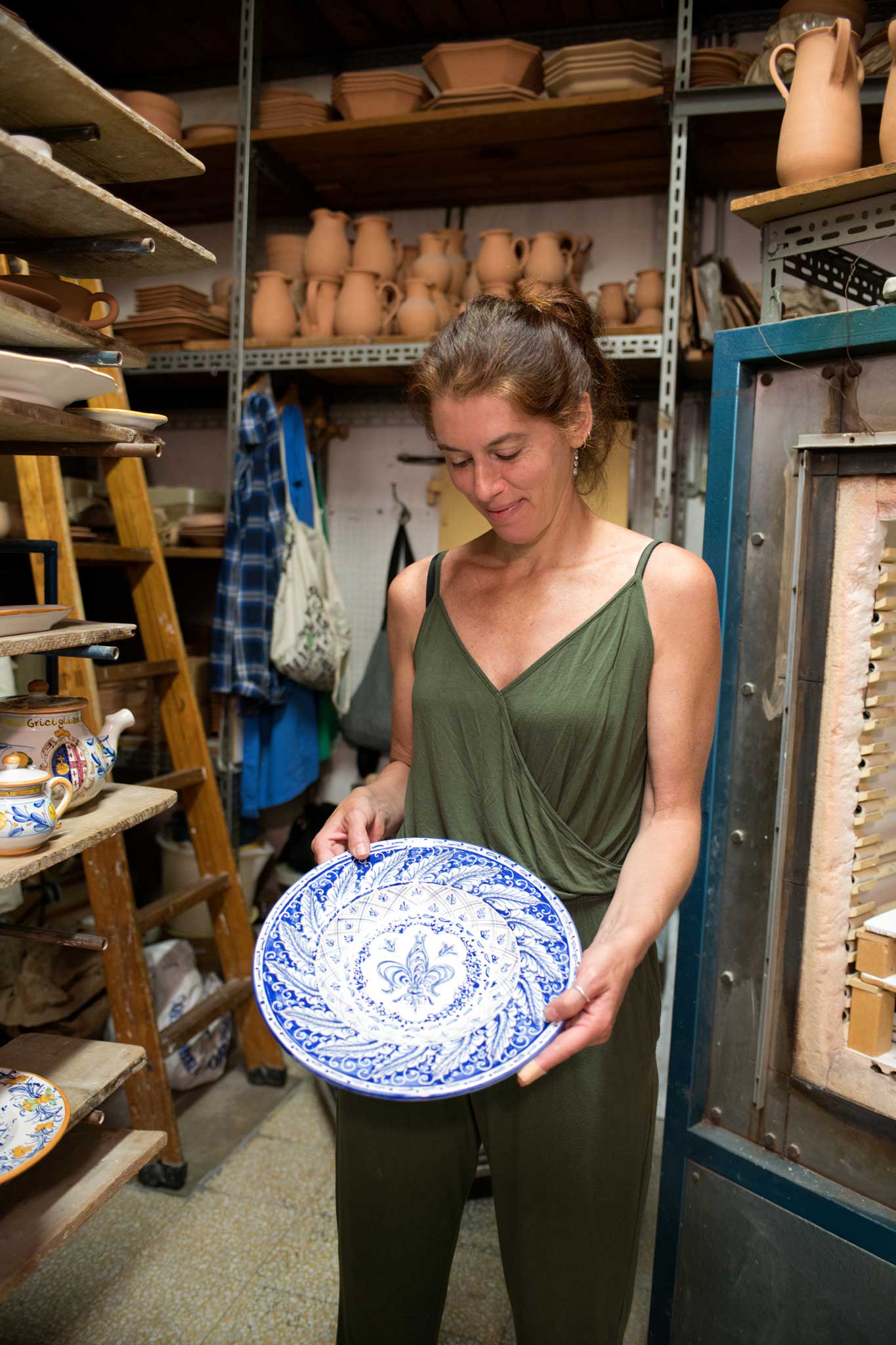
It is only now transforming into an art form as clients begin to appreciate the intricate patterns, vibrant colors and extensive time that is put into creating each product. “Le persone ci si avvicinano con un occhio e uno spirito diverso e con l’idea che sei una parte della città e la memoria storica della città – clients come to us with a different sensibility and spirit, and with the idea that we are a part of the city and the city’s history.”
From carafes to serving platters and beautifully decorated plates, the selection of products is extensive and one has a hard time picking a “favorite.”
As street musicians walk by and the Duomo bells chime, it is clear Sbigoli Terrecotte and Florence are intertwined. They say they are influenced by the scenery that surrounds them, “Ce l’abbiamo intorno!” A view from the Oblate library, a photograph taken of the Duomo- inspiration is at their fingertips.
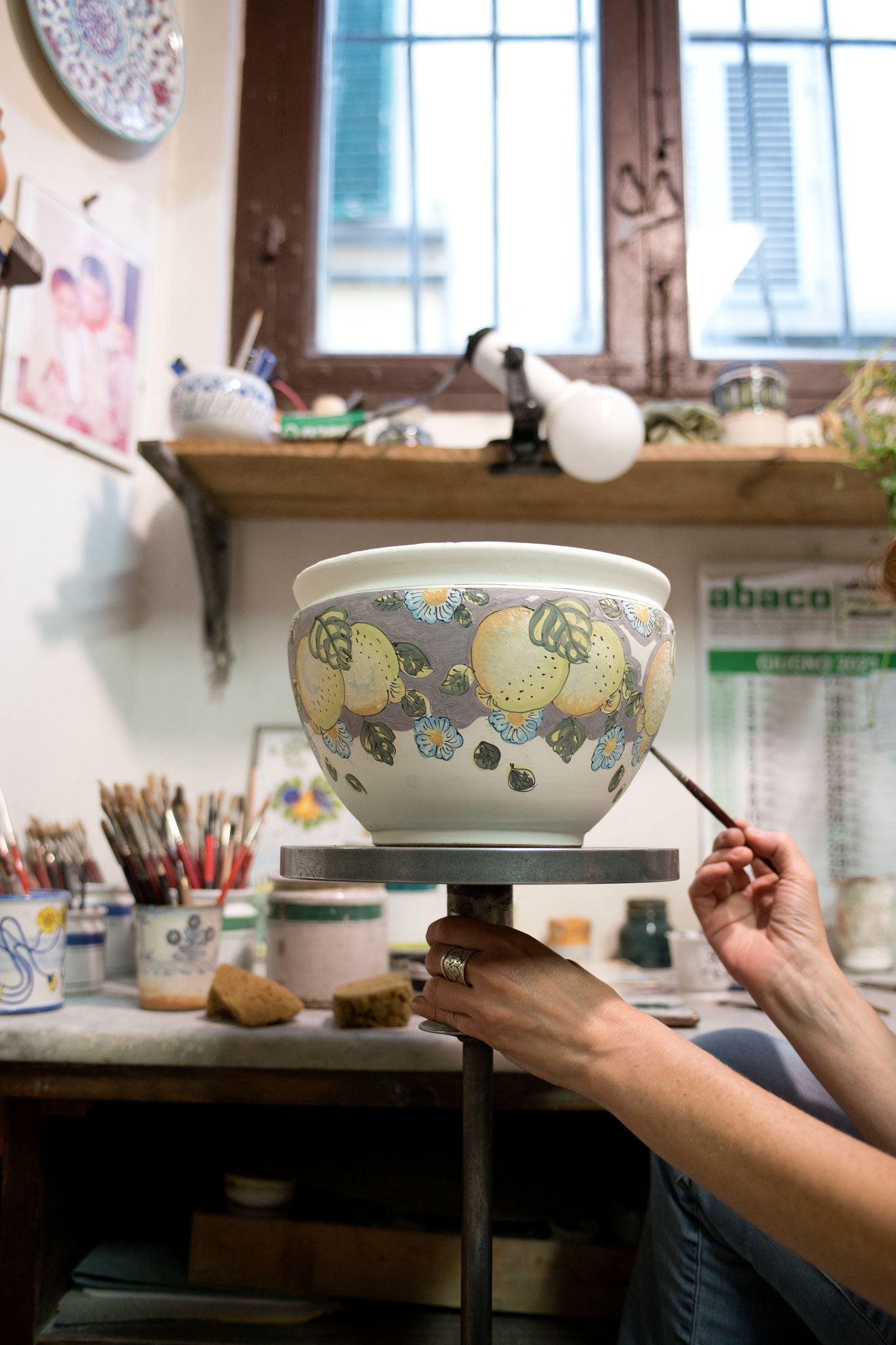
"C’è un’ infinità di modi e di approcci per una materia del genere"
Working in maiolica as a professional rather than as a hobbyist is quite different and difficult for many to understand. With no room for errors and endless possibilities (which clay? which paint? which tools?) and multiple objects in various phases of production it can also be frustrating. Lorenza tells us “there are infinite possibilities and approaches for this type of material,” and that even after 25 years of creating, she accepts that she’ll be a lifelong learner. She says that the constant challenge of her craft has helped her understand herself even more.
Despite her modesty, Lorenza is quite the expert, in fact, she is considered a Maestro Artigiano (Master Artisan). This means that she is not only an expert in her field, she is also qualified as an experienced master with the ability to teach others her craft. The bottega holds courses and collaborates with schools to teach traditional techniques along with modern variations.
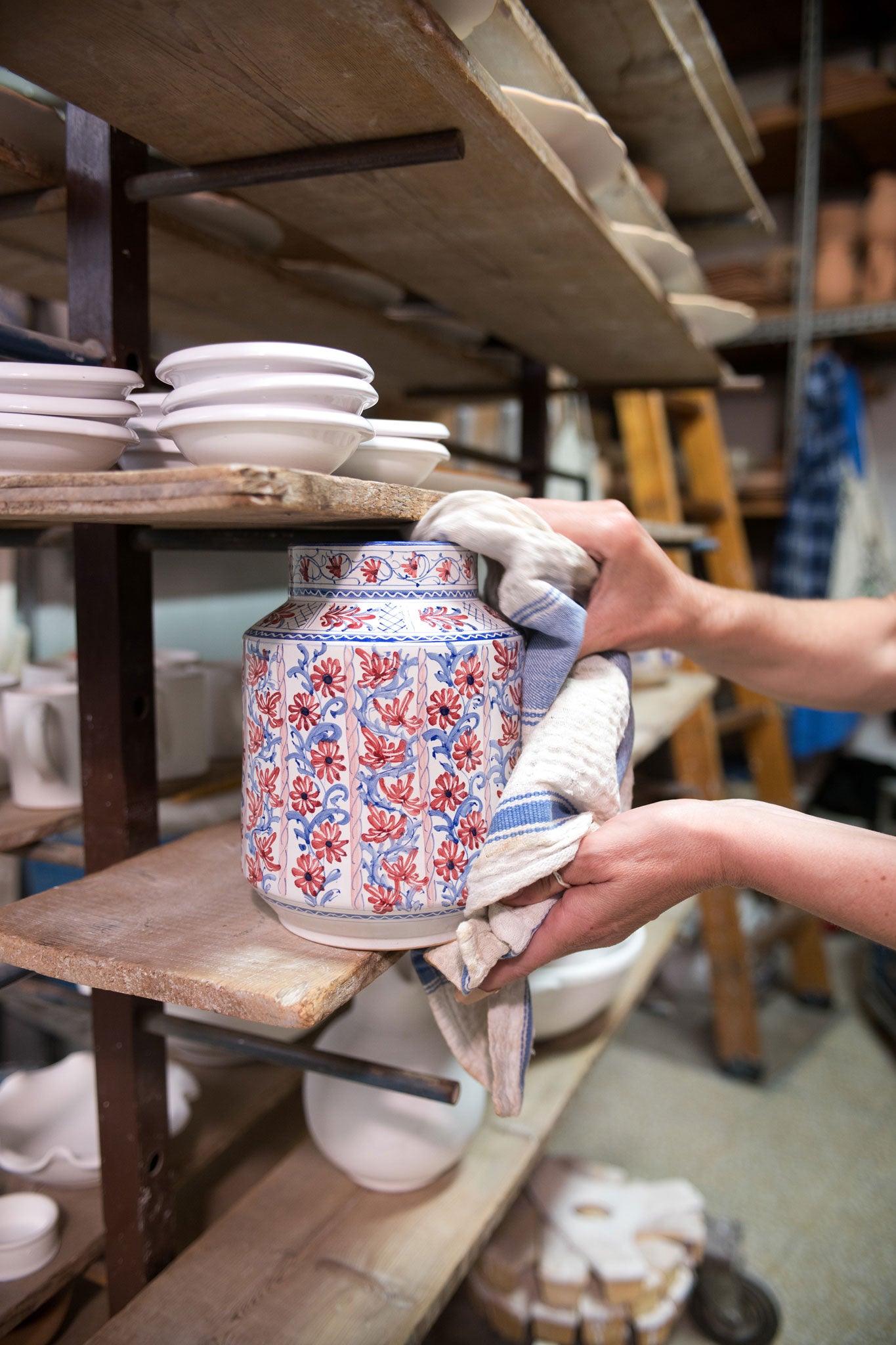
"C’è sempre un pensiero dietro a quello che stai facendo"
From stacking the kiln to organizing work between cooking times and cooling times, “there is thought behind everything you do,” Lorenza explains, and it is a lengthy process. In the ceramic bottegas in the past, everyone had a job for each phase of production: one on the potter’s wheel, one at the kiln (a job that Valentino took on in the beginning) and one, like Antonella, painting the objects.
Today, Sbigoli isn’t run much differently. The bottega has a master potter, Franco, Chiara helps at the kiln and with customers, while Lorenza uses her paintbrushes to create exquisite pieces.
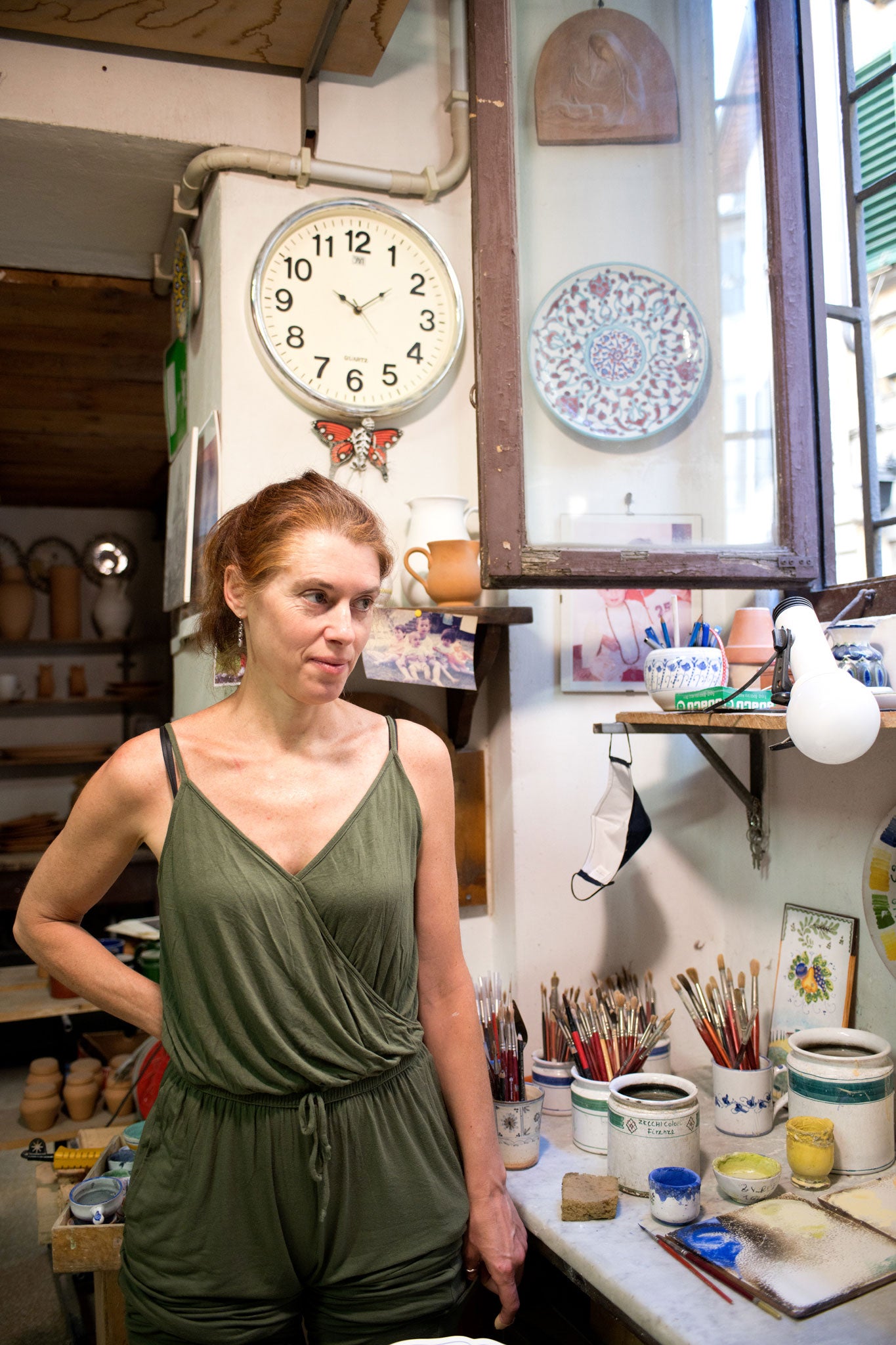
While Lorenza savors quiet moments to reflect and experiment with colors and motifs or try to reinvent historical decorative patterns, Chiara loves spending time with clients. “Per me, la parte fondamentale è il contatto con le persone – For me, contact with the public is fundamental.”
After working together for years, it’s clear that the sisters have found the right formula to keep their bottega going, “è stato un avvicinamento – working with my sister brought us closer”, Chiara says.
"A volta è faticoso avere tutto questo dentro una sola famiglia…"
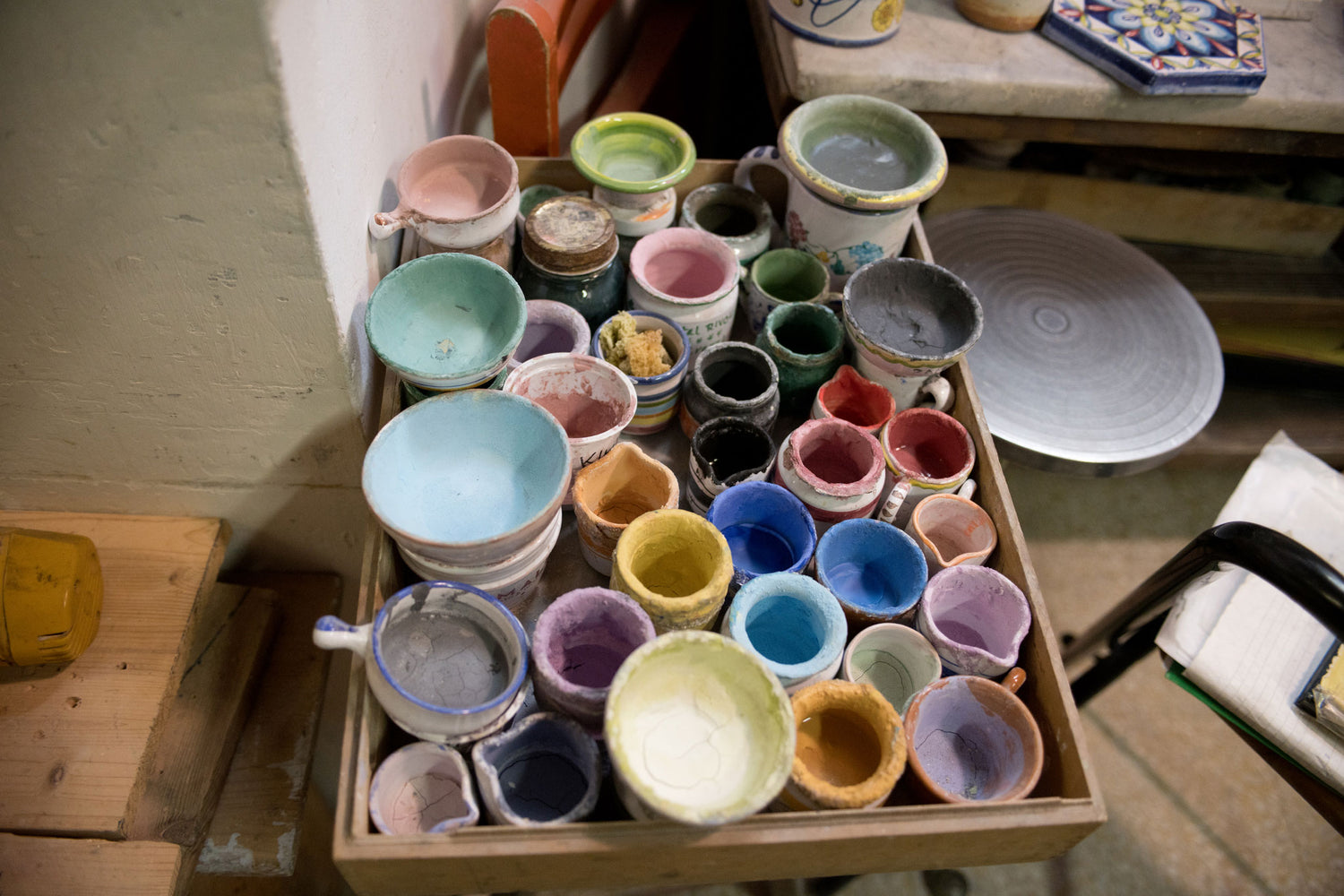
The sisters express the pressure of being part of the artisan community in Florence, you have a weight on your shoulders (“comparing yourself to the great Renaissance masters like Luca della Robbia!”). Knowing that many bottegas have closed, especially in the last few years which have been particularly difficult, they hope that the city’s administration will find a way to safeguard their craft.
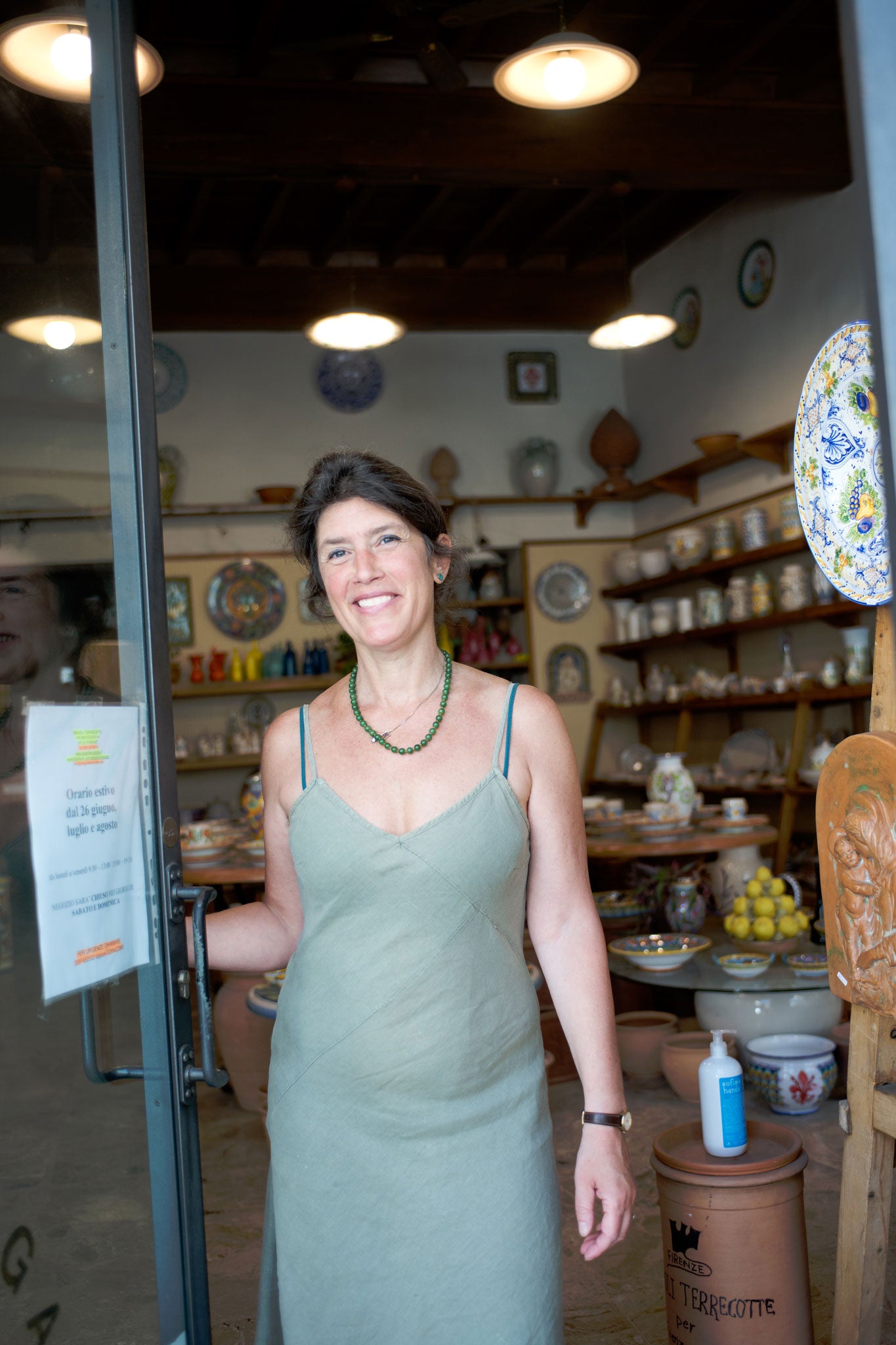
As tourists are becoming savvier and traveling more, they have certainly helped sustain artisans in a concrete way. Even Florentines themselves are beginning to find a new appreciation for their craft, but this may not be enough. The family understands their importance in the fabric of Florence’s artisan community but also acknowledges the difficulties of carrying that weight, “At times it’s tiring having all of this inside just one family.”


